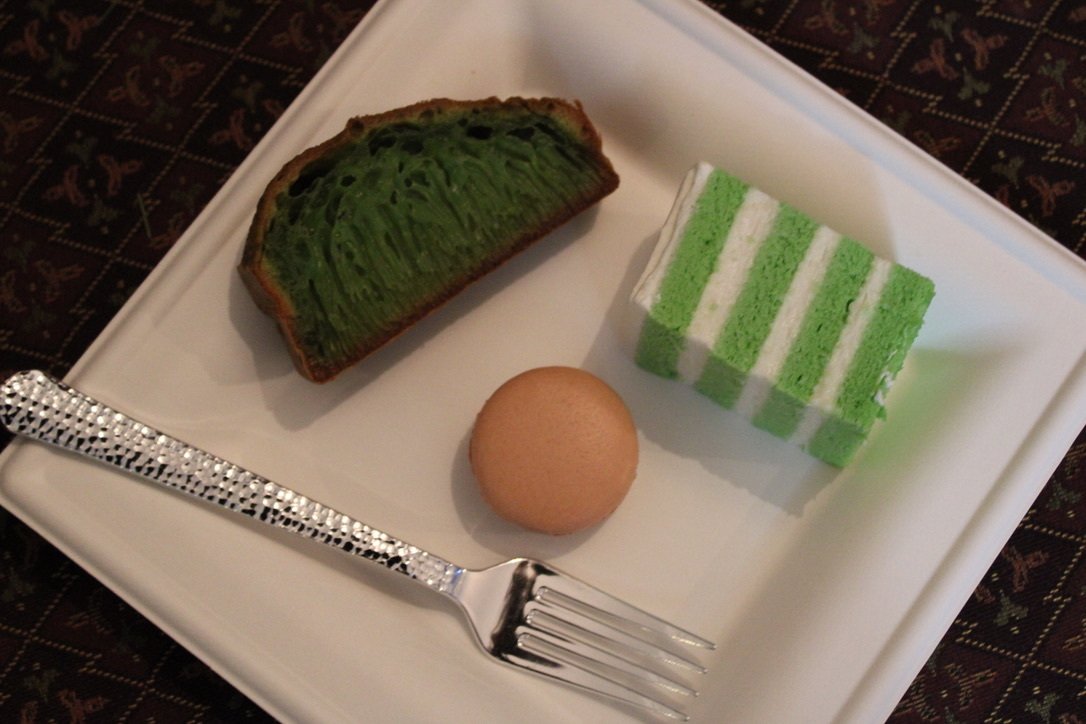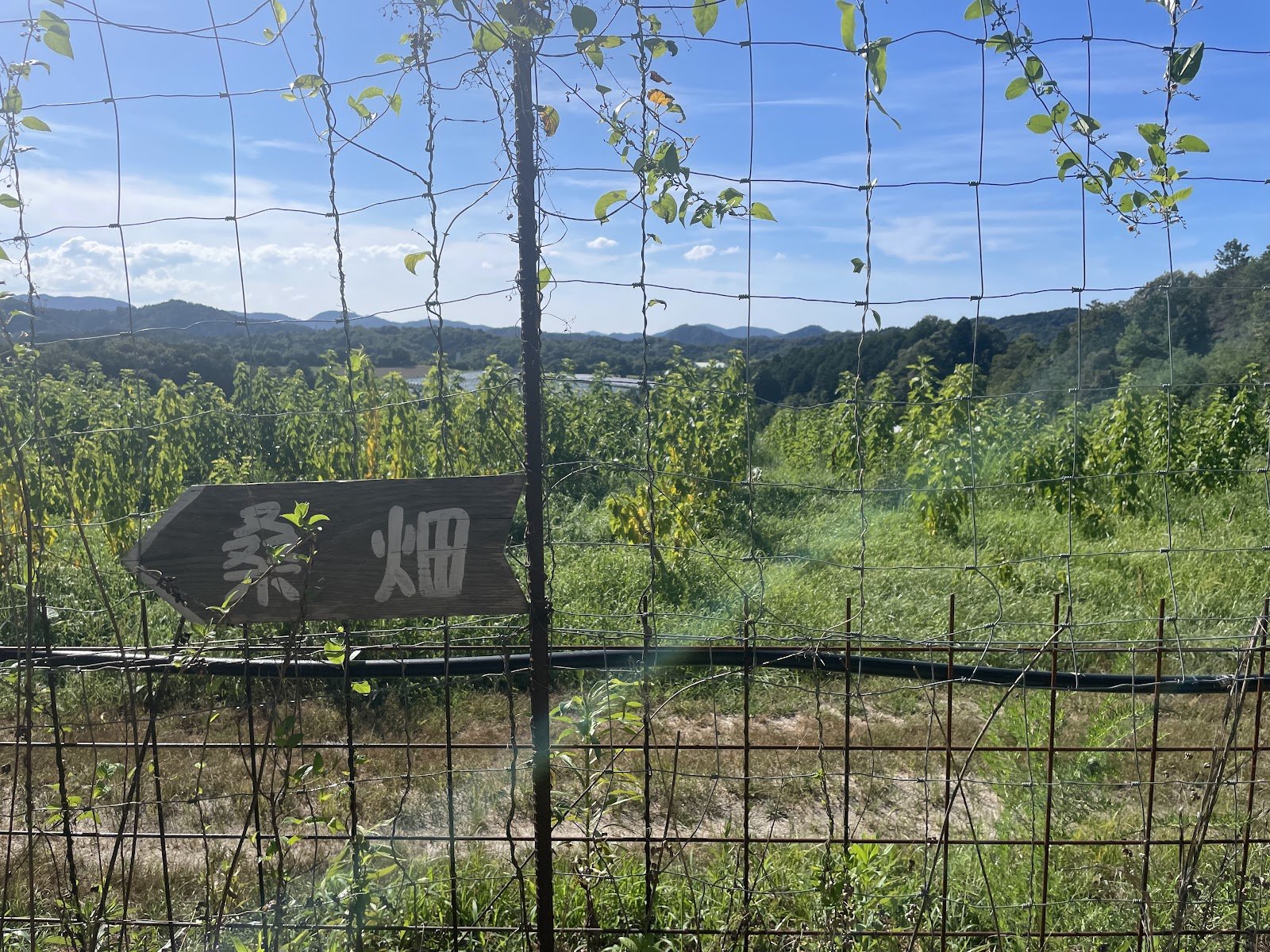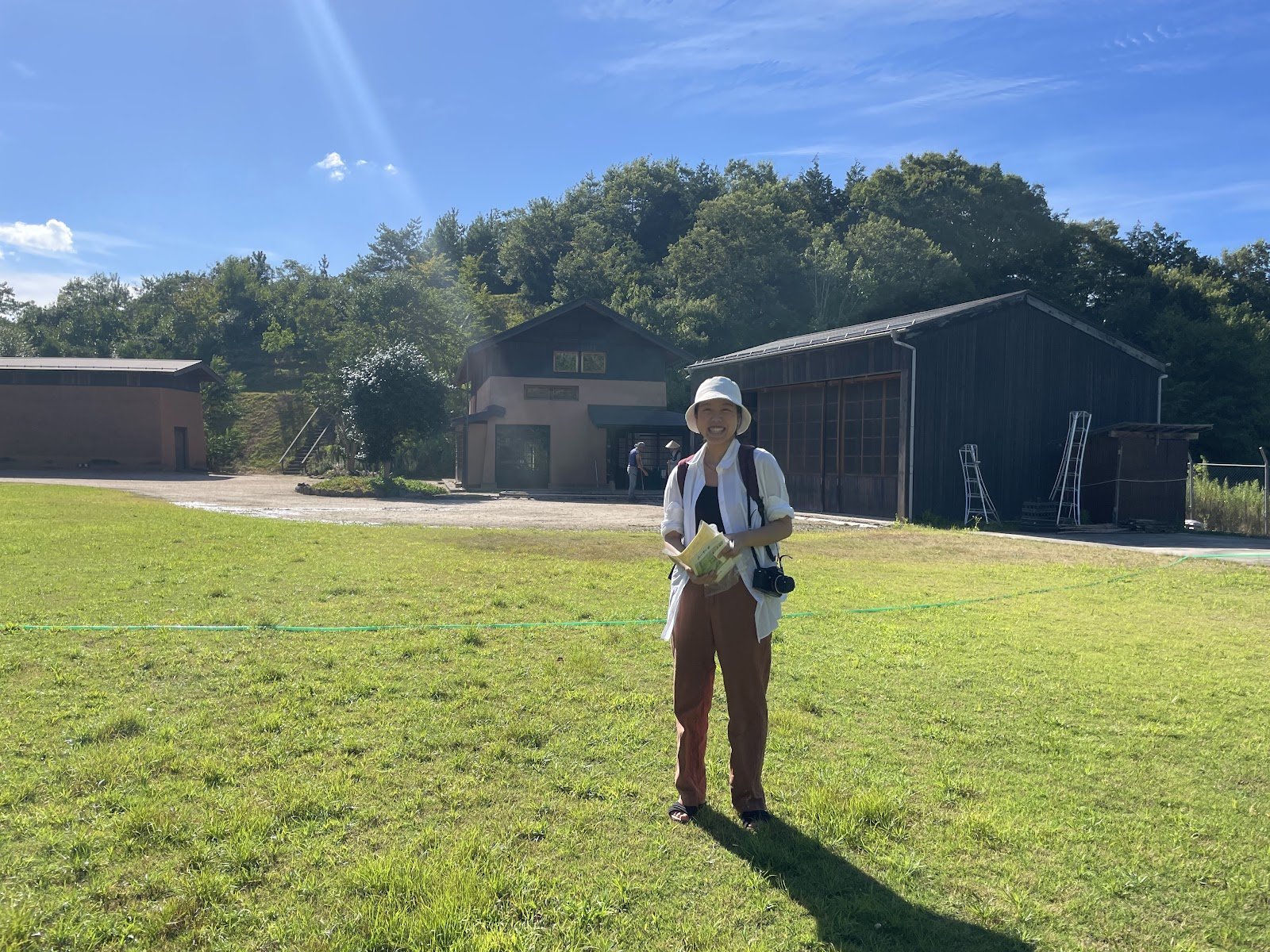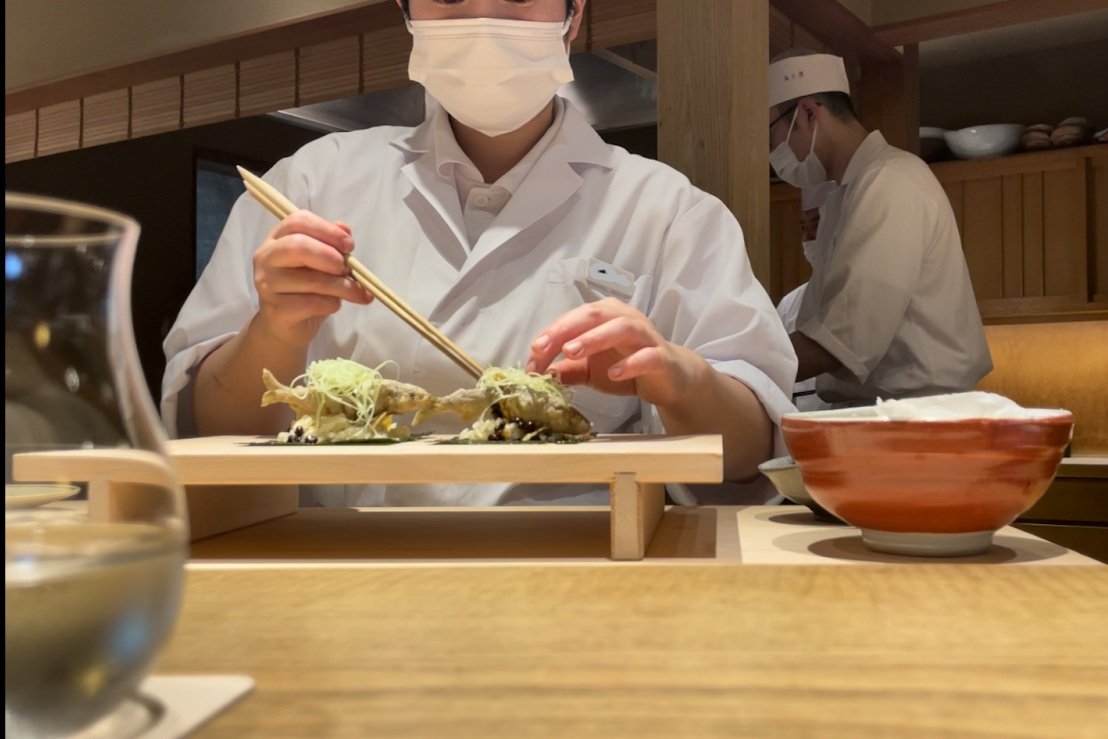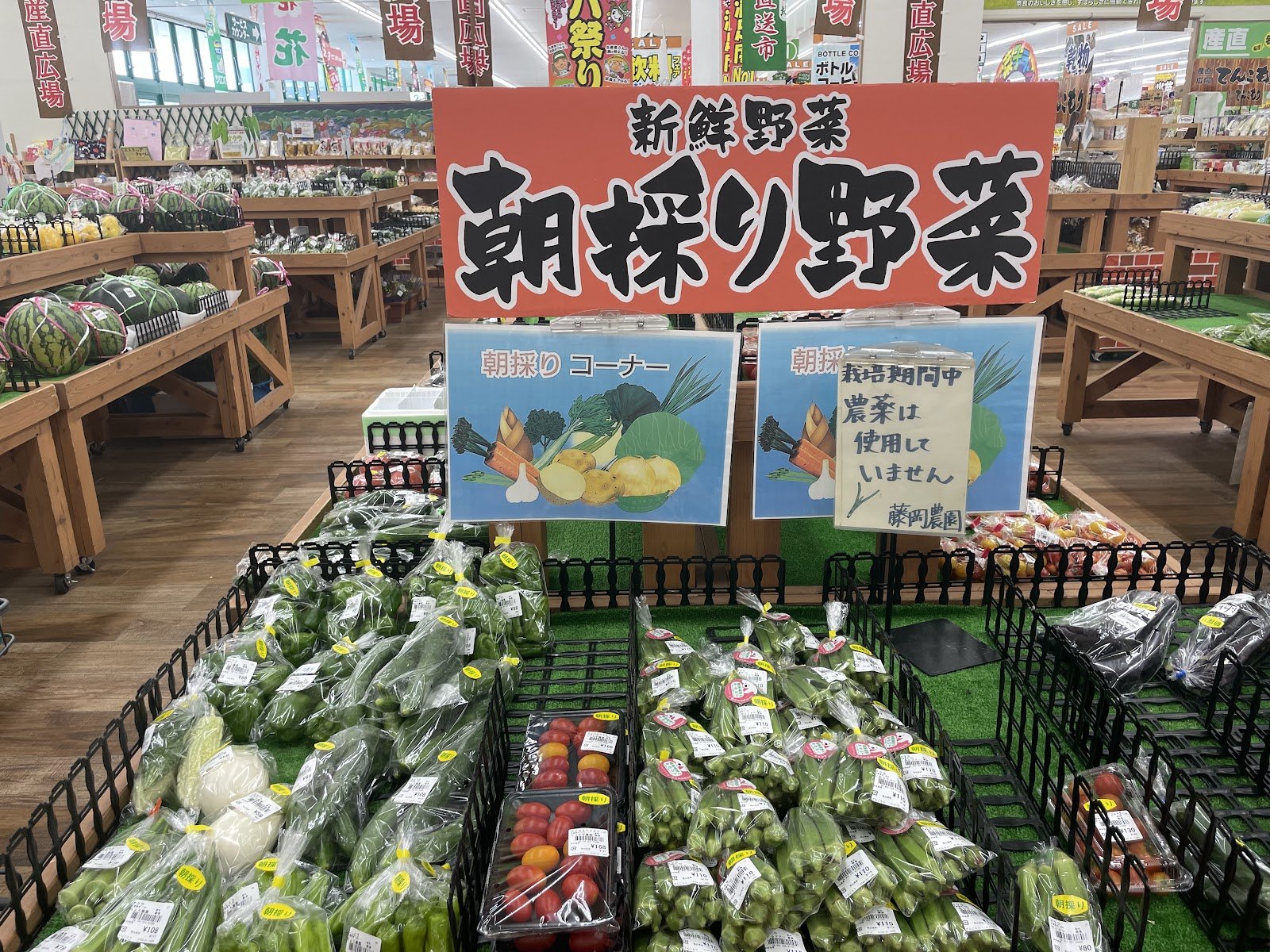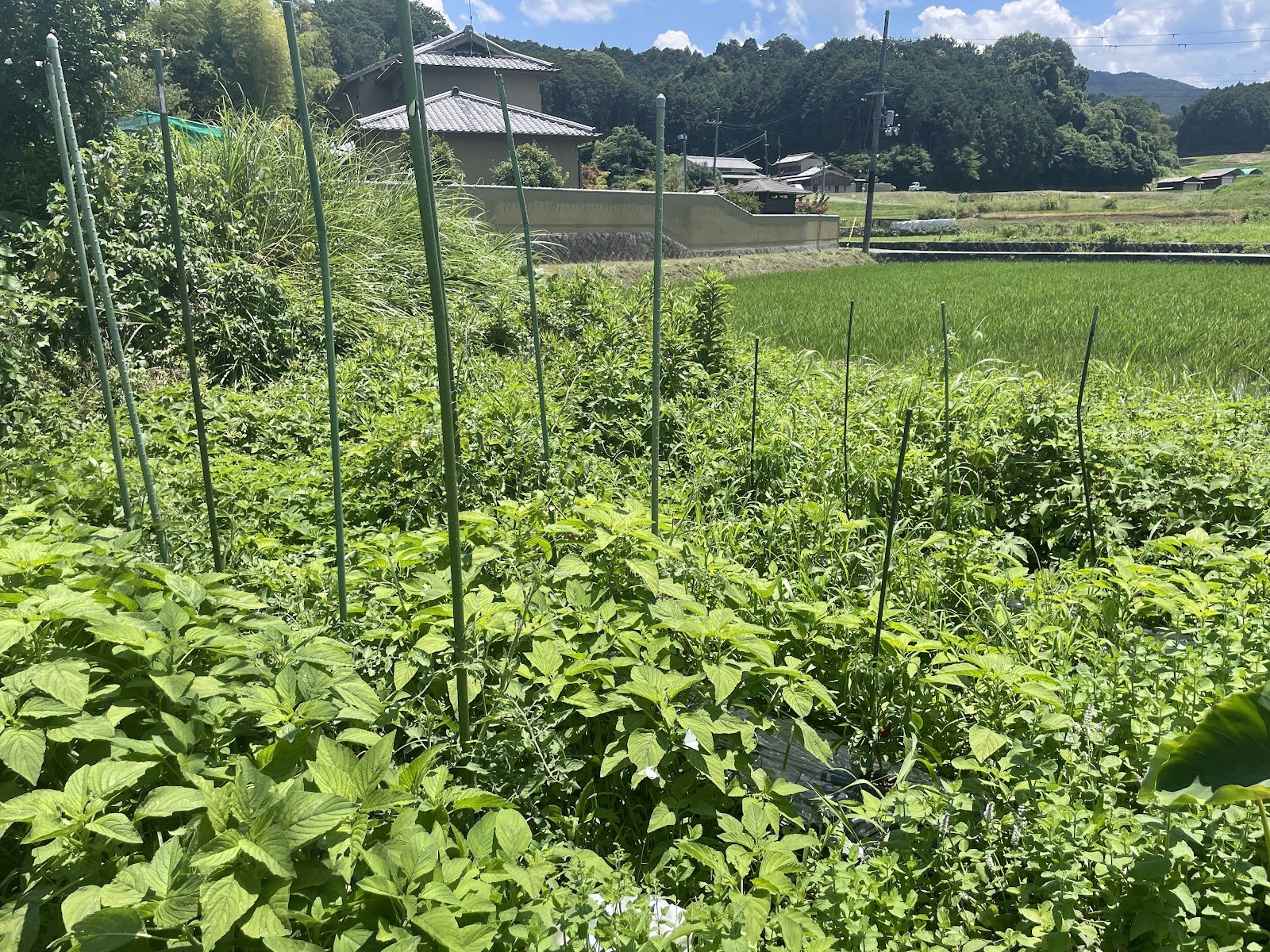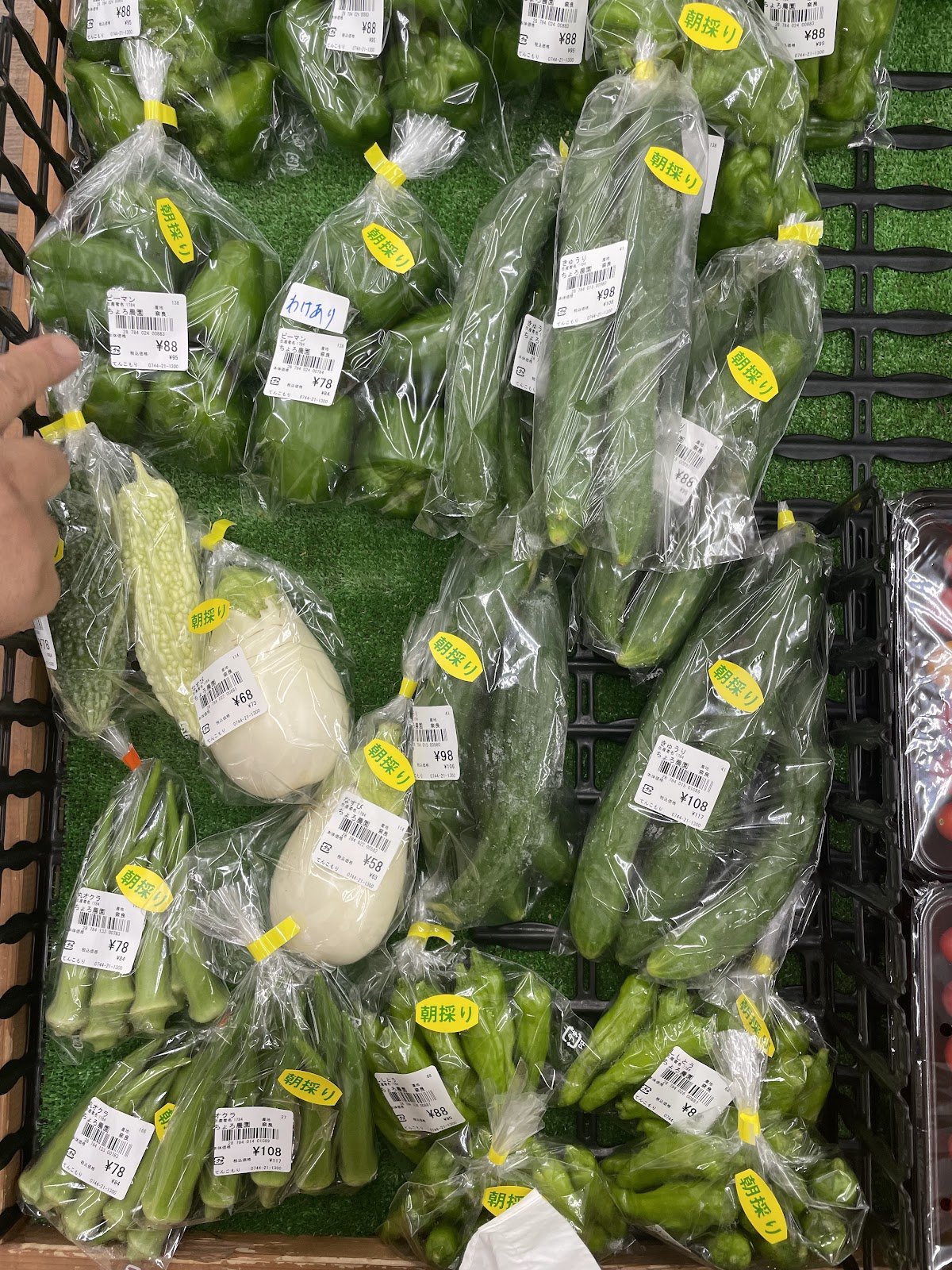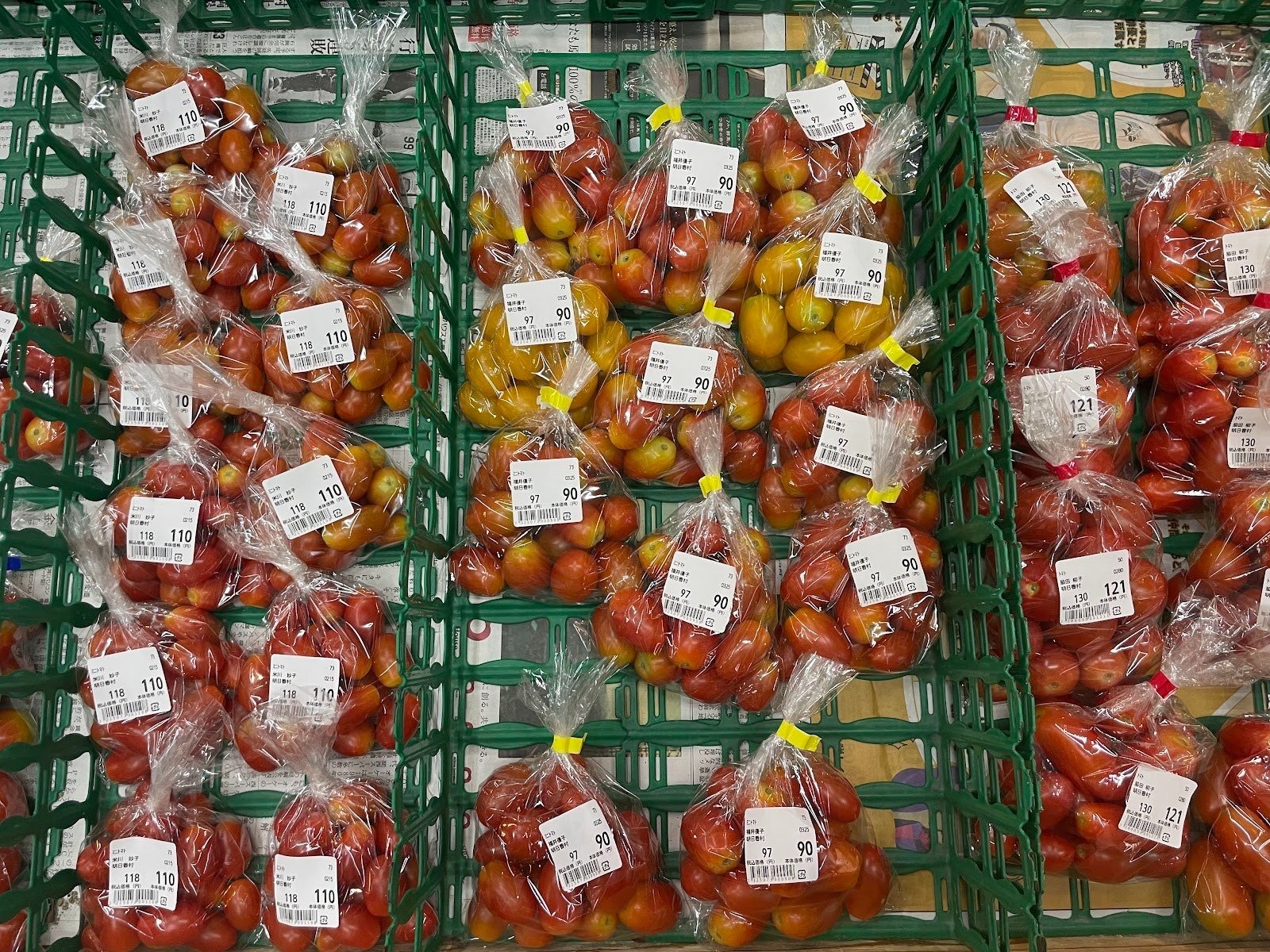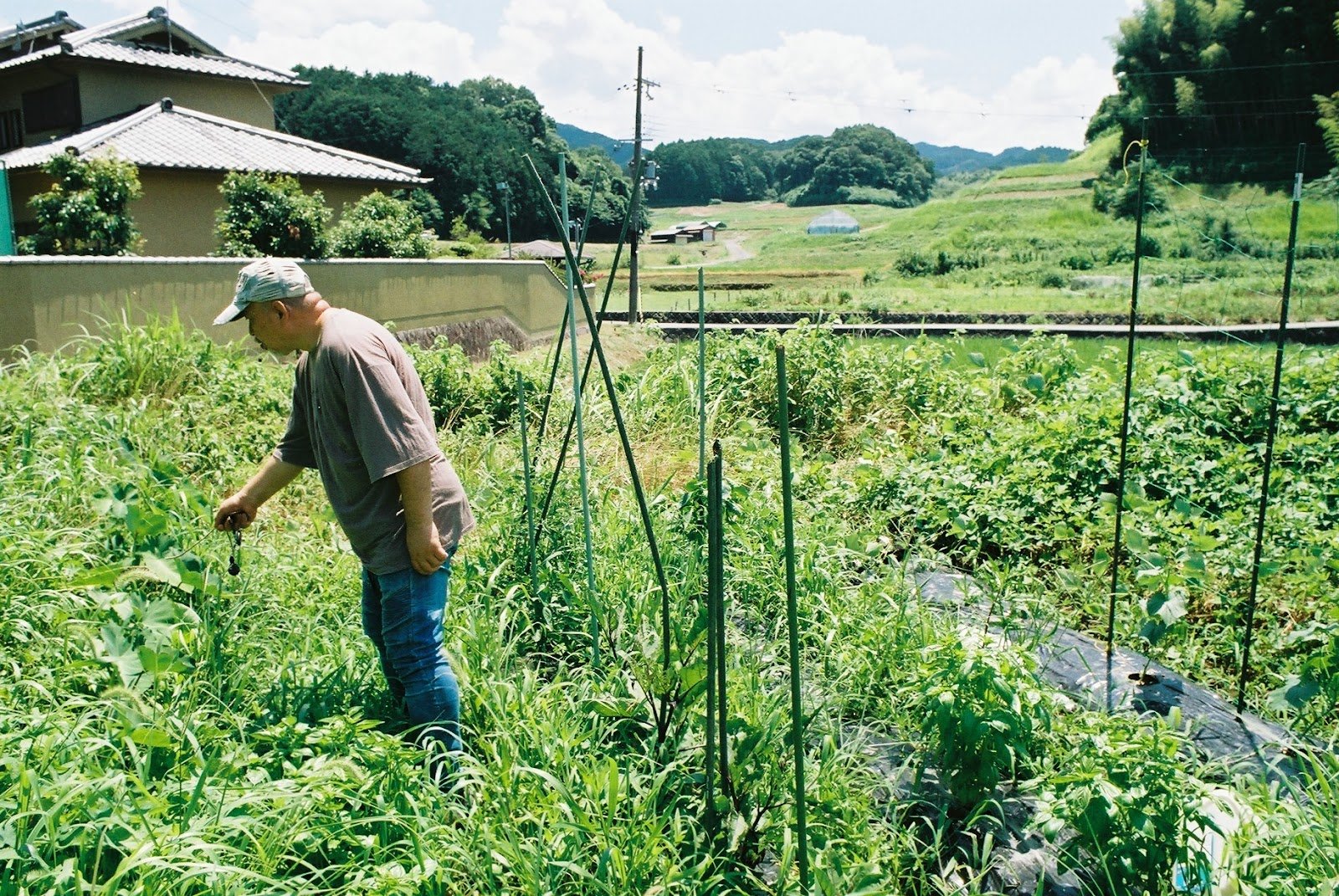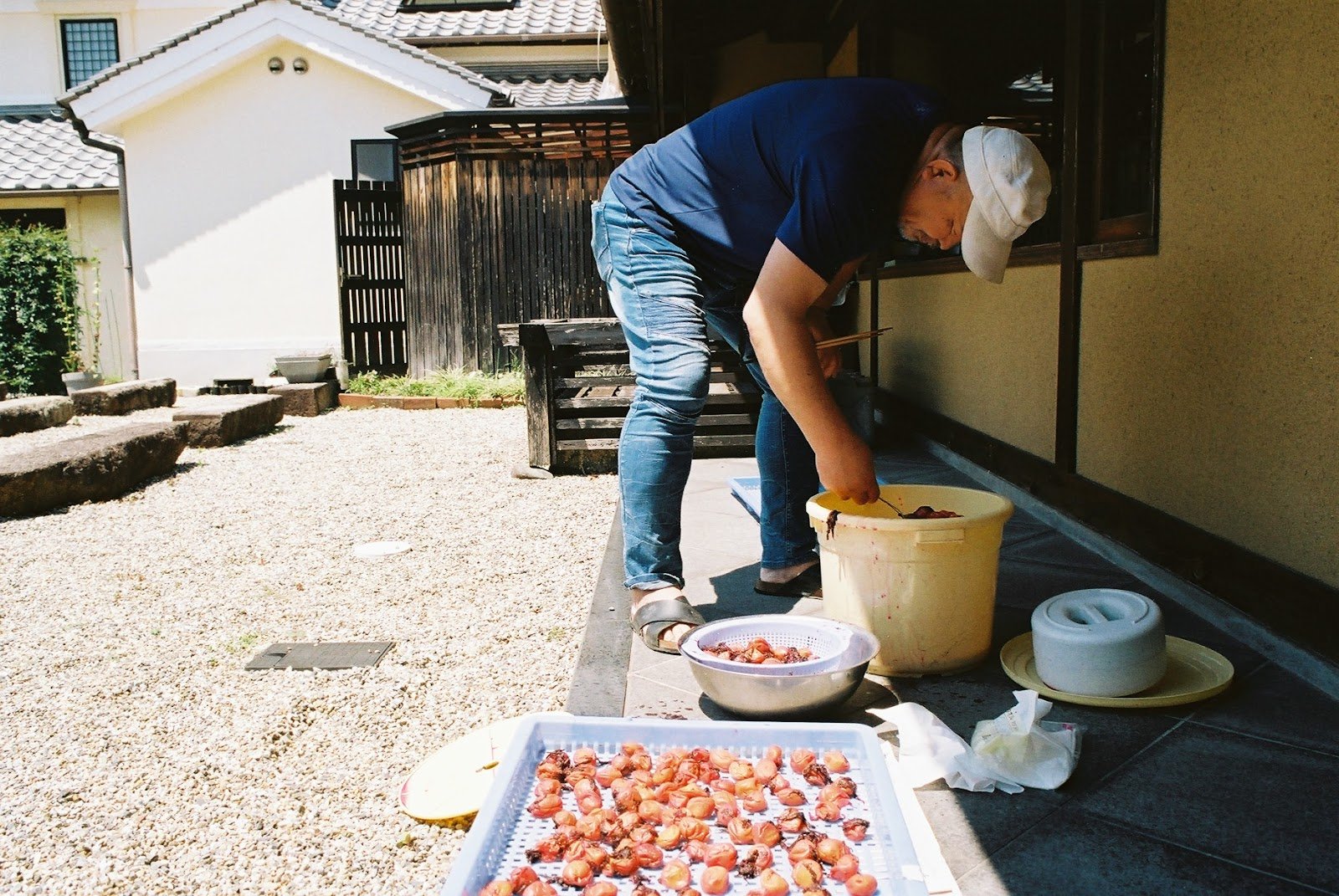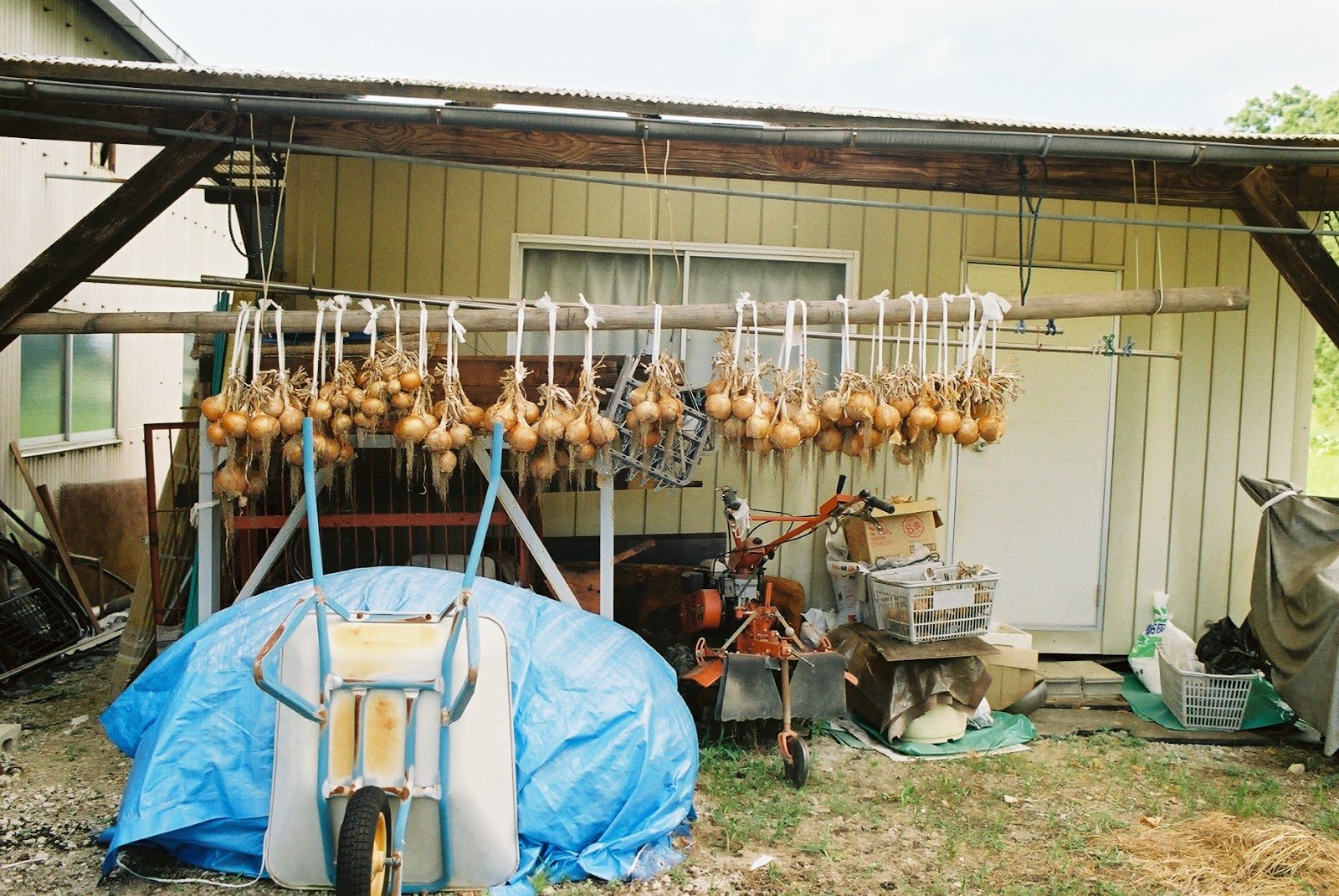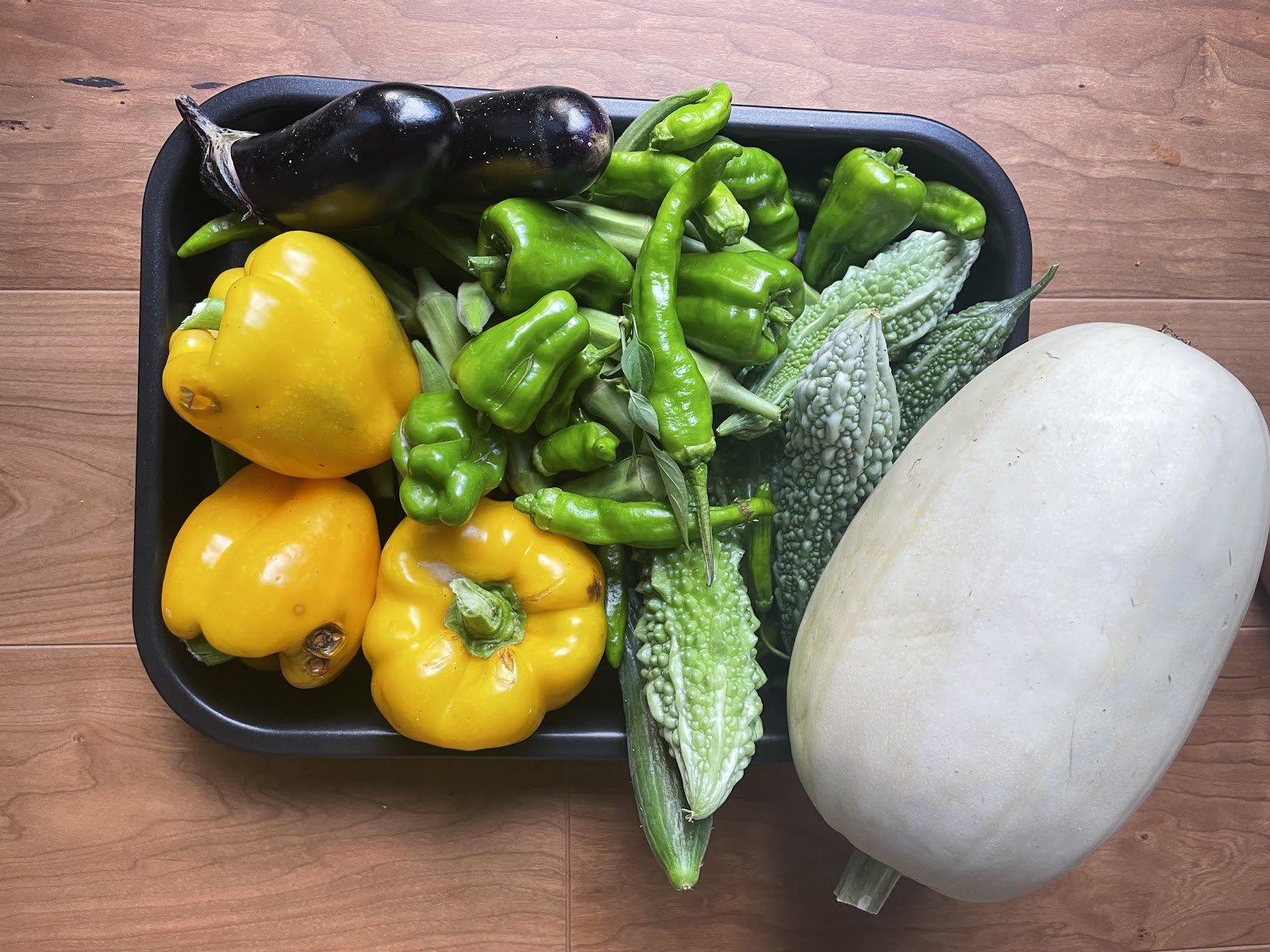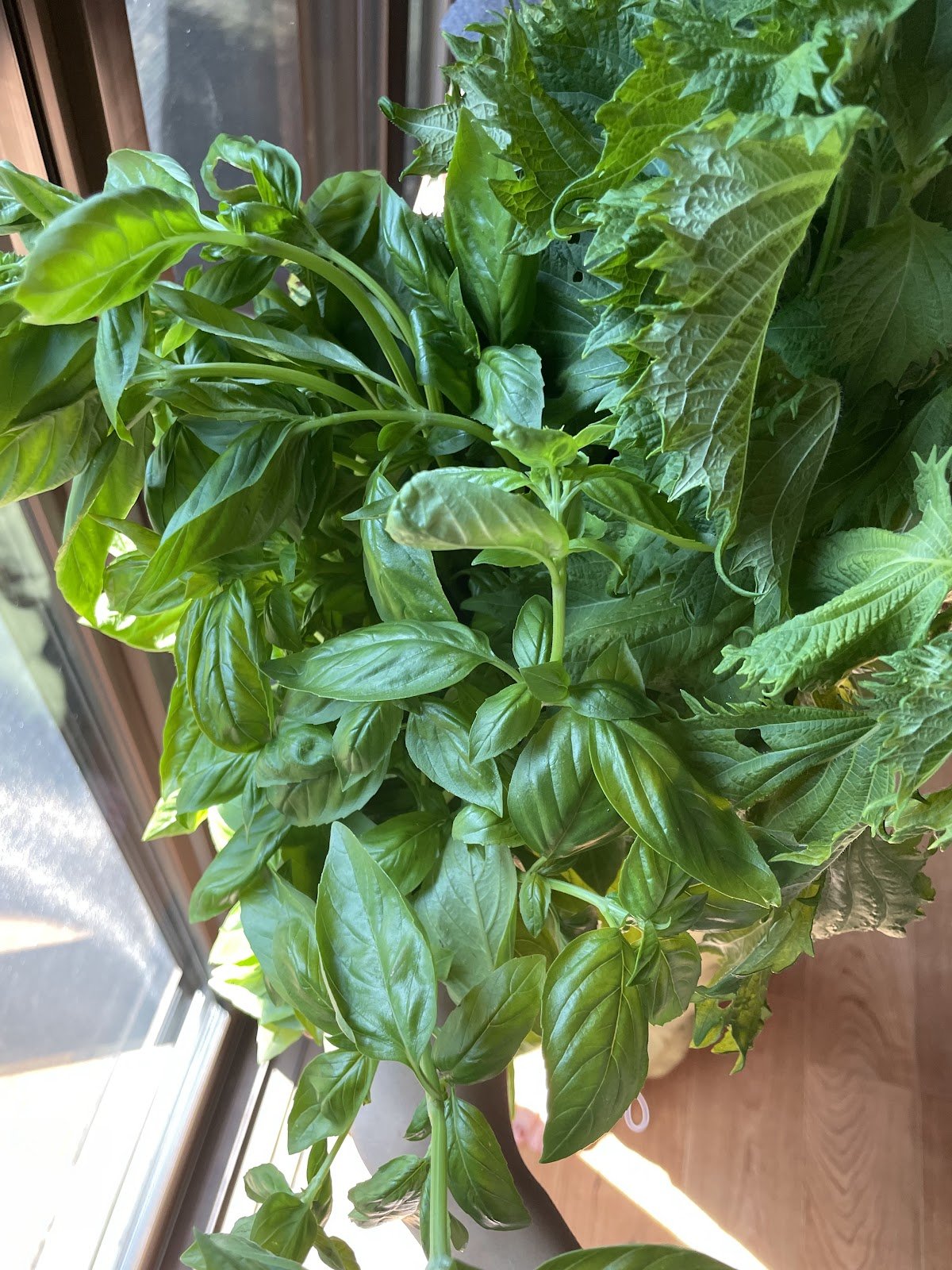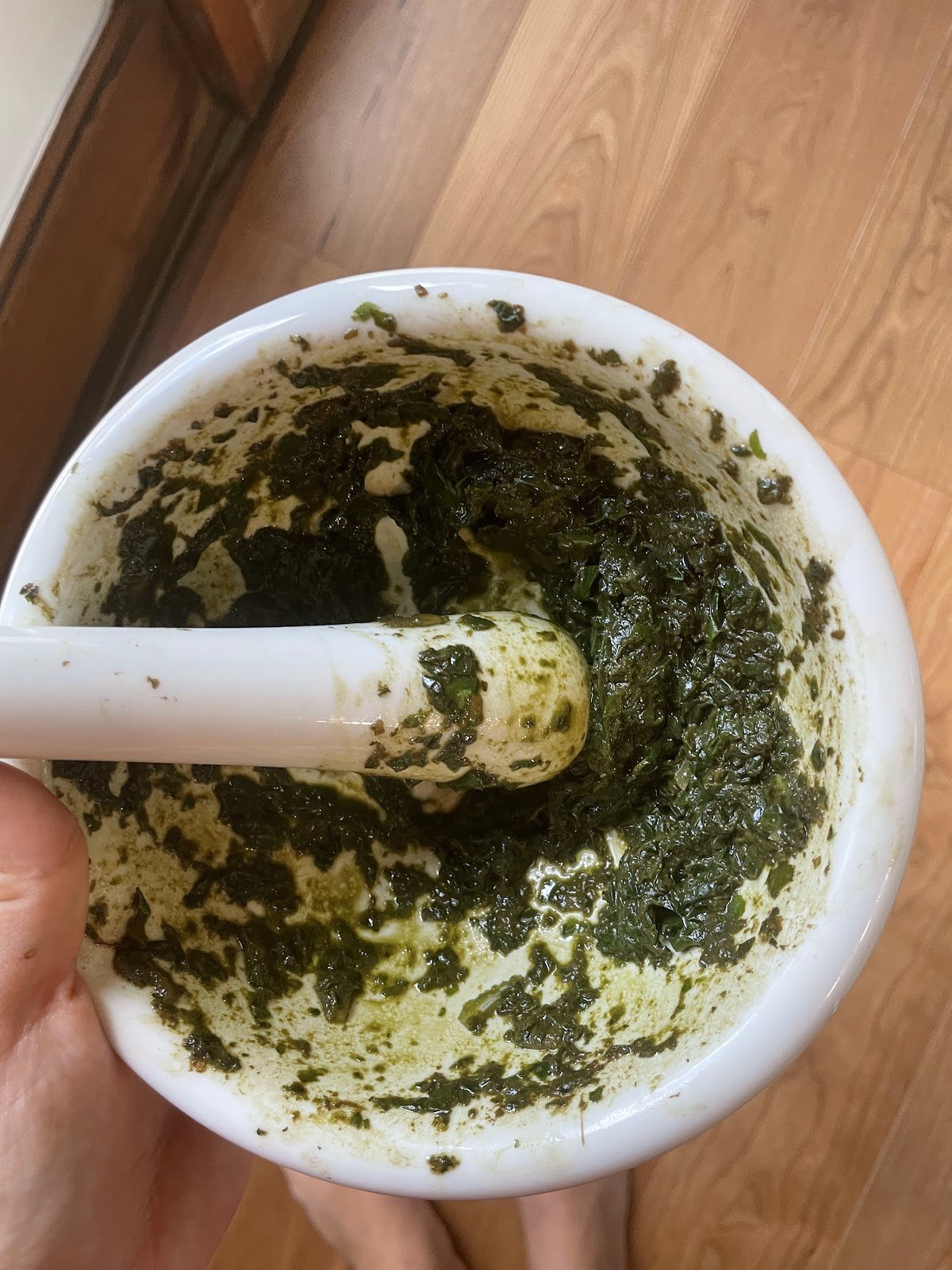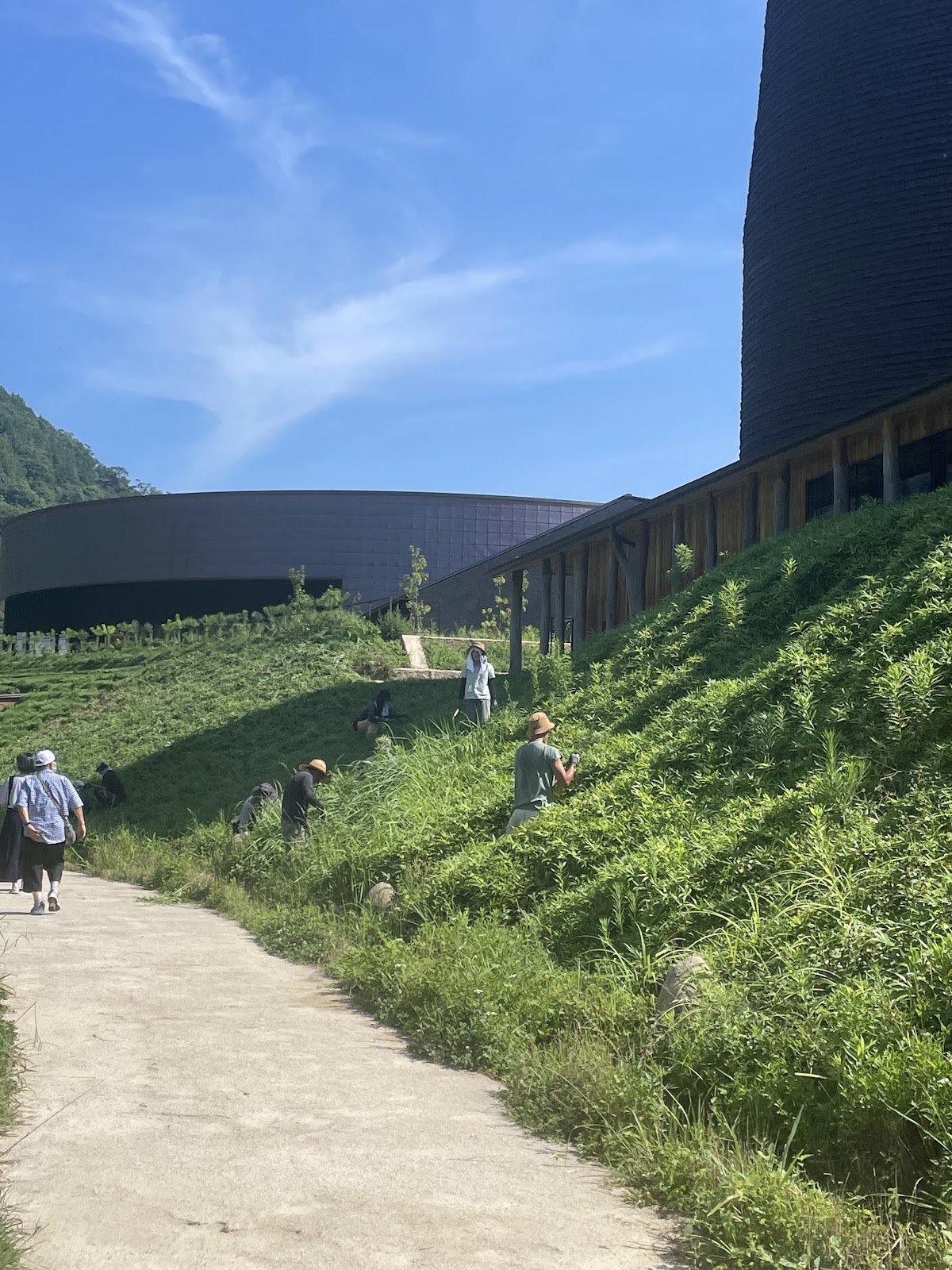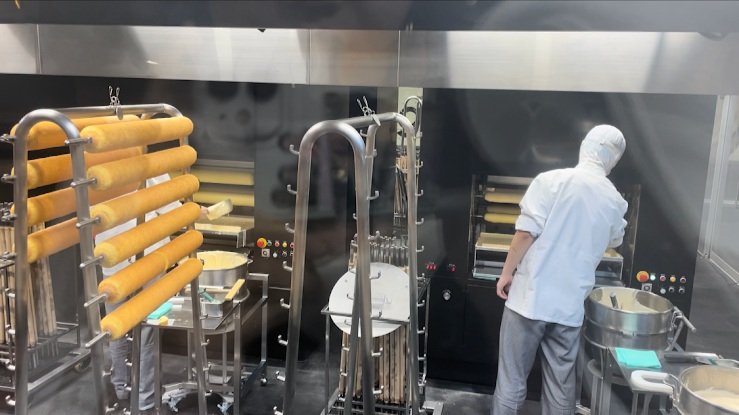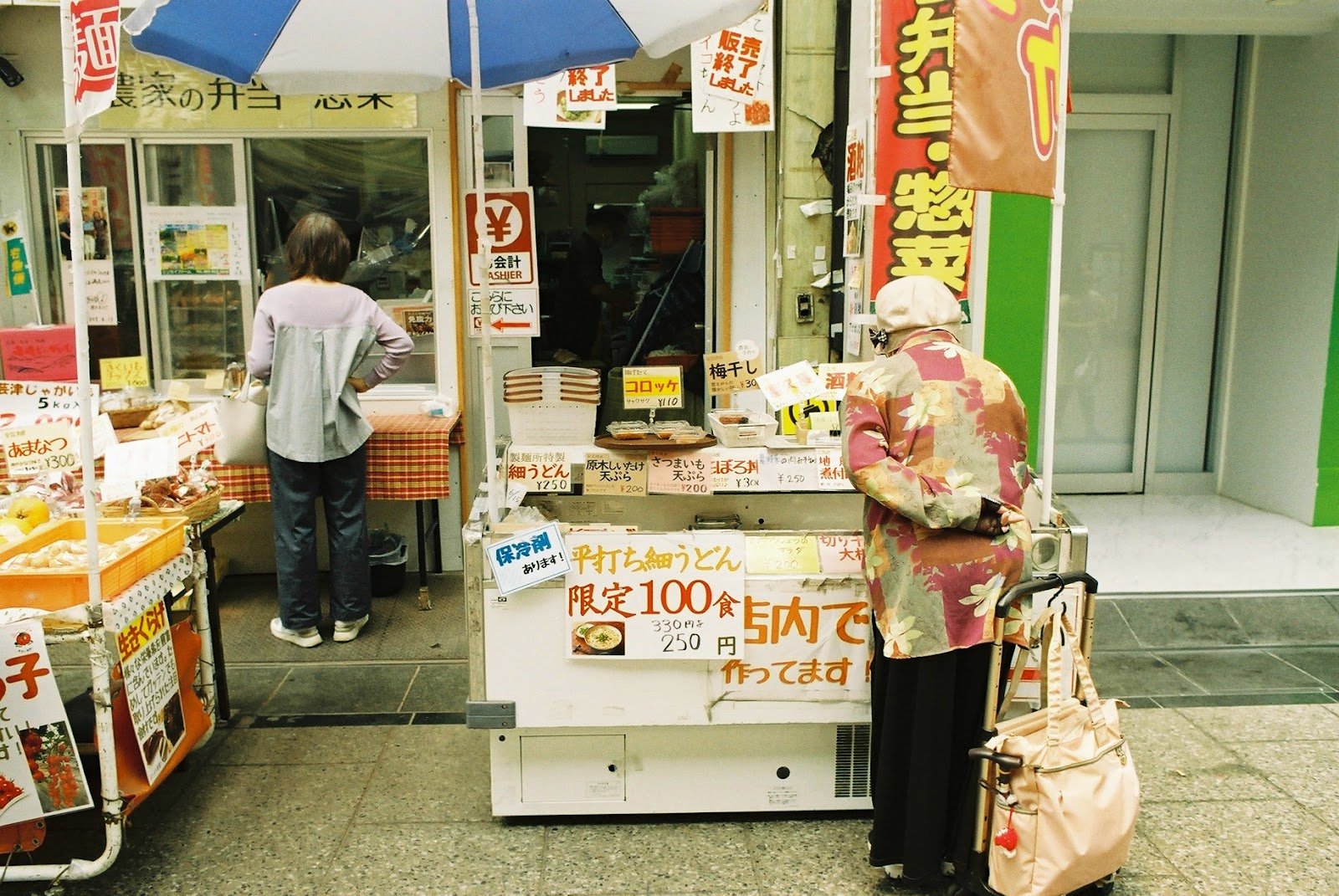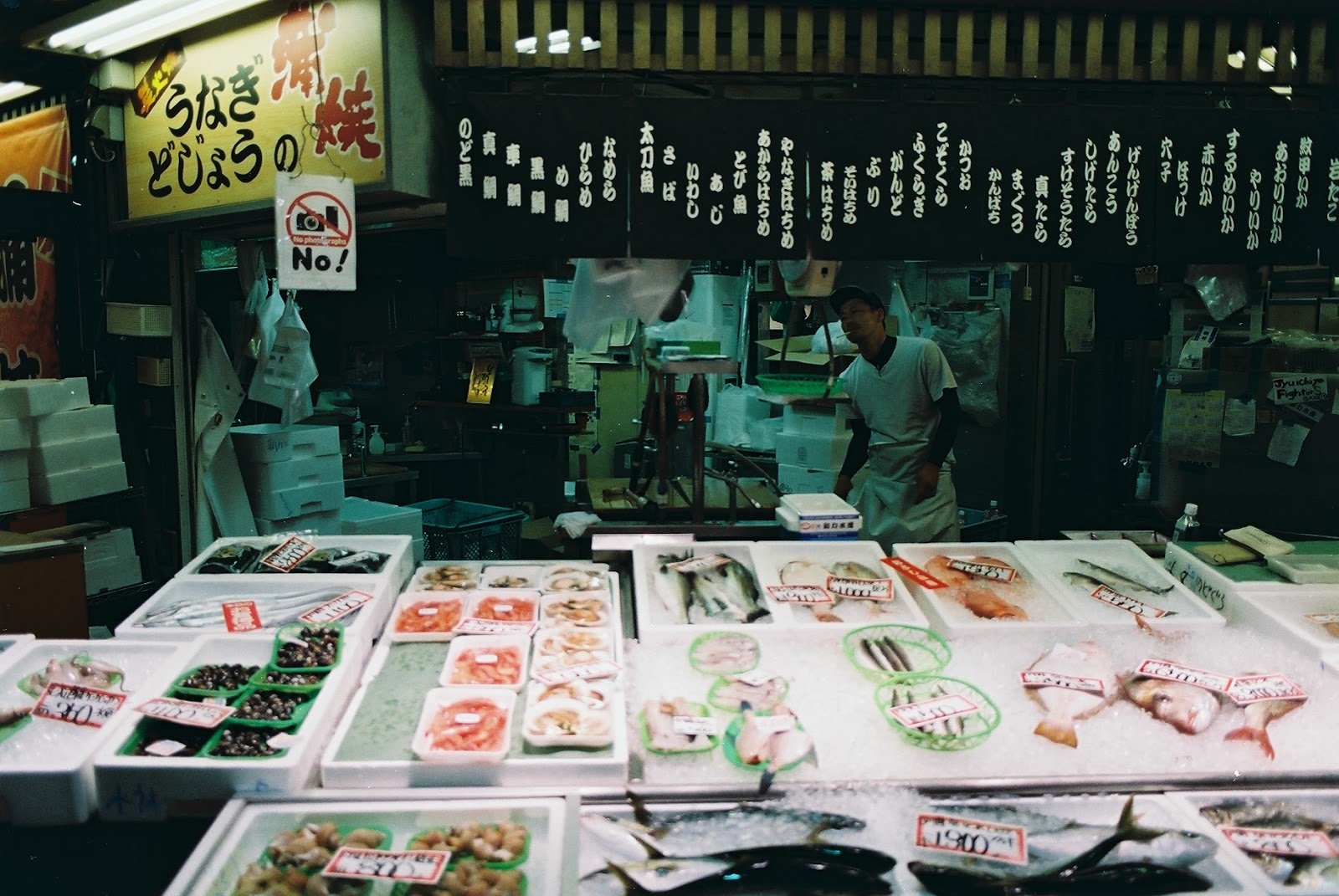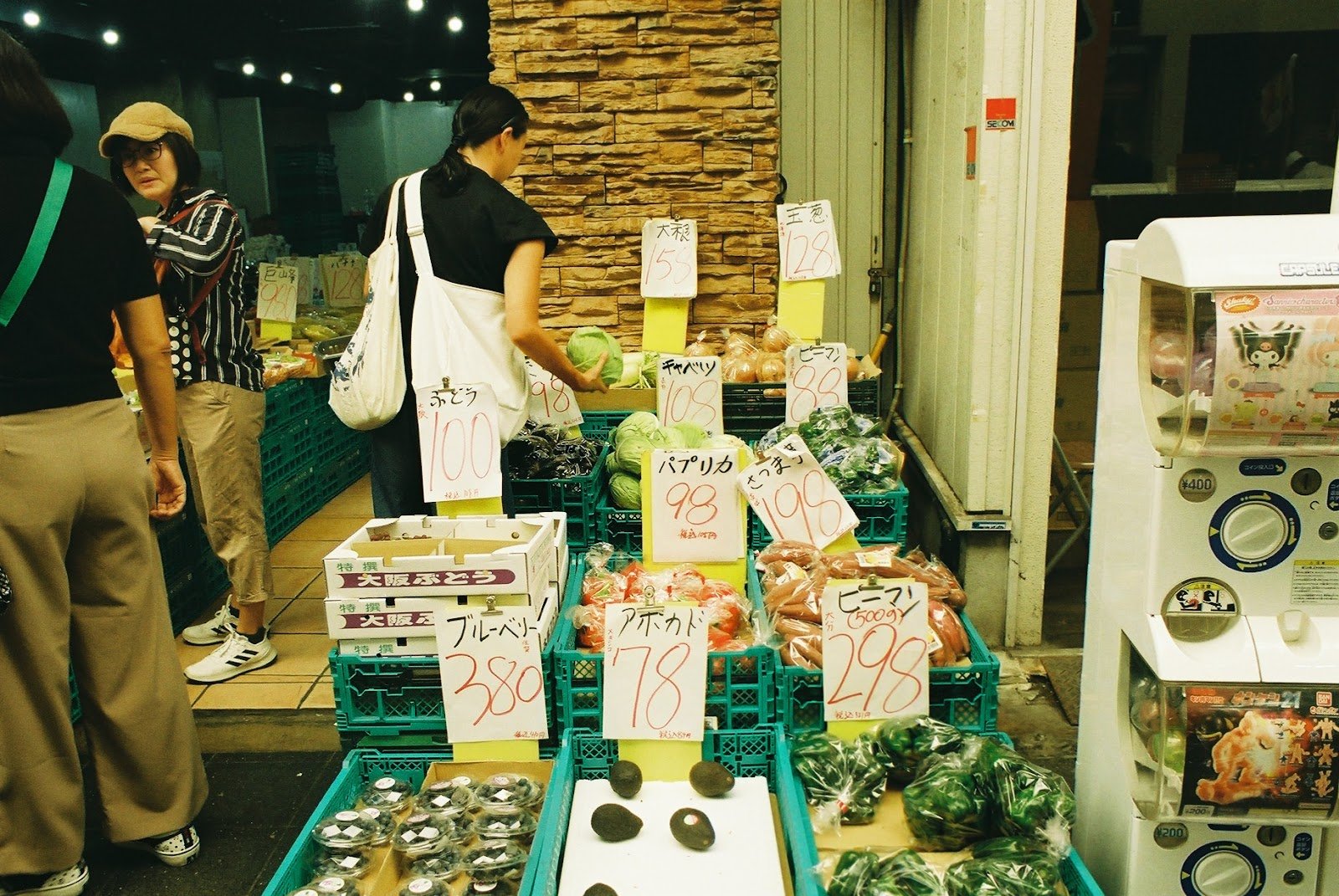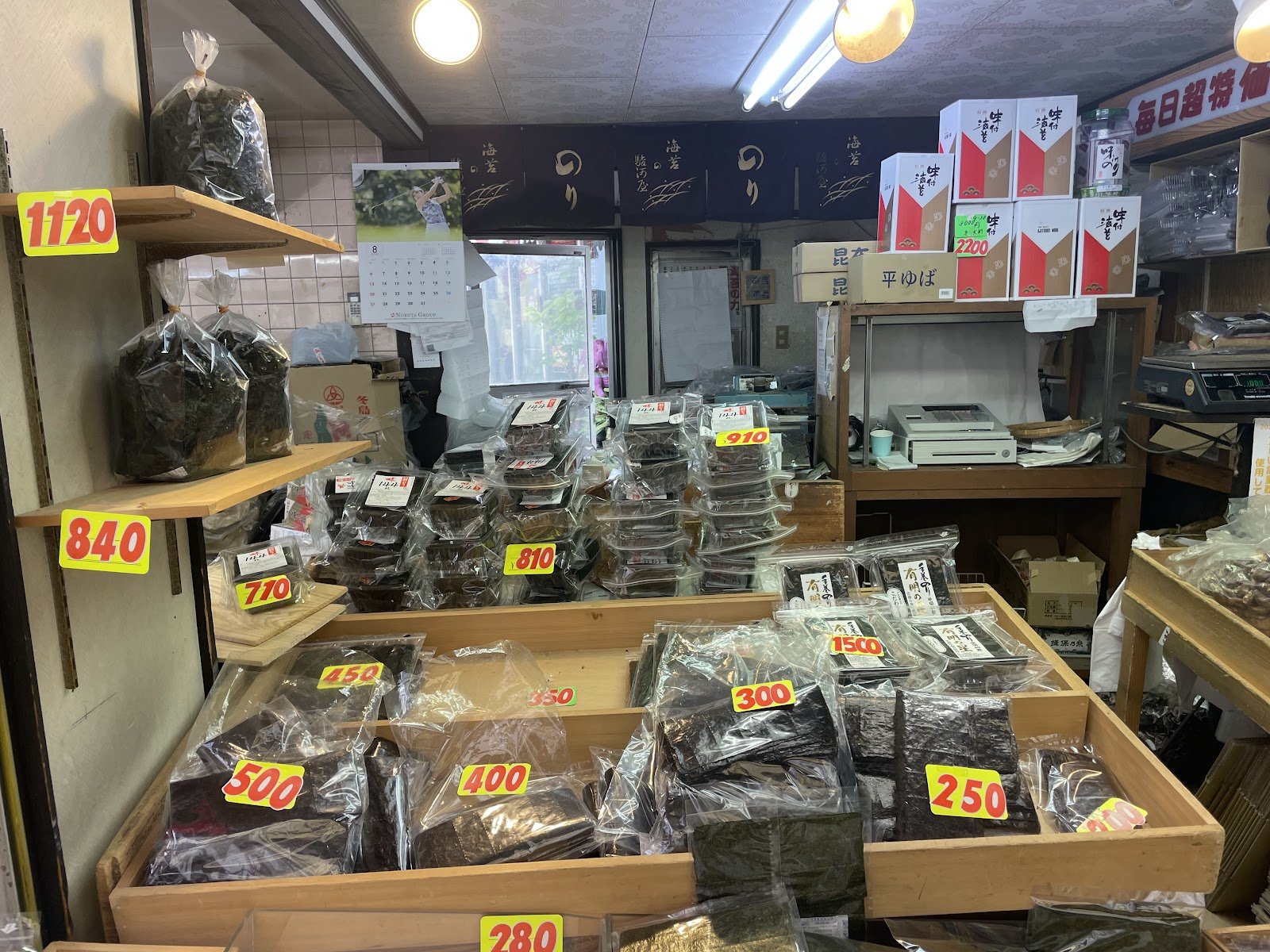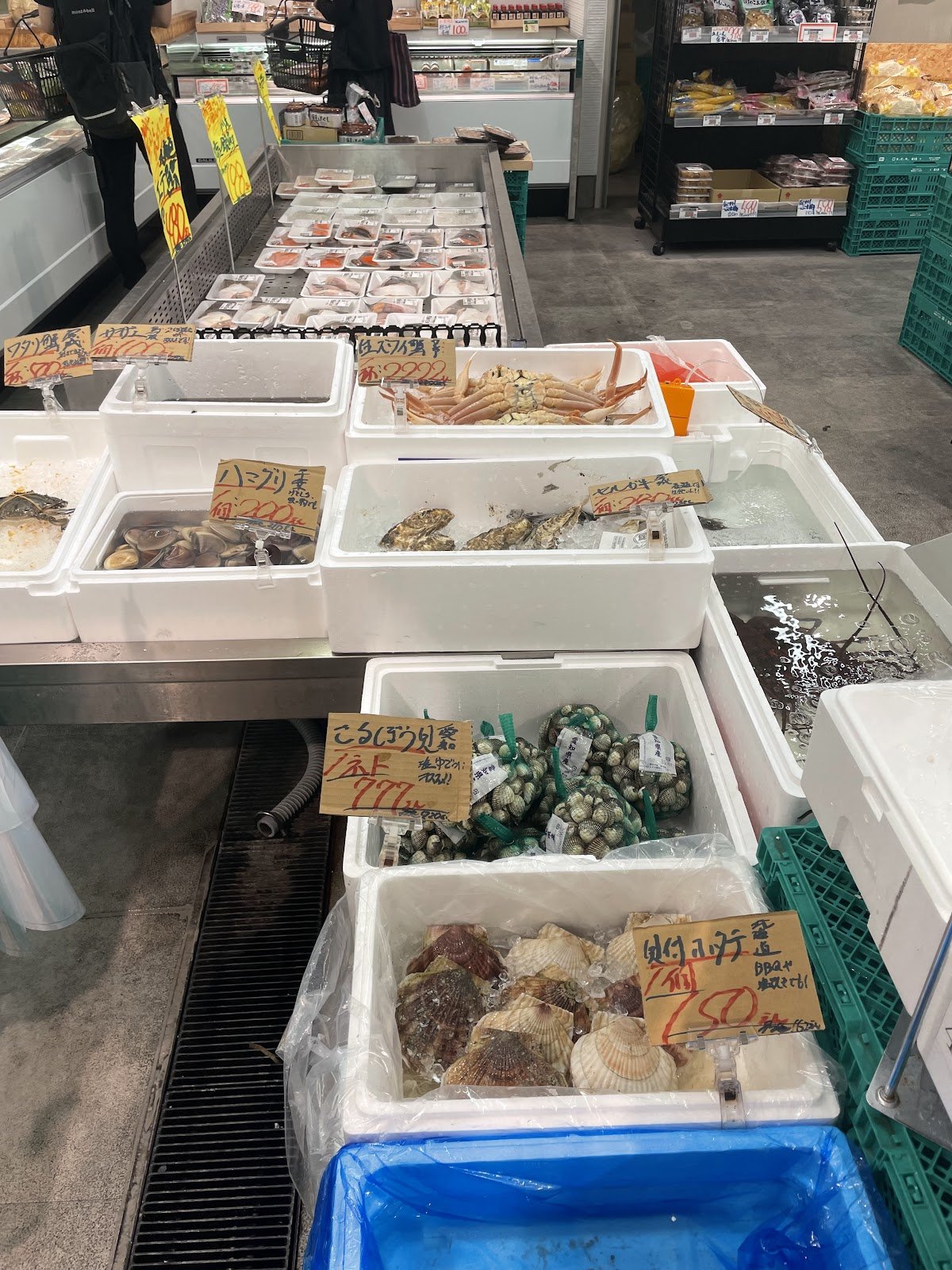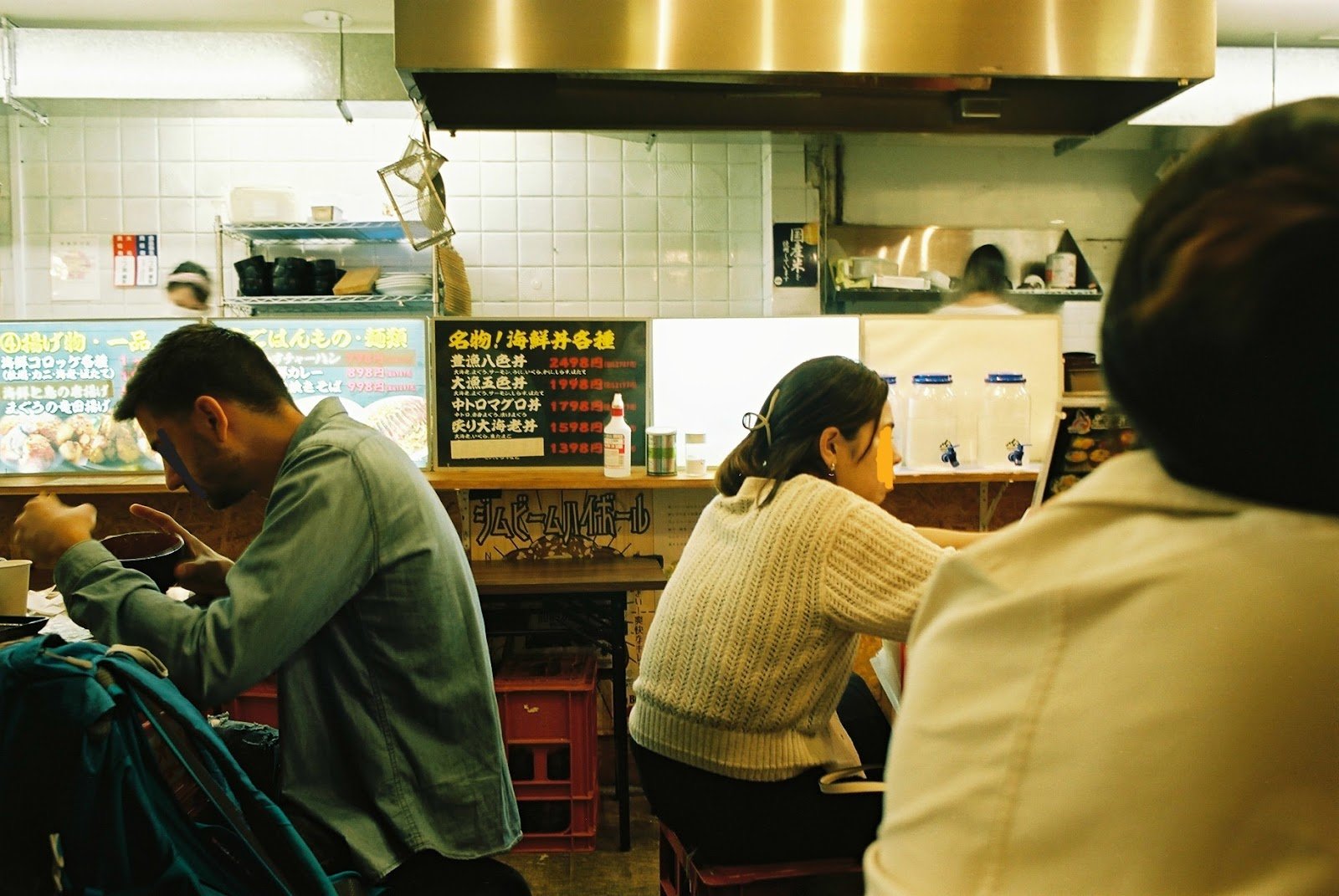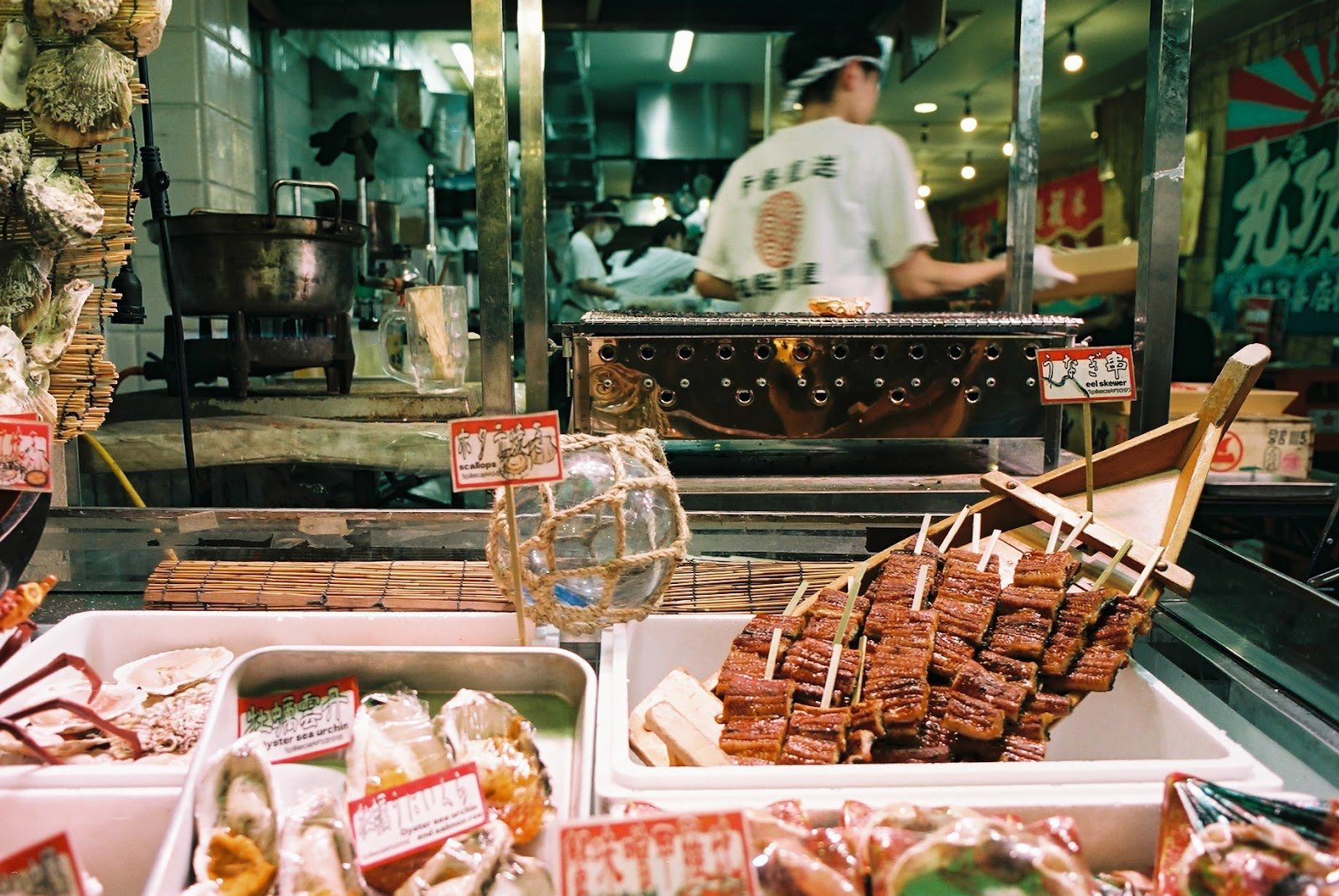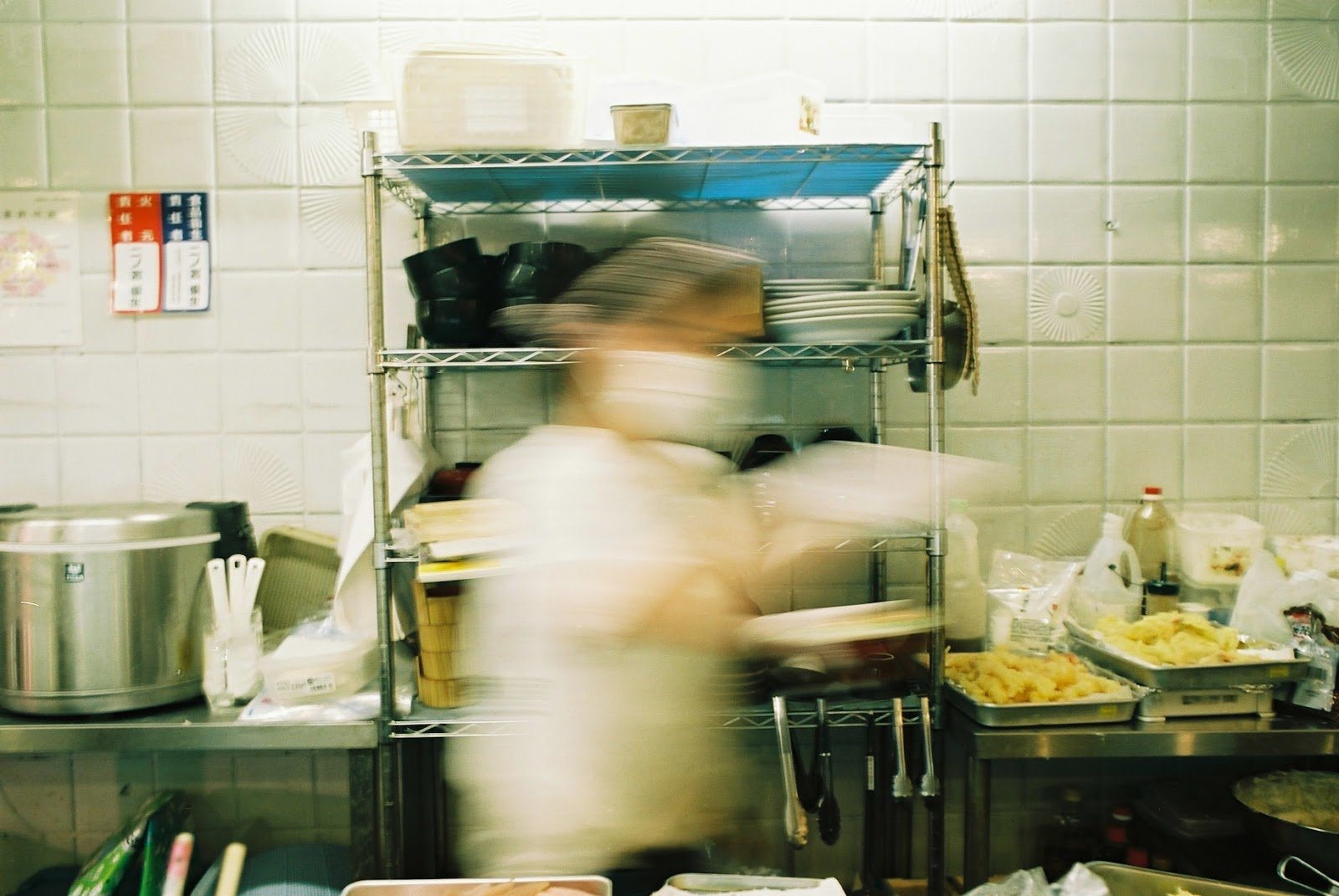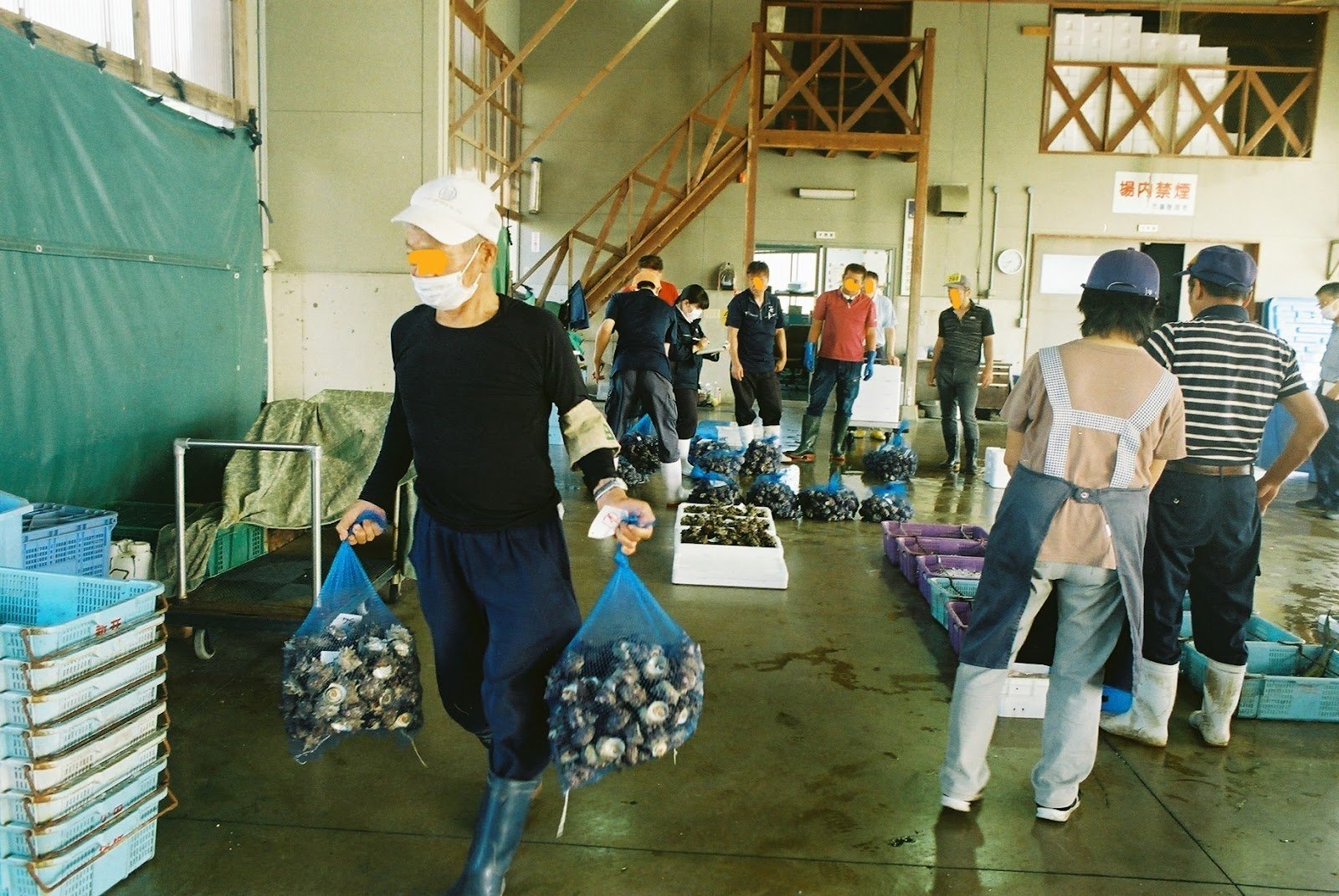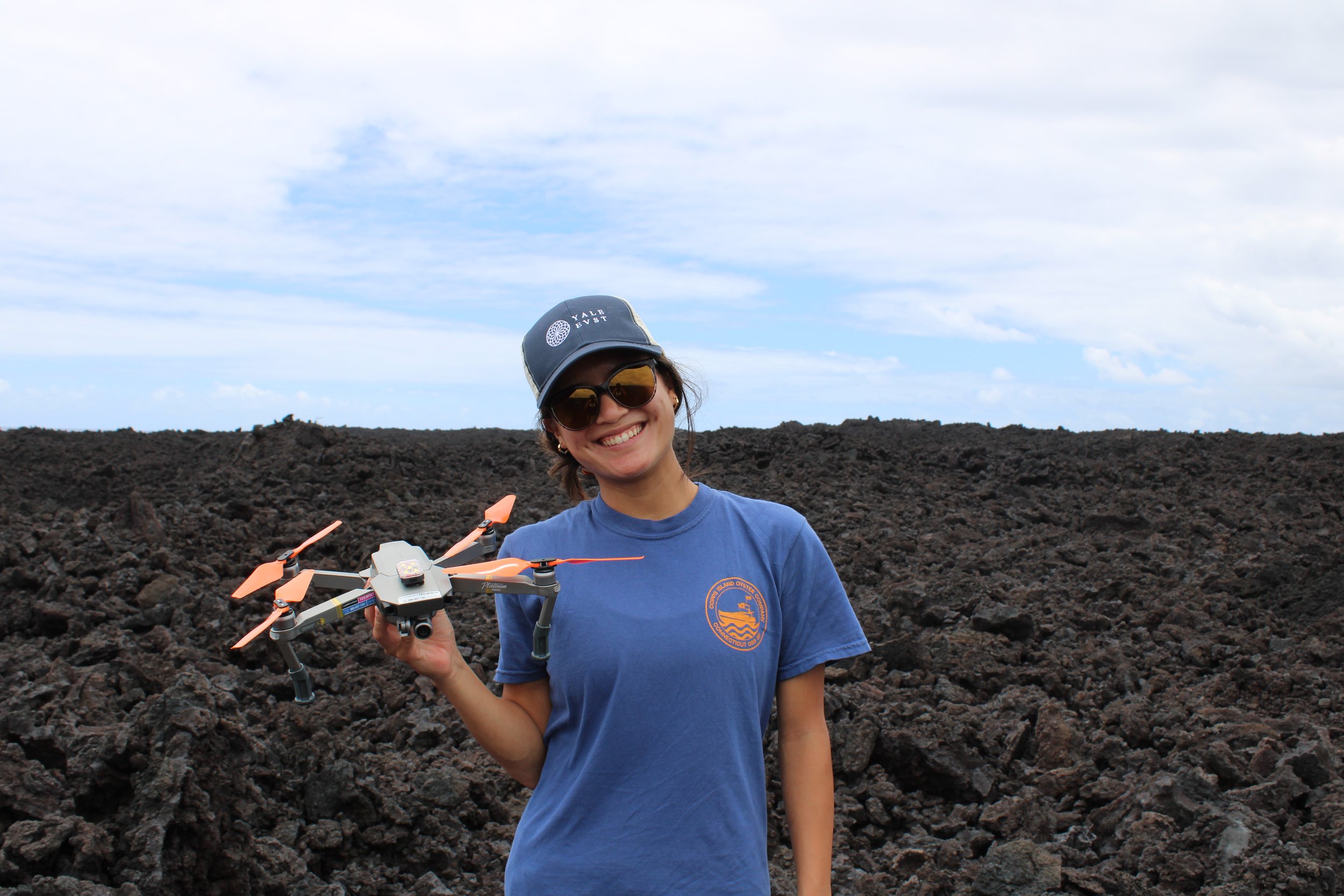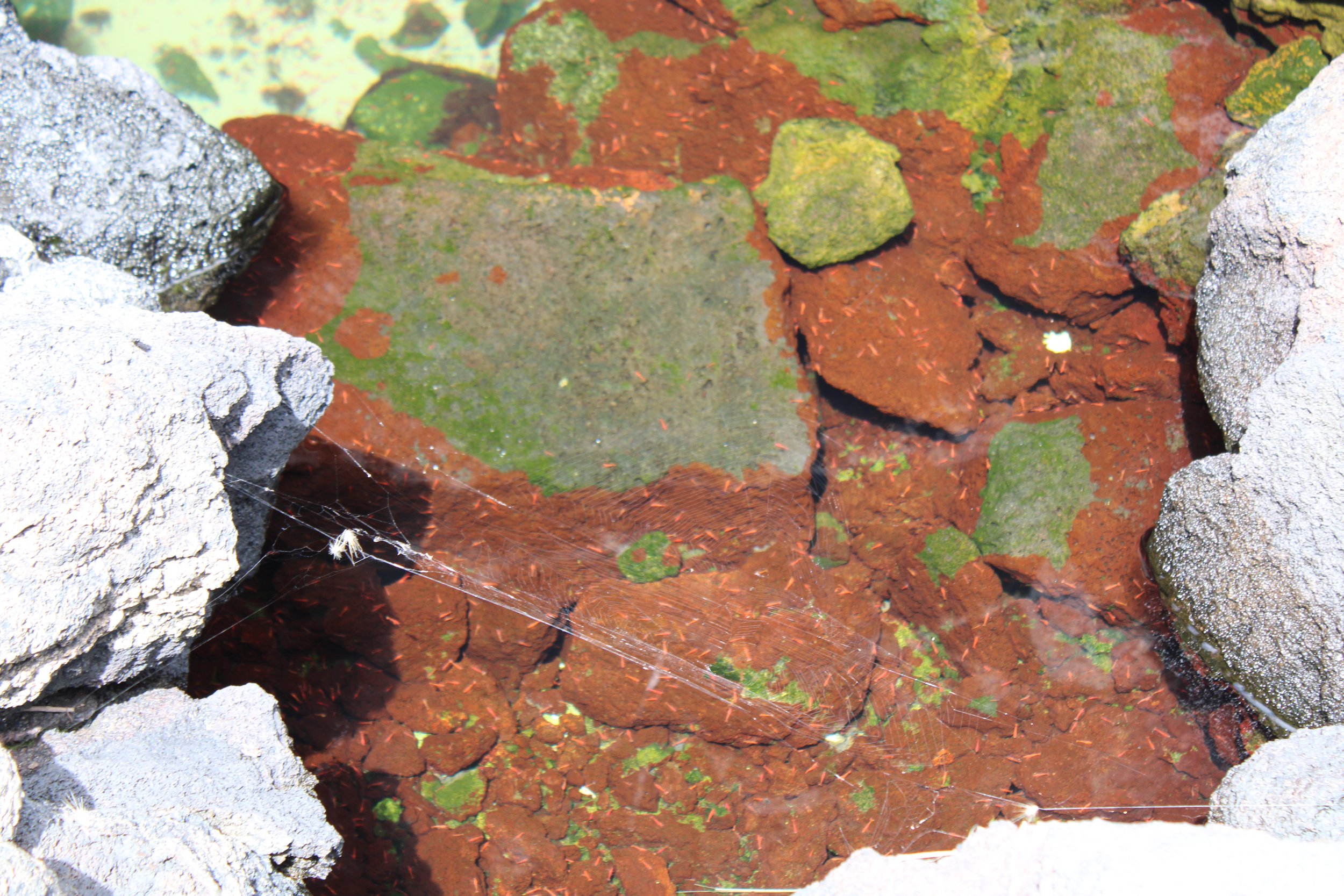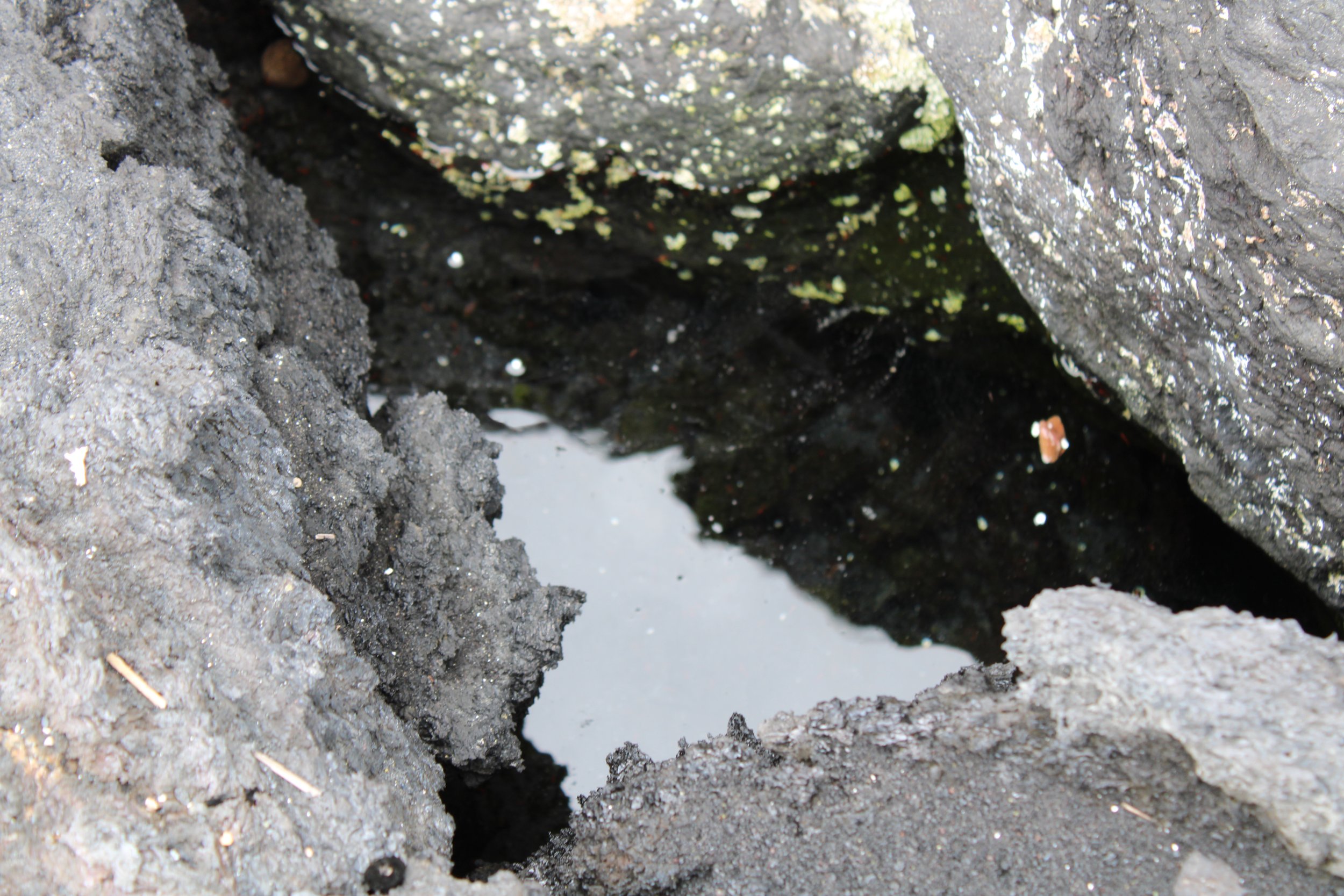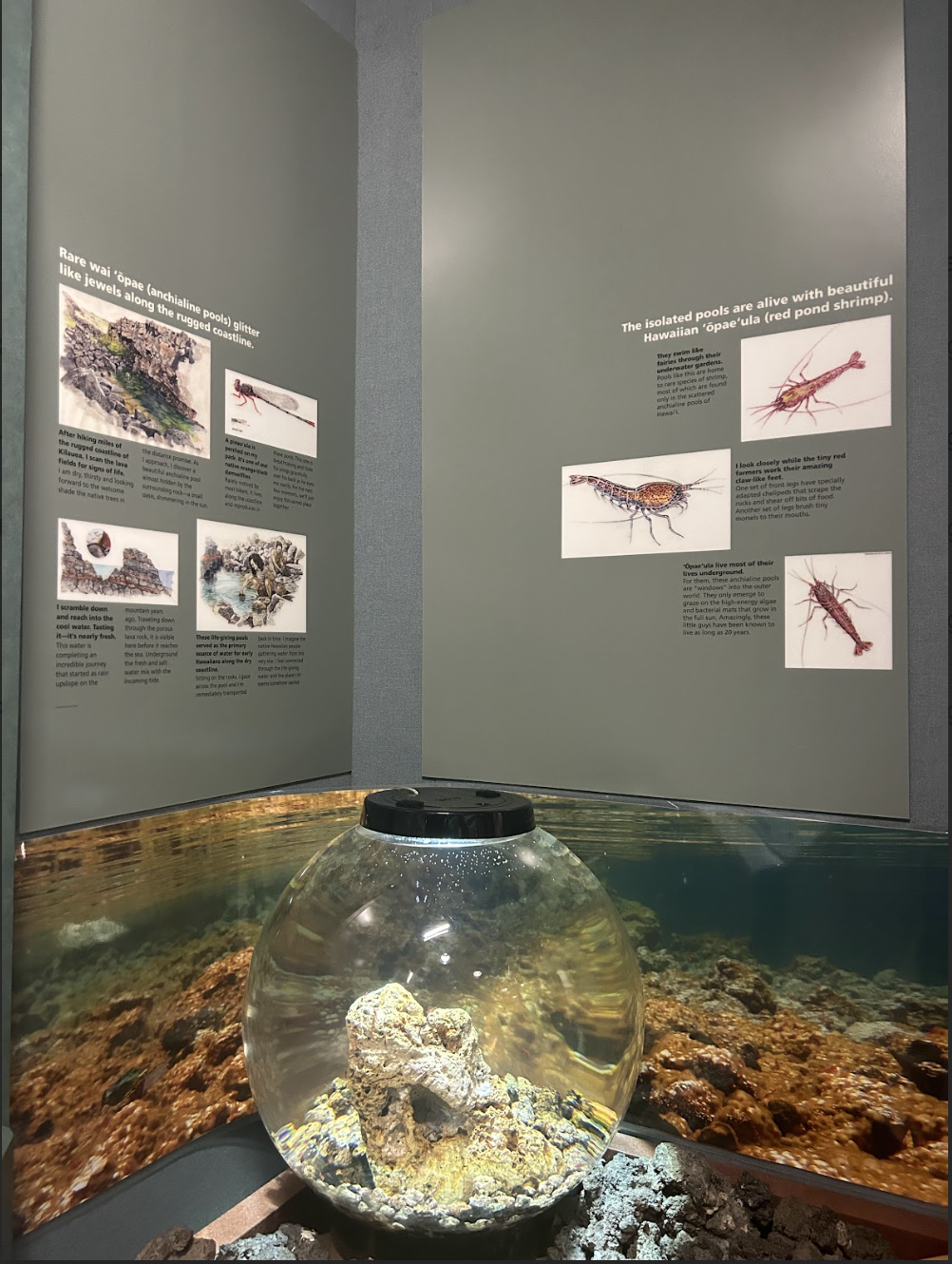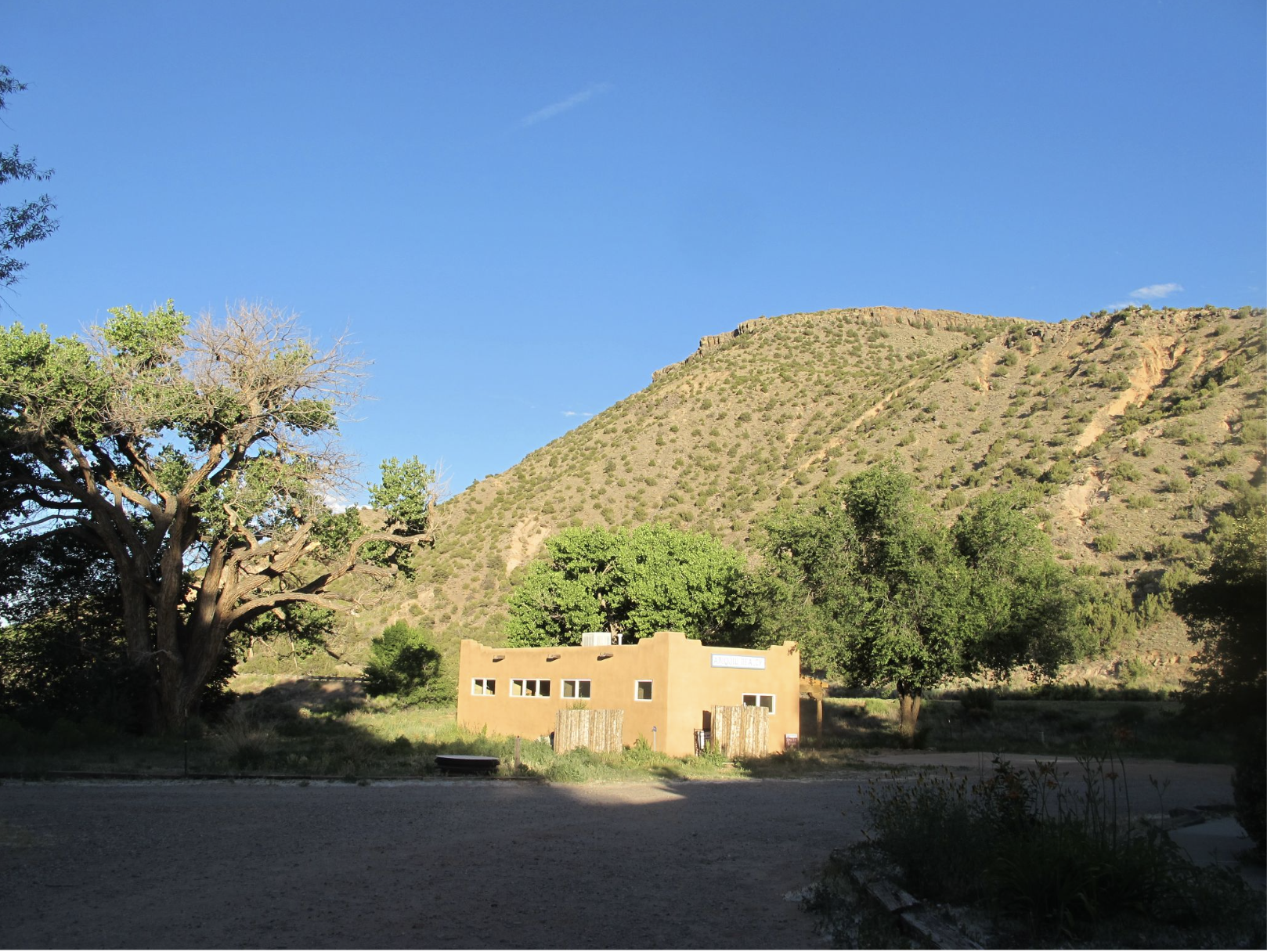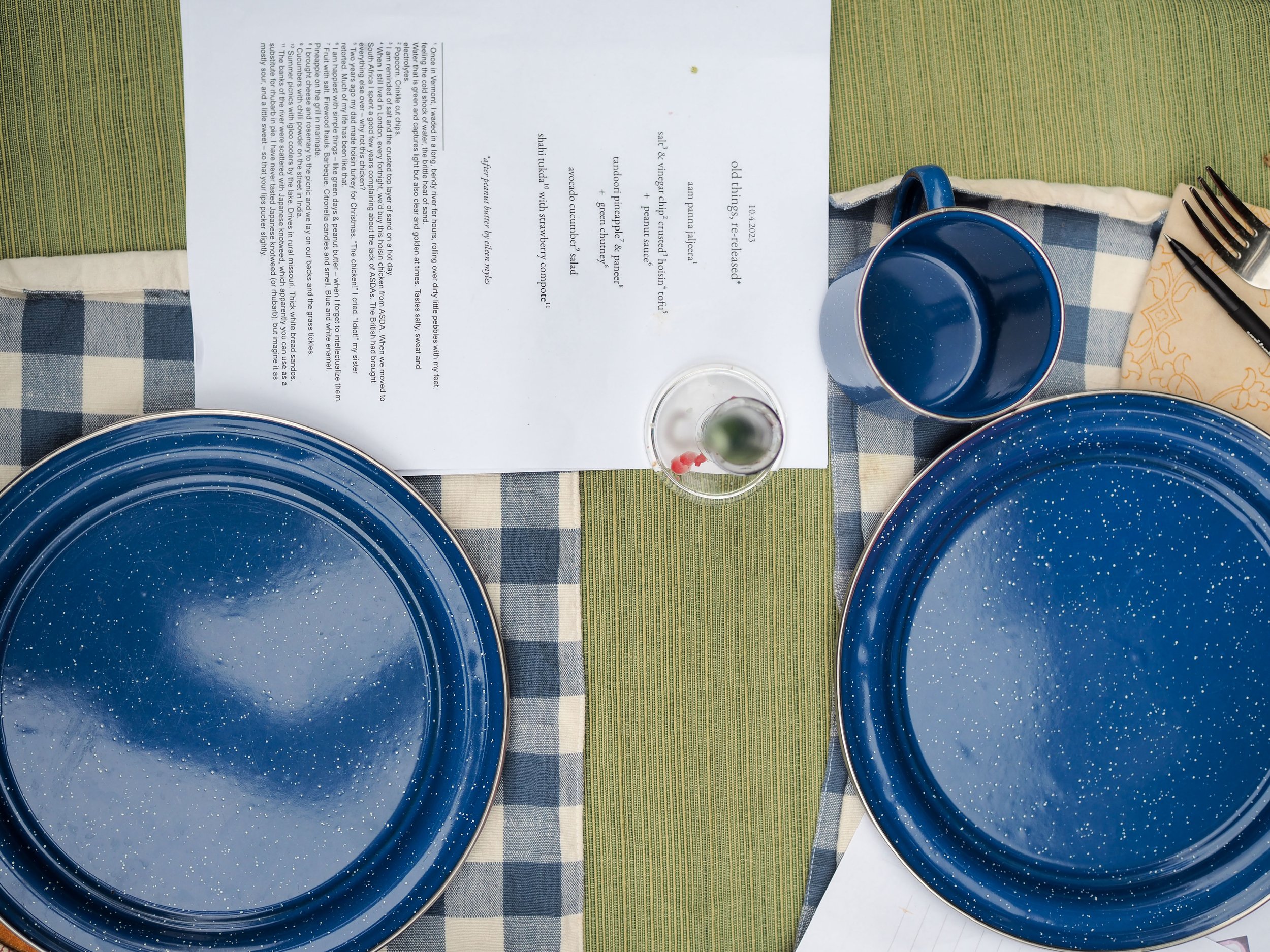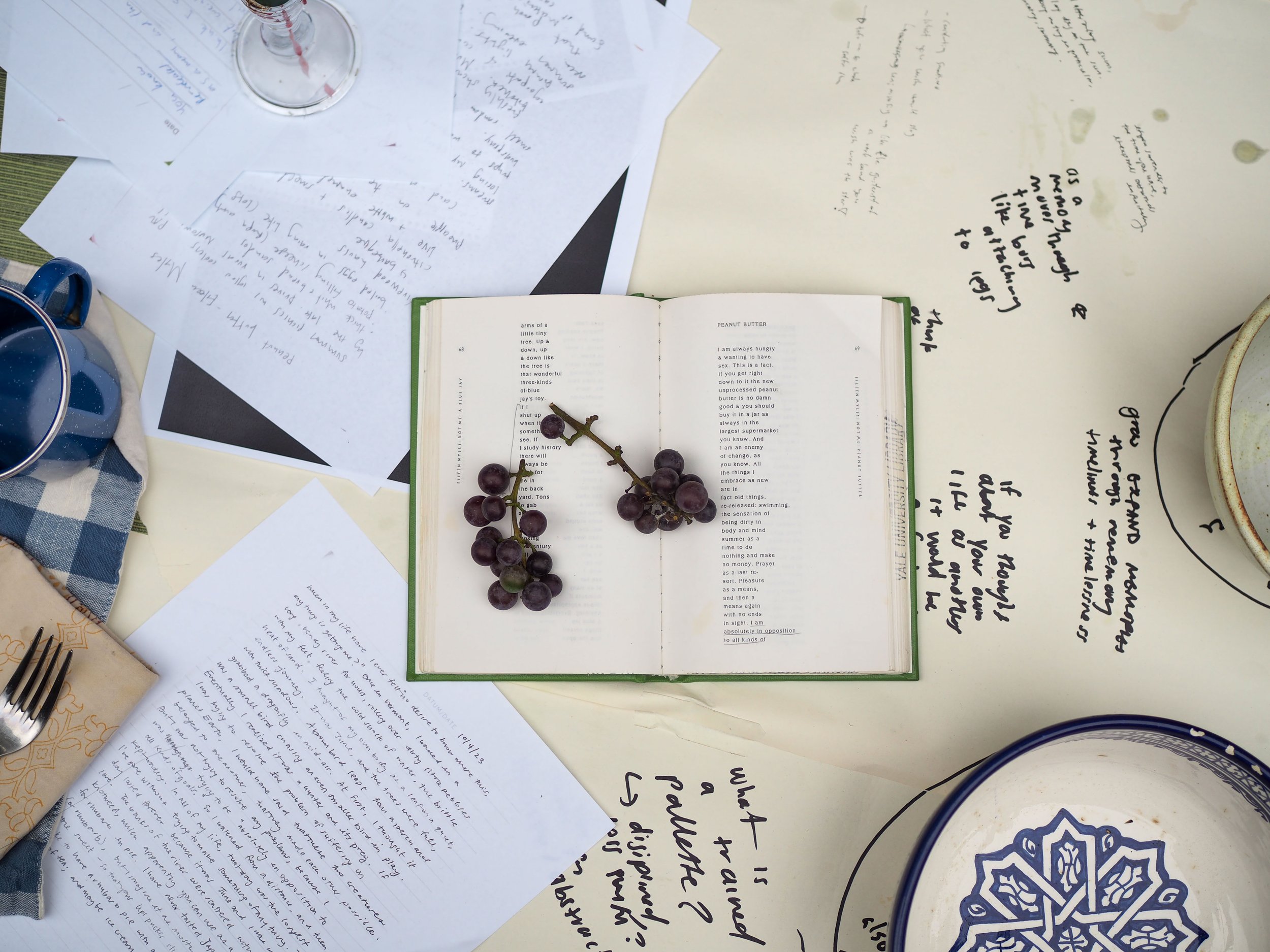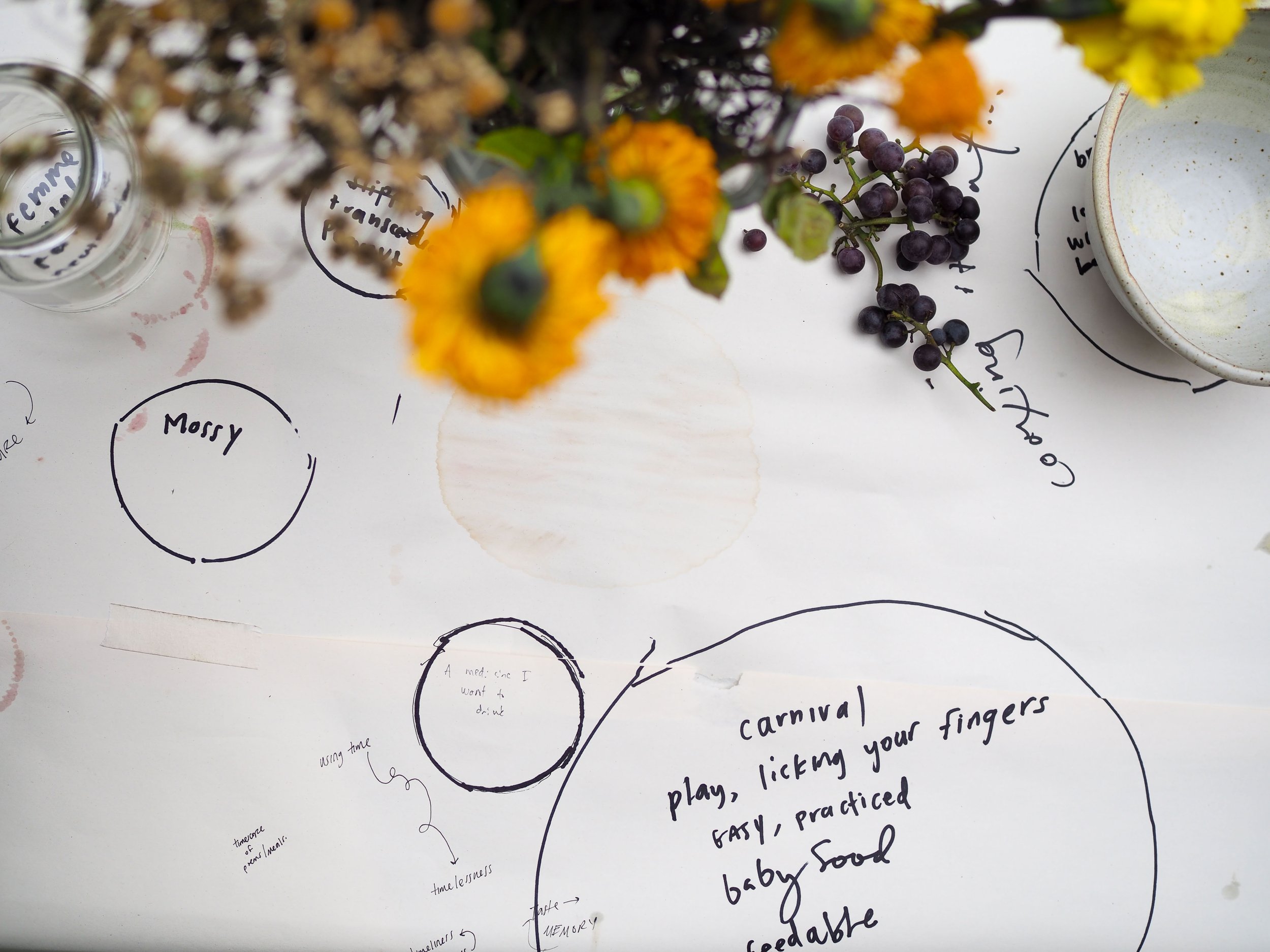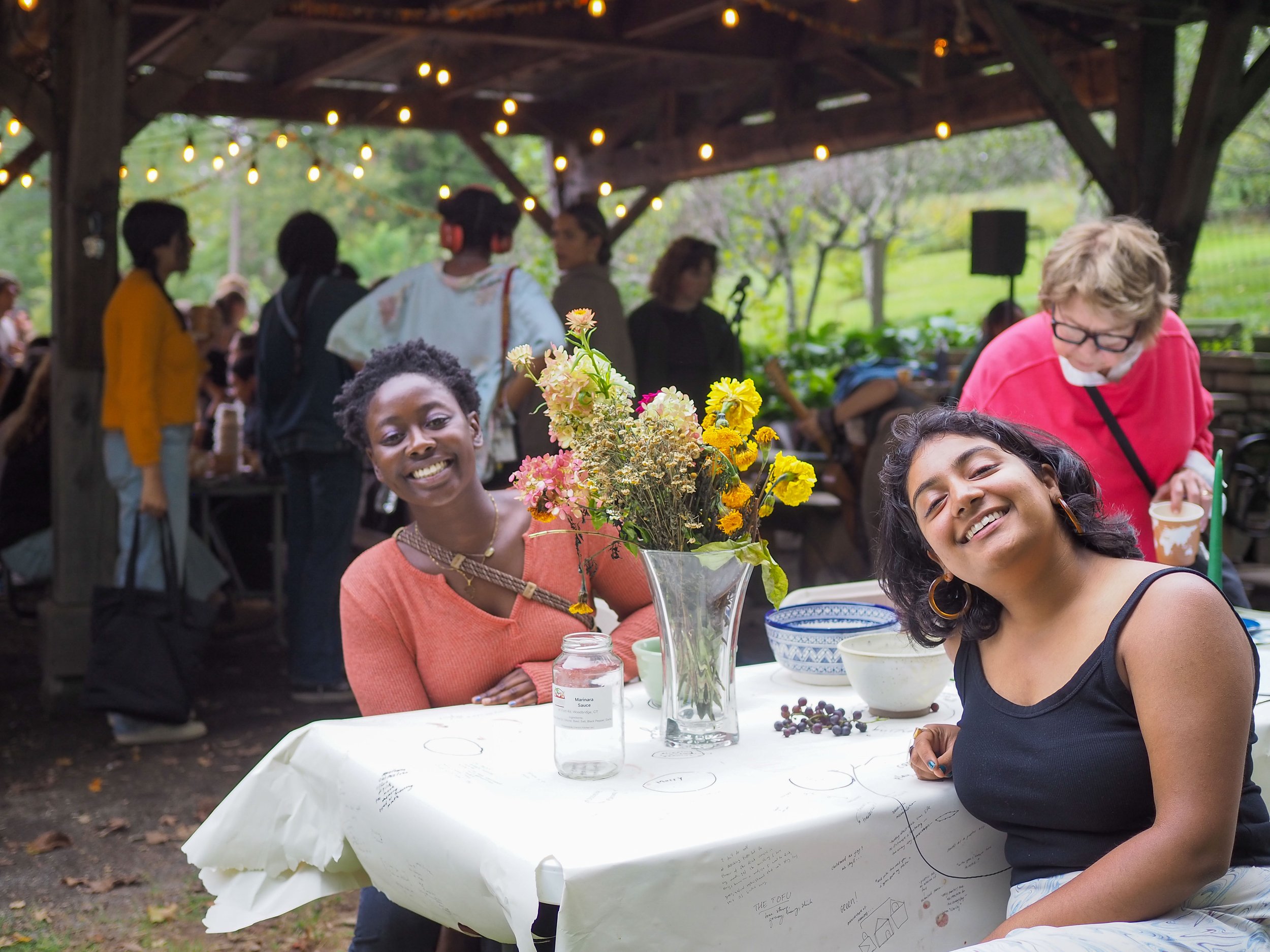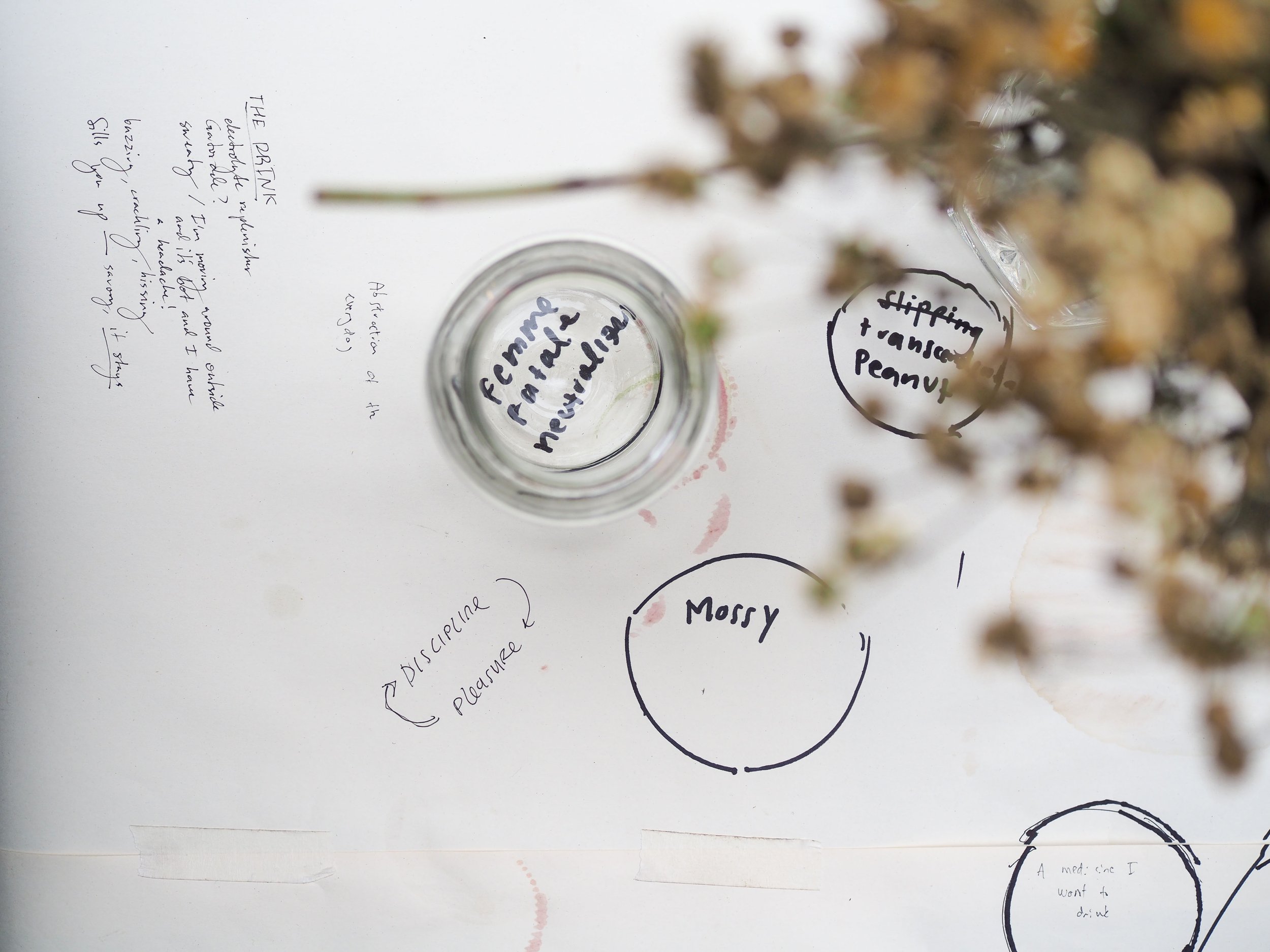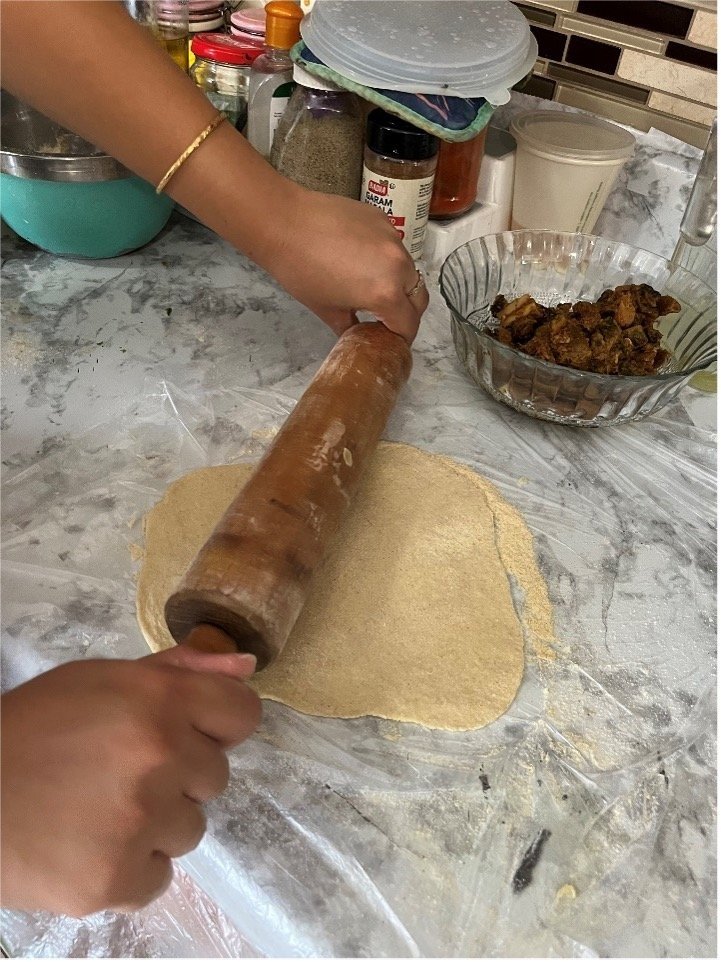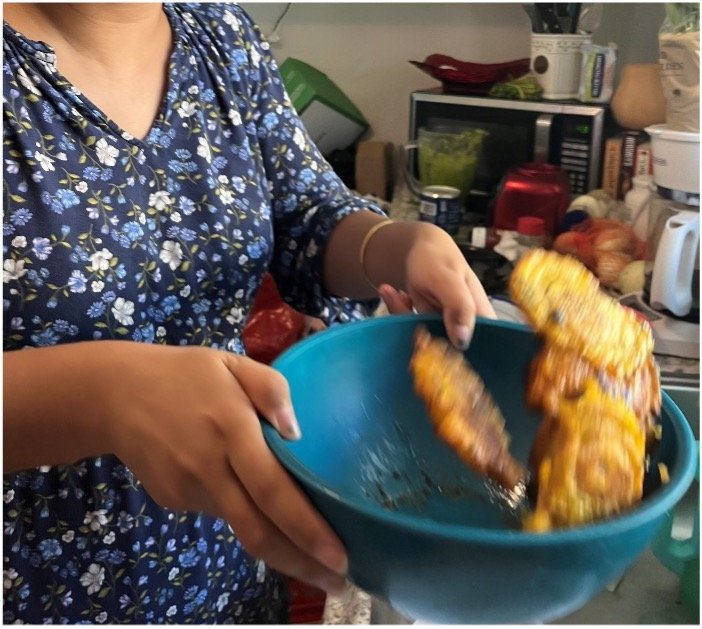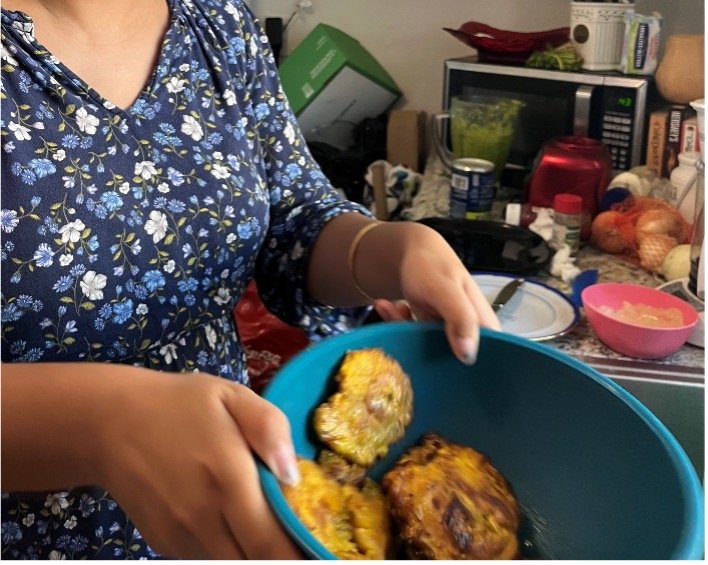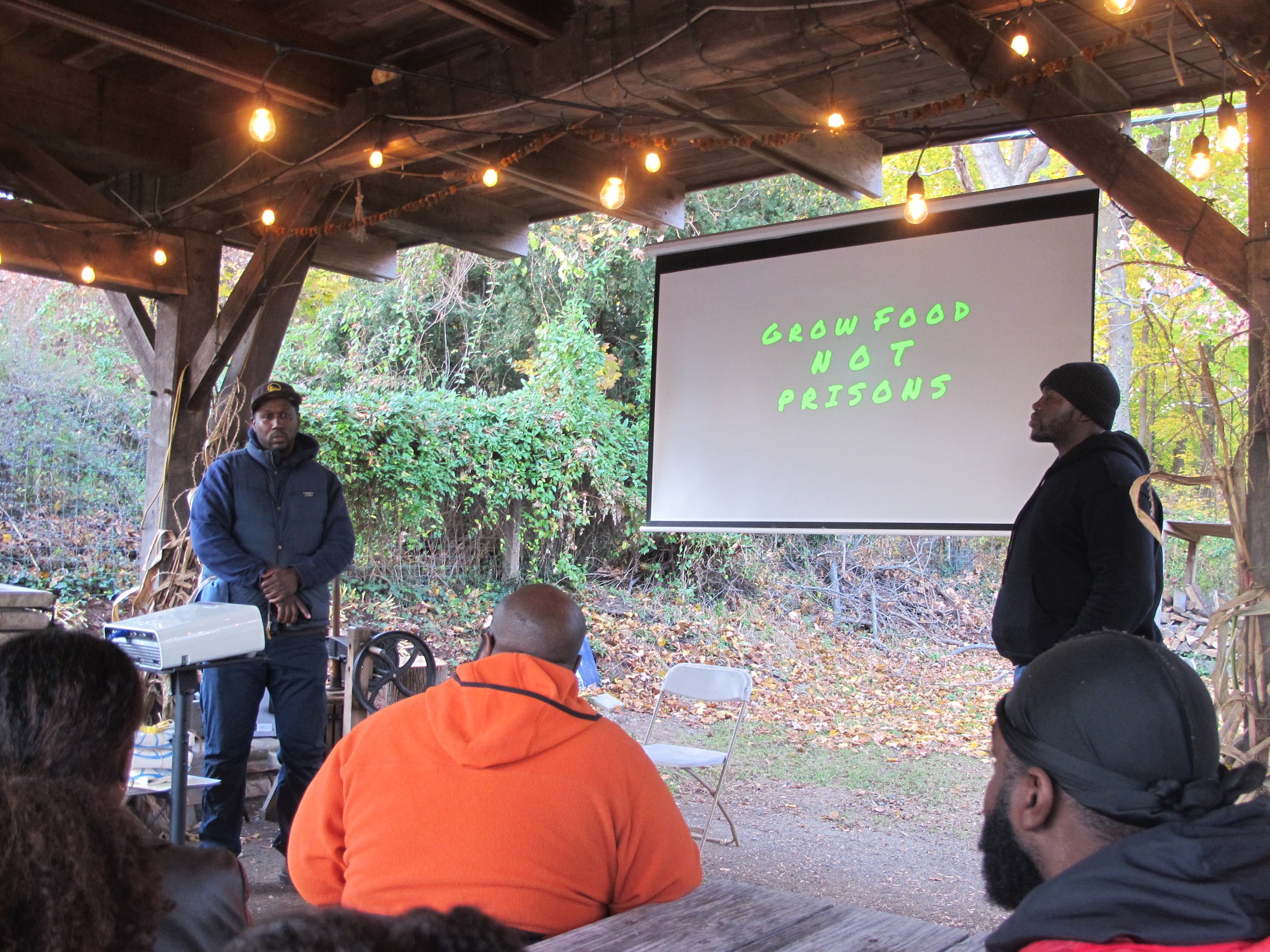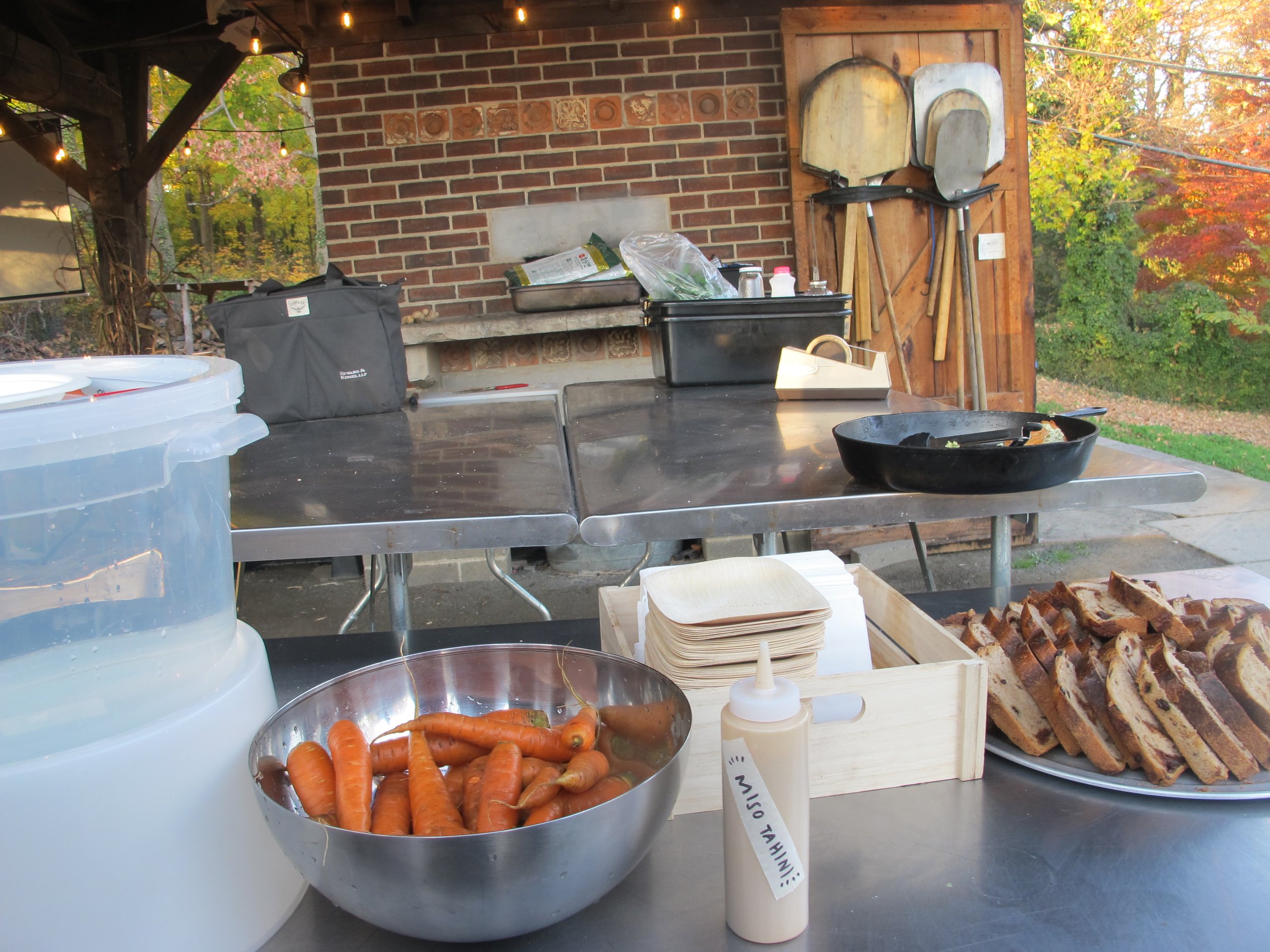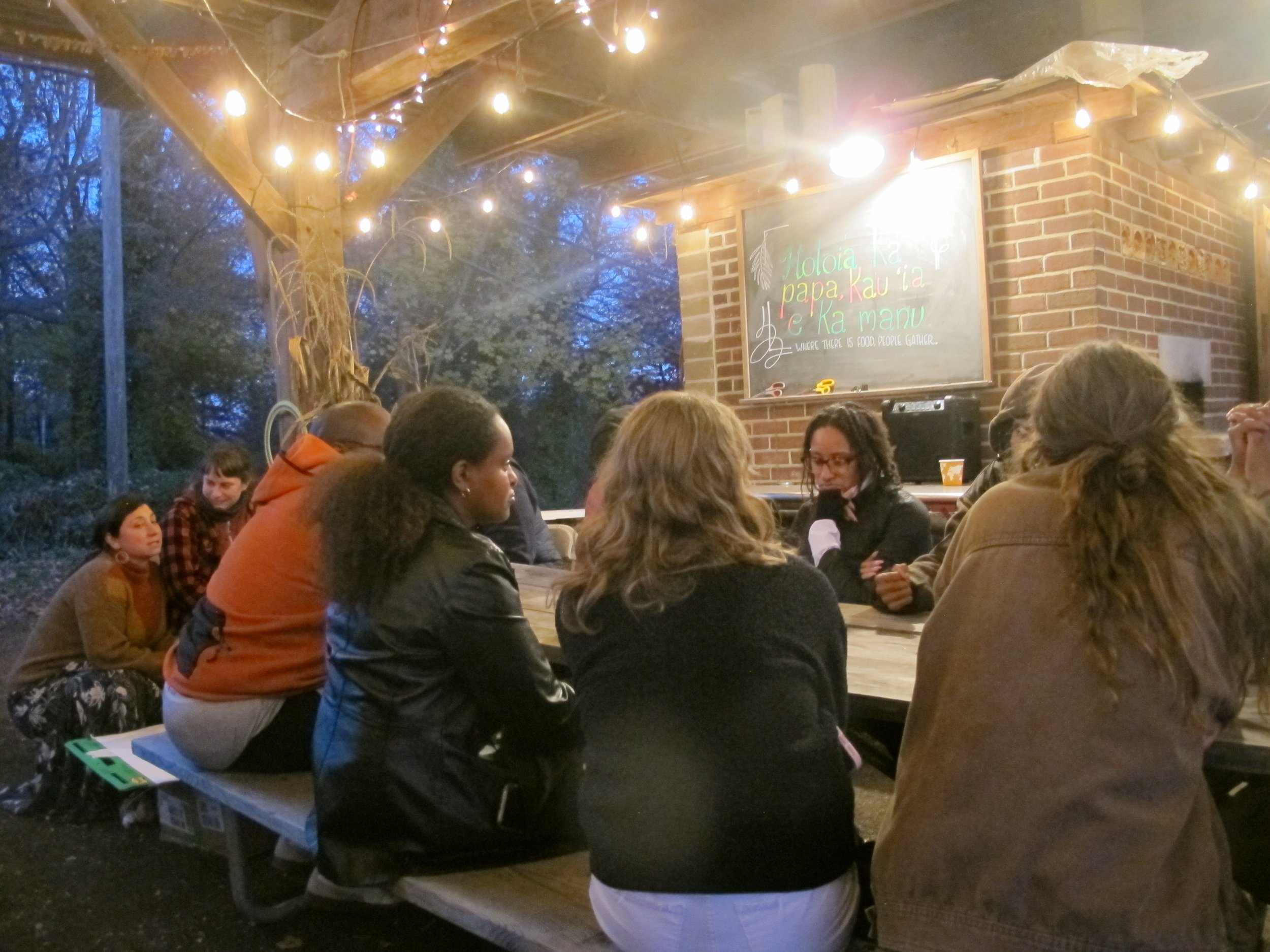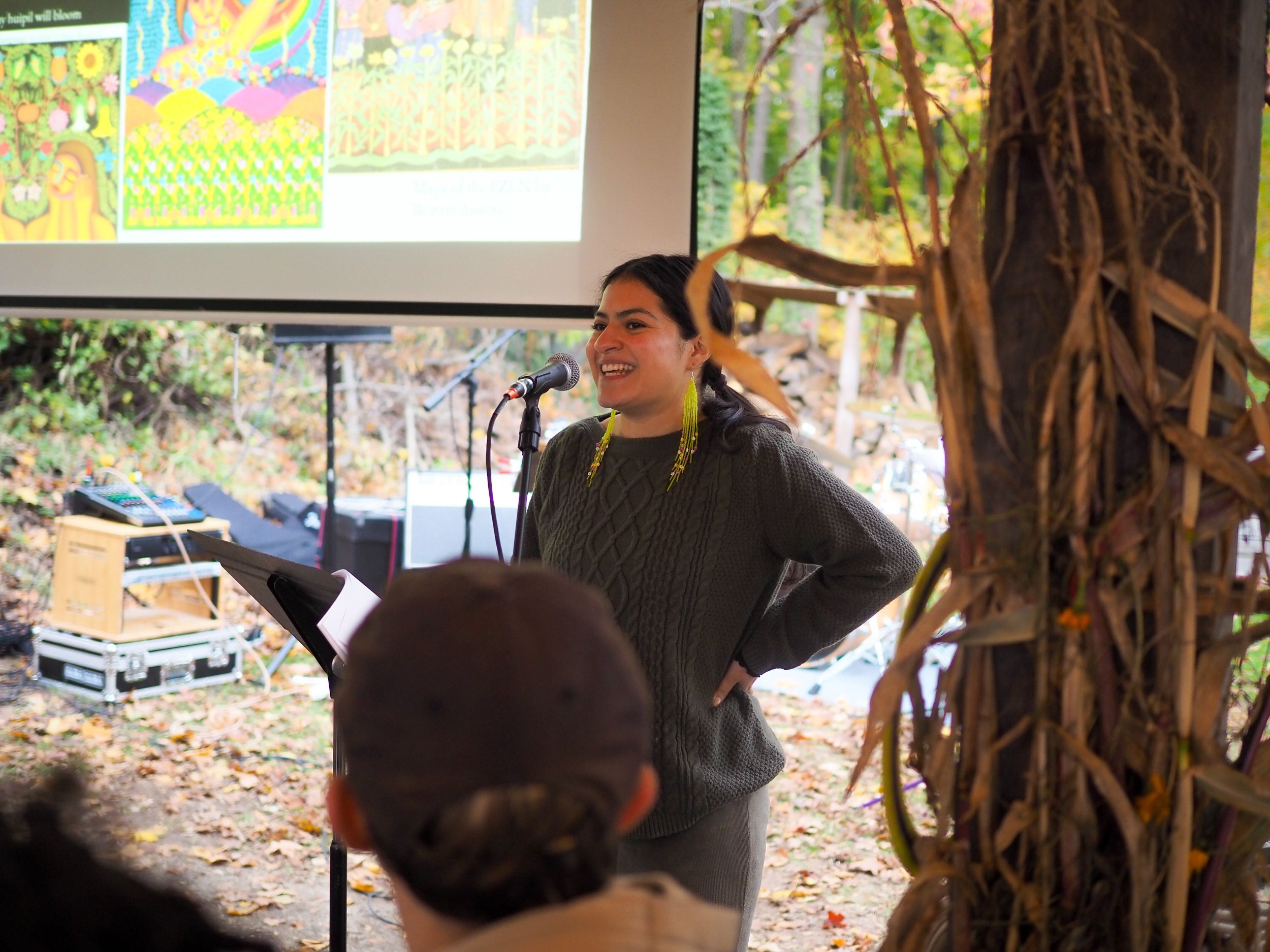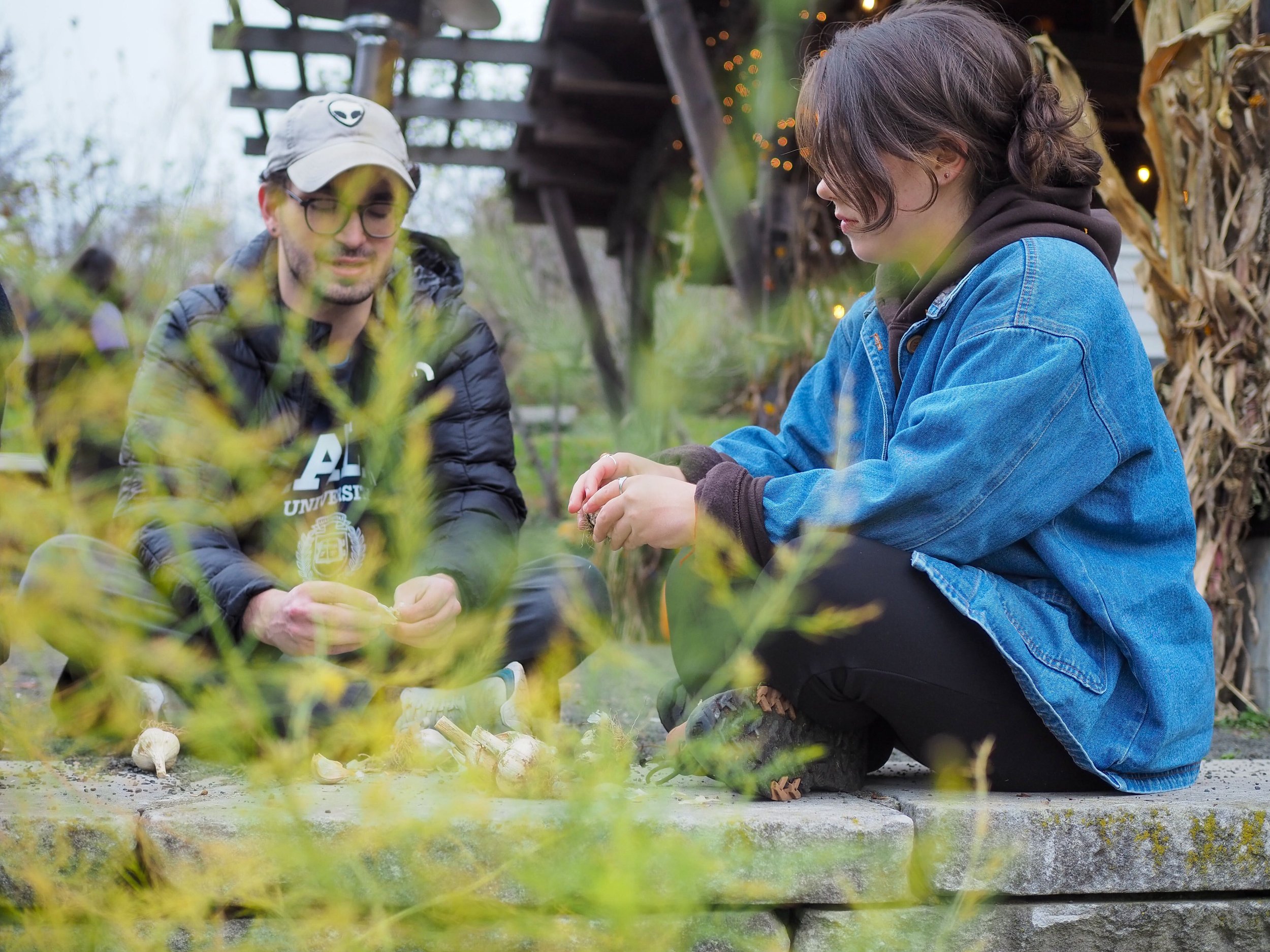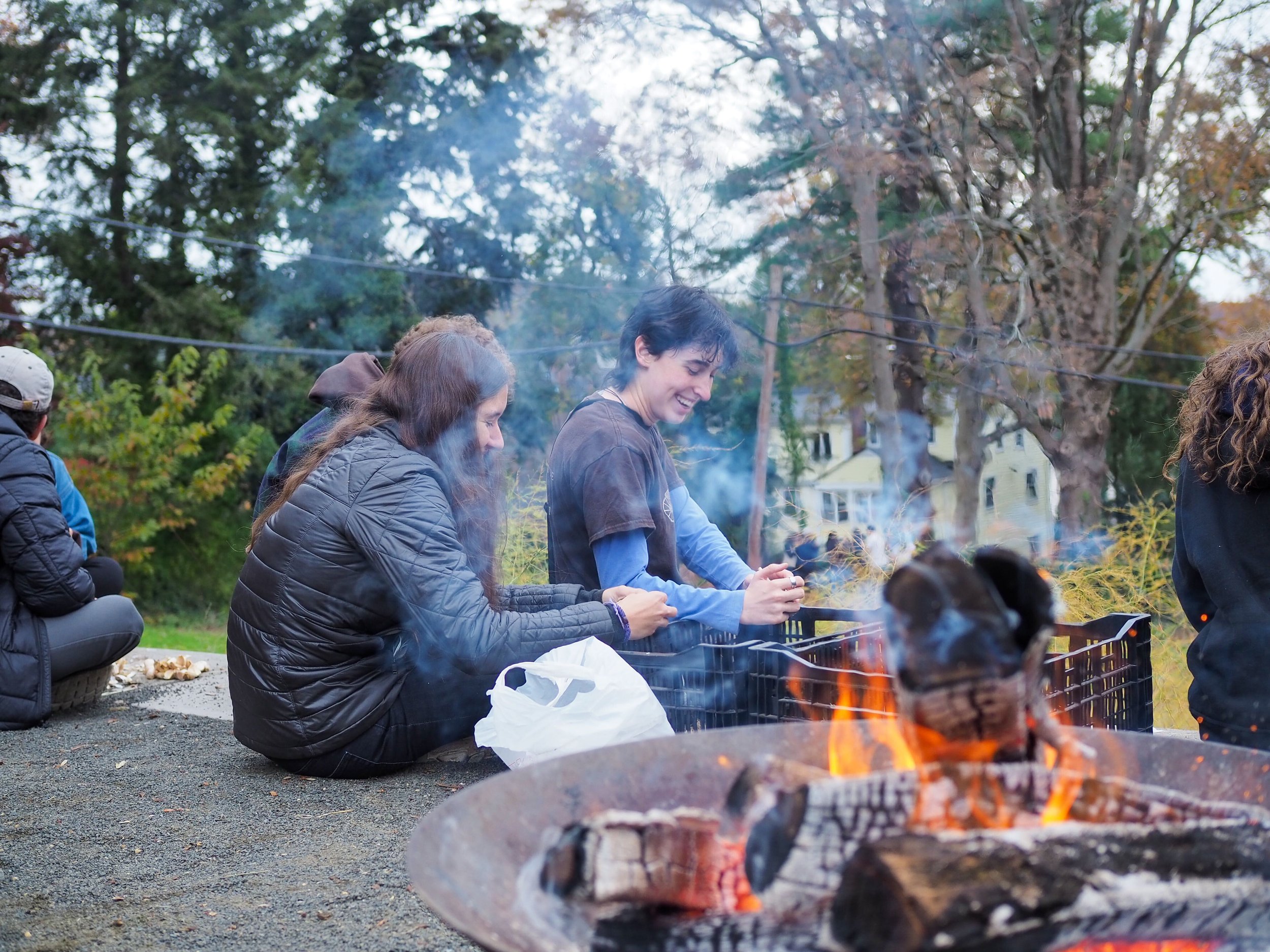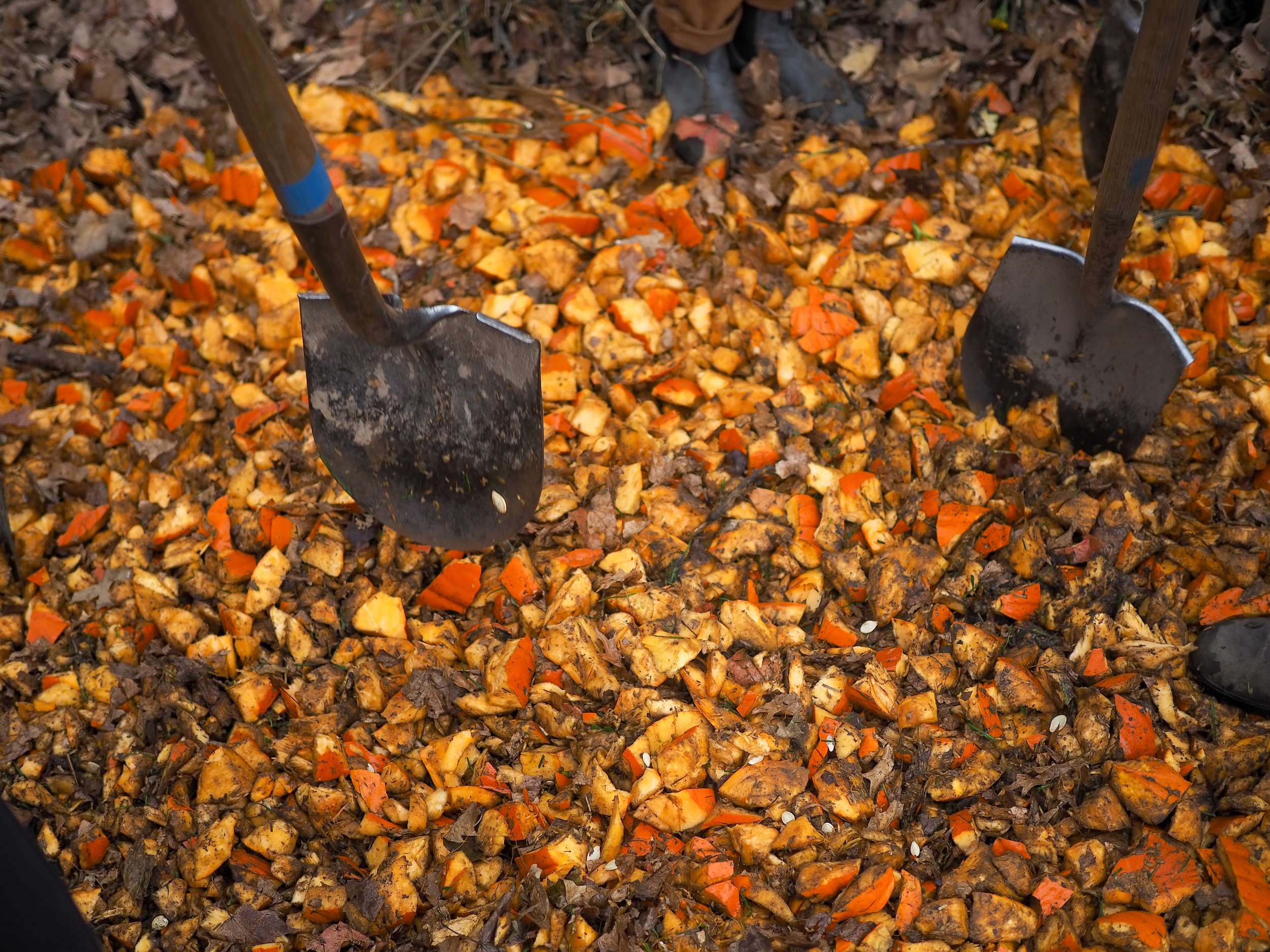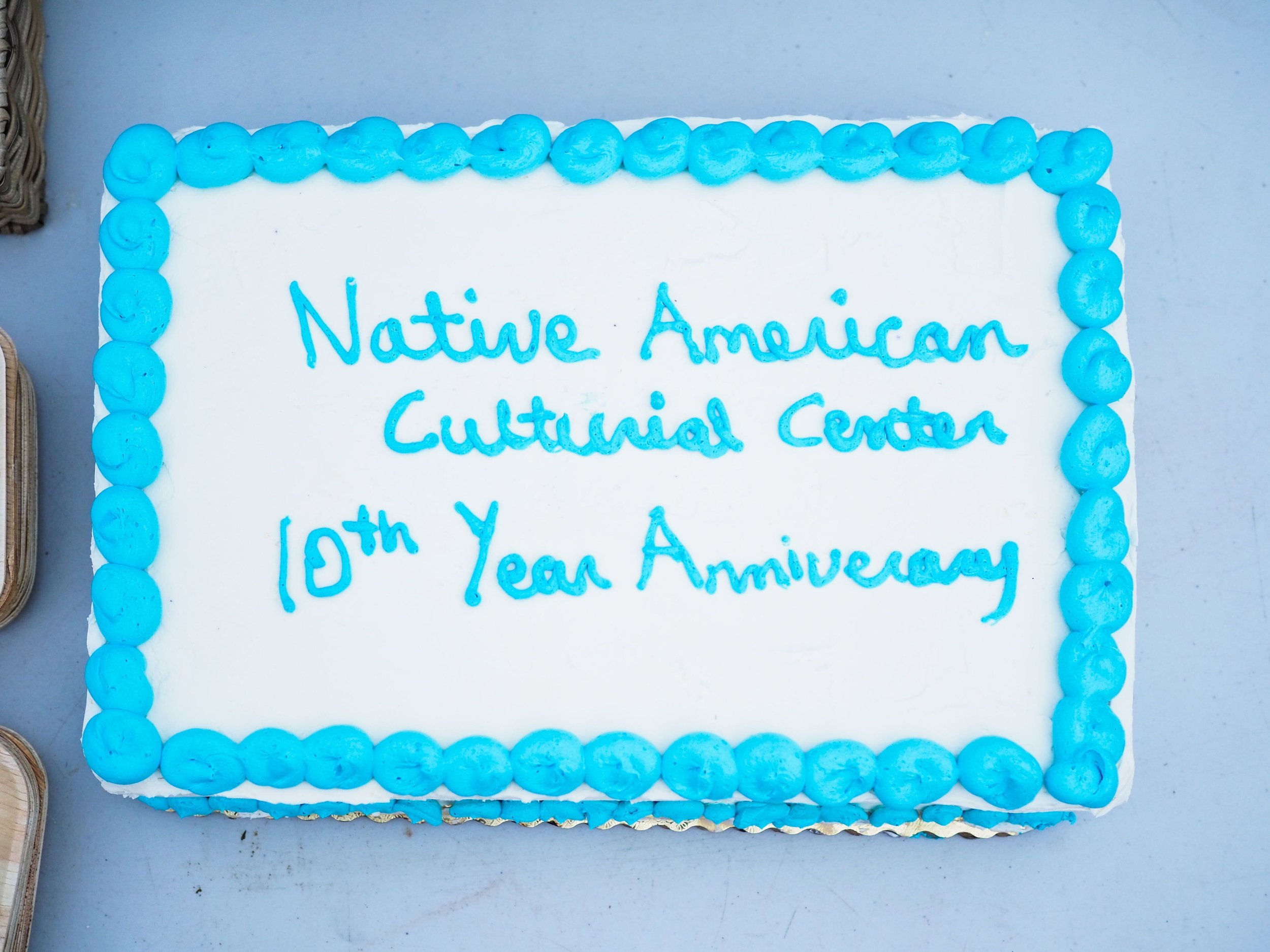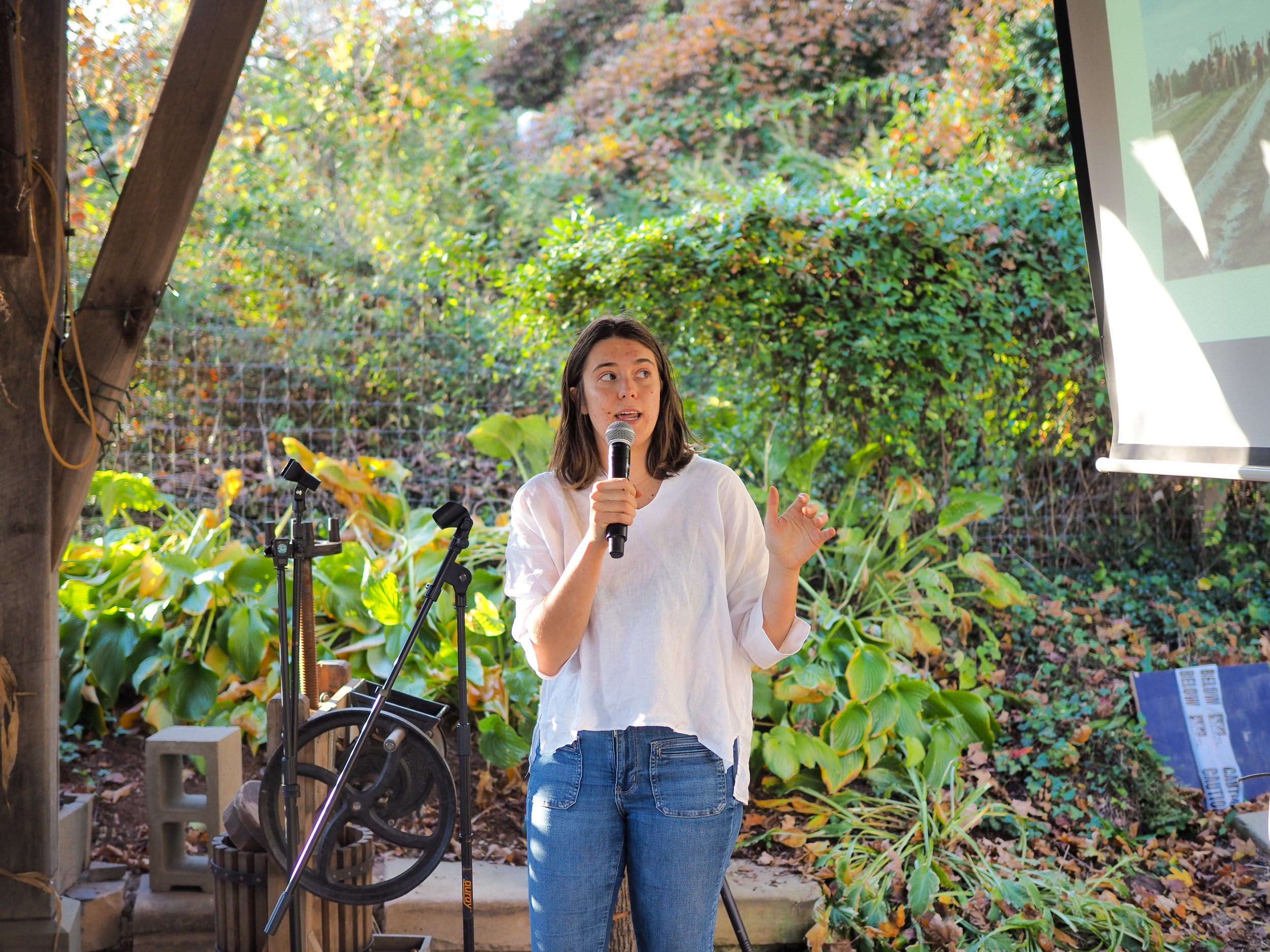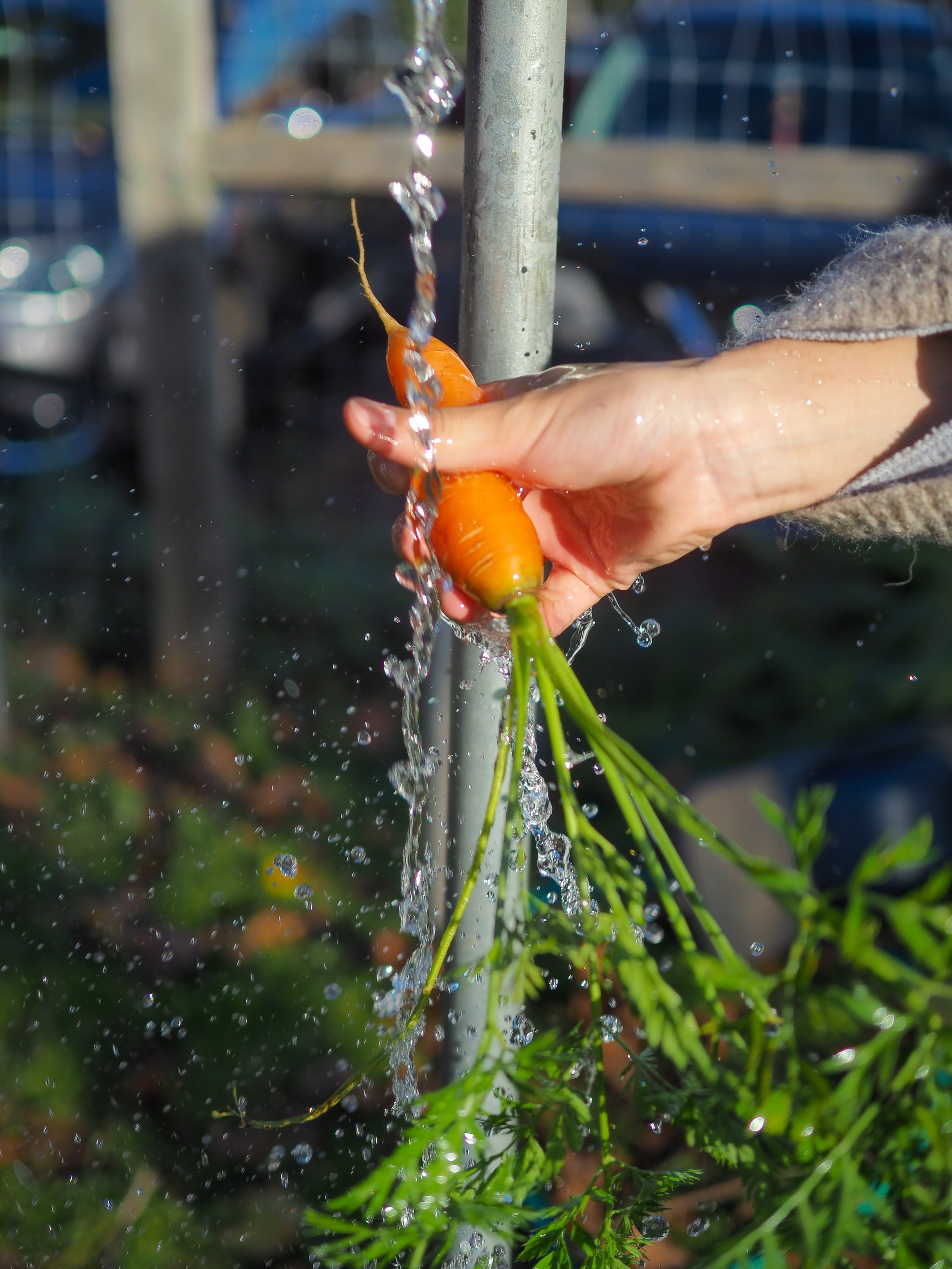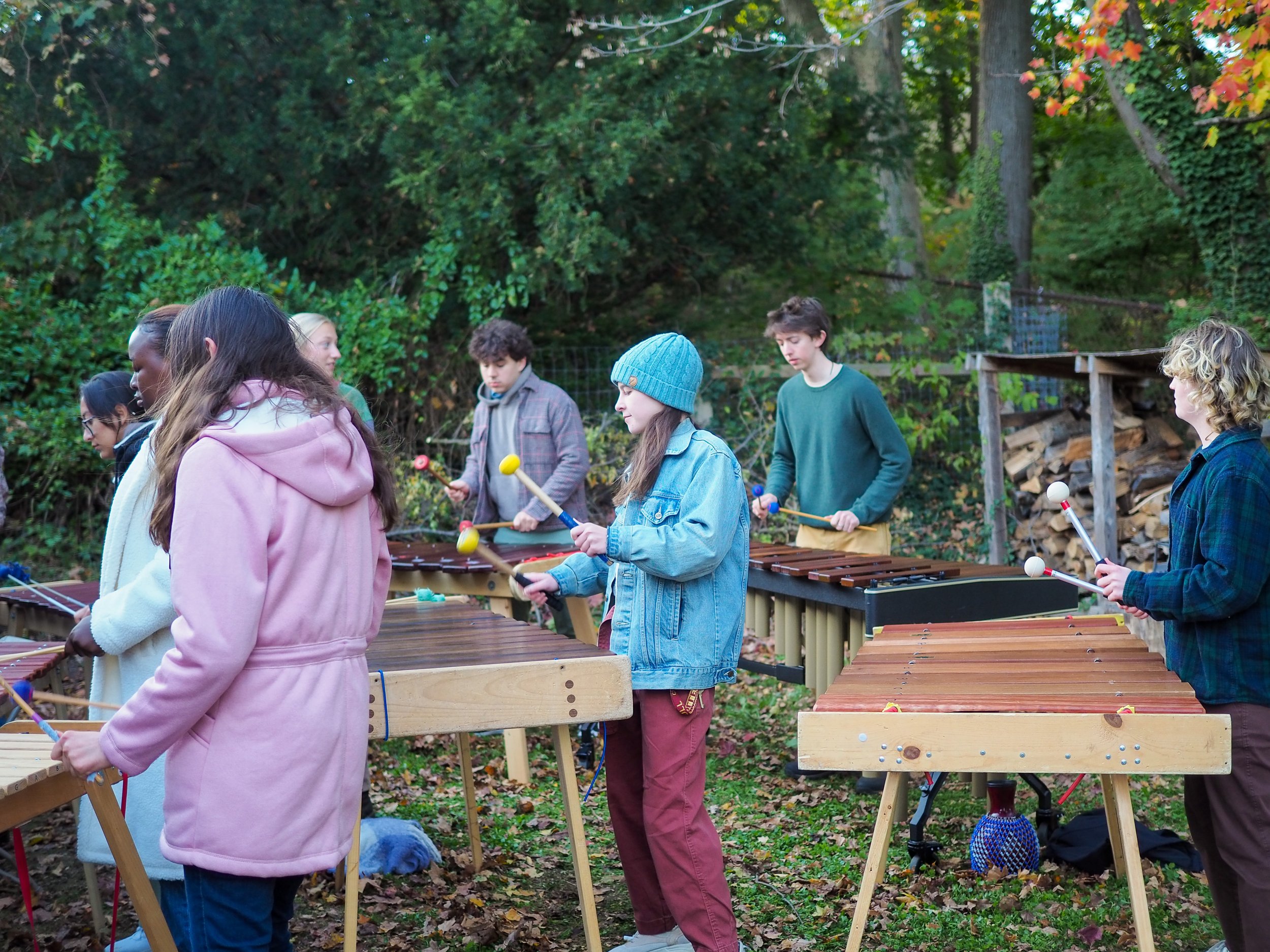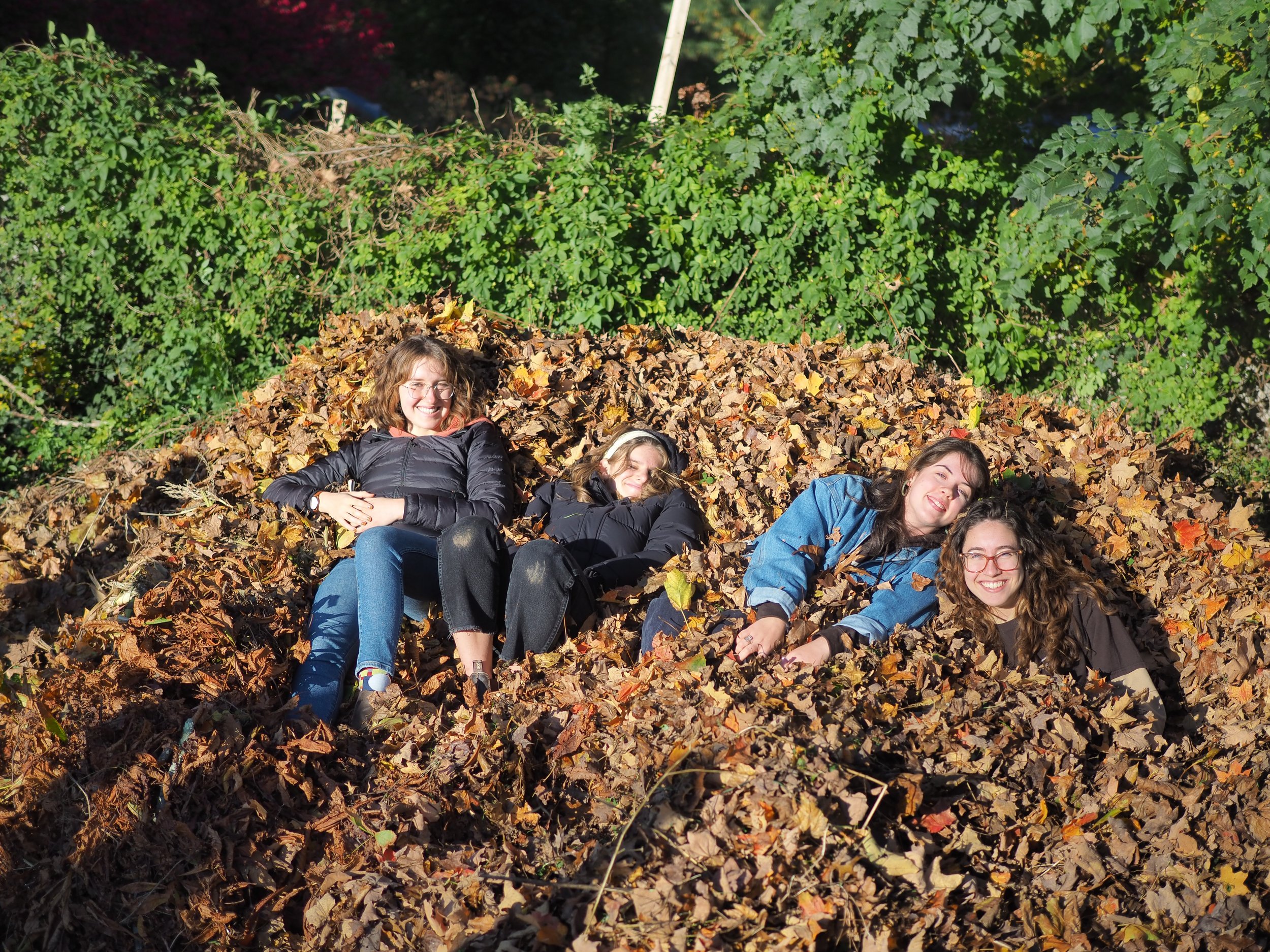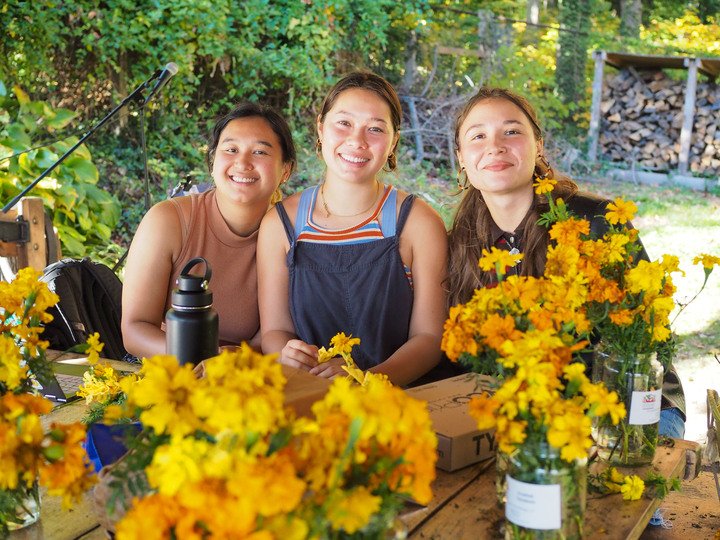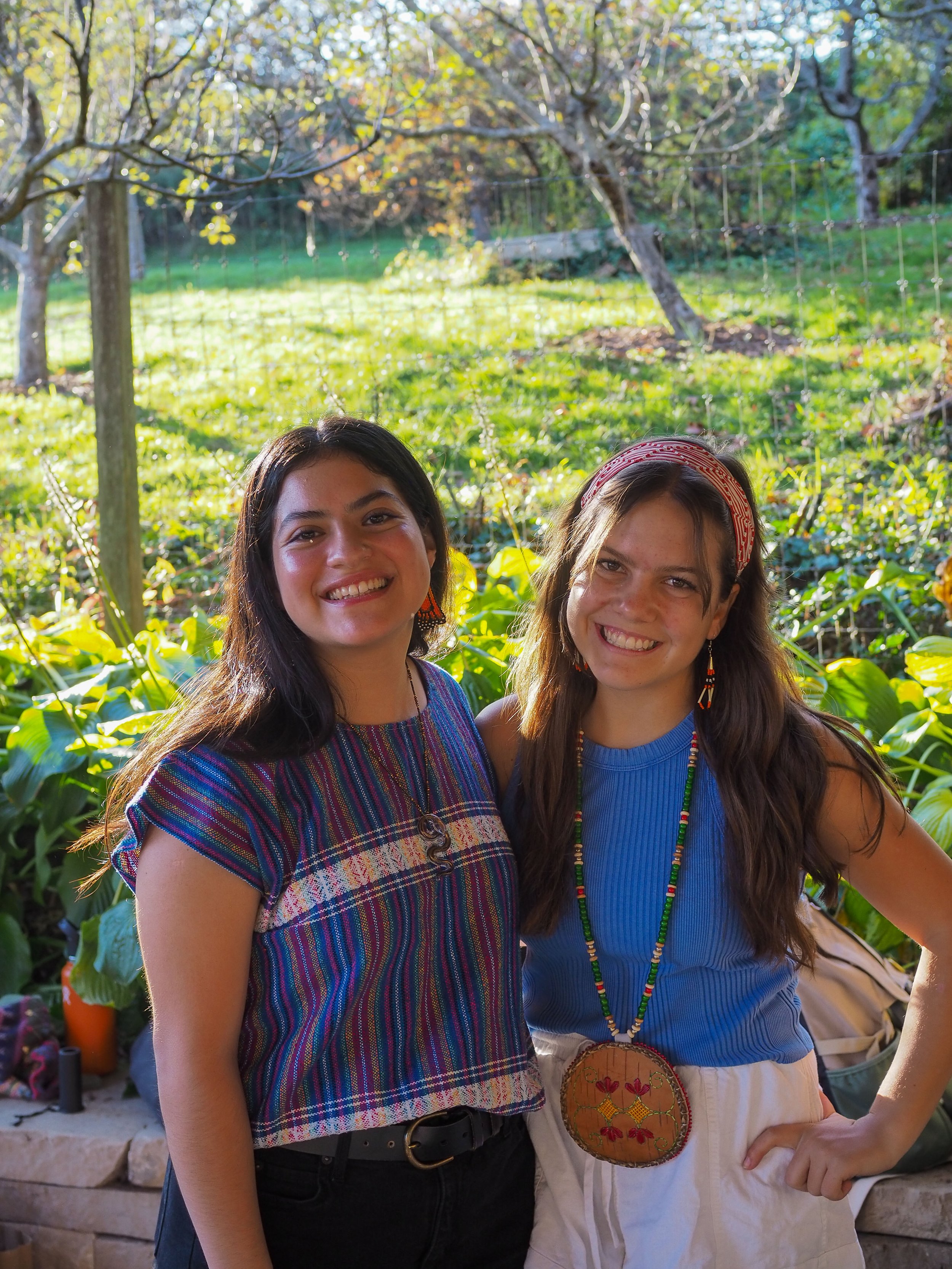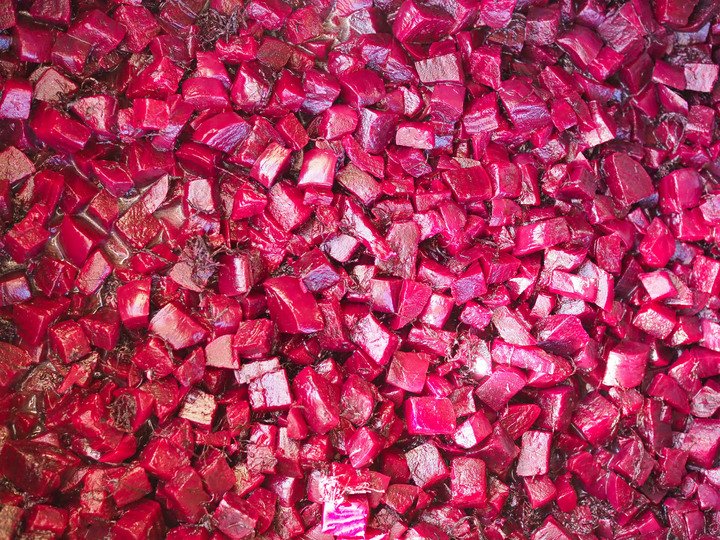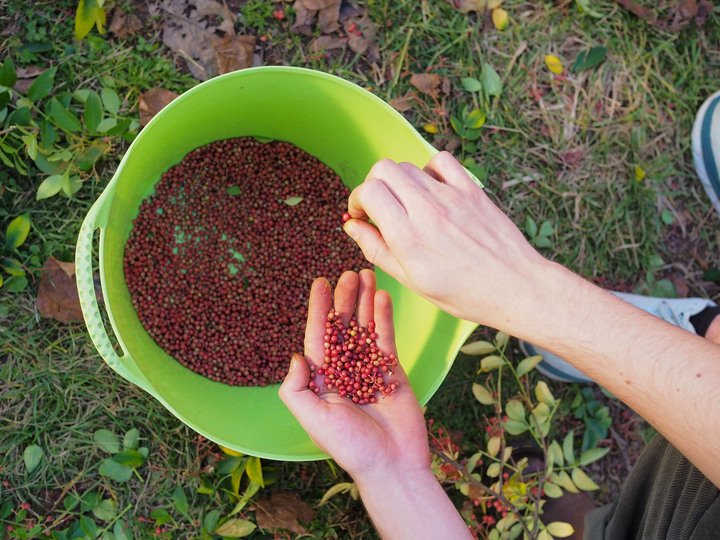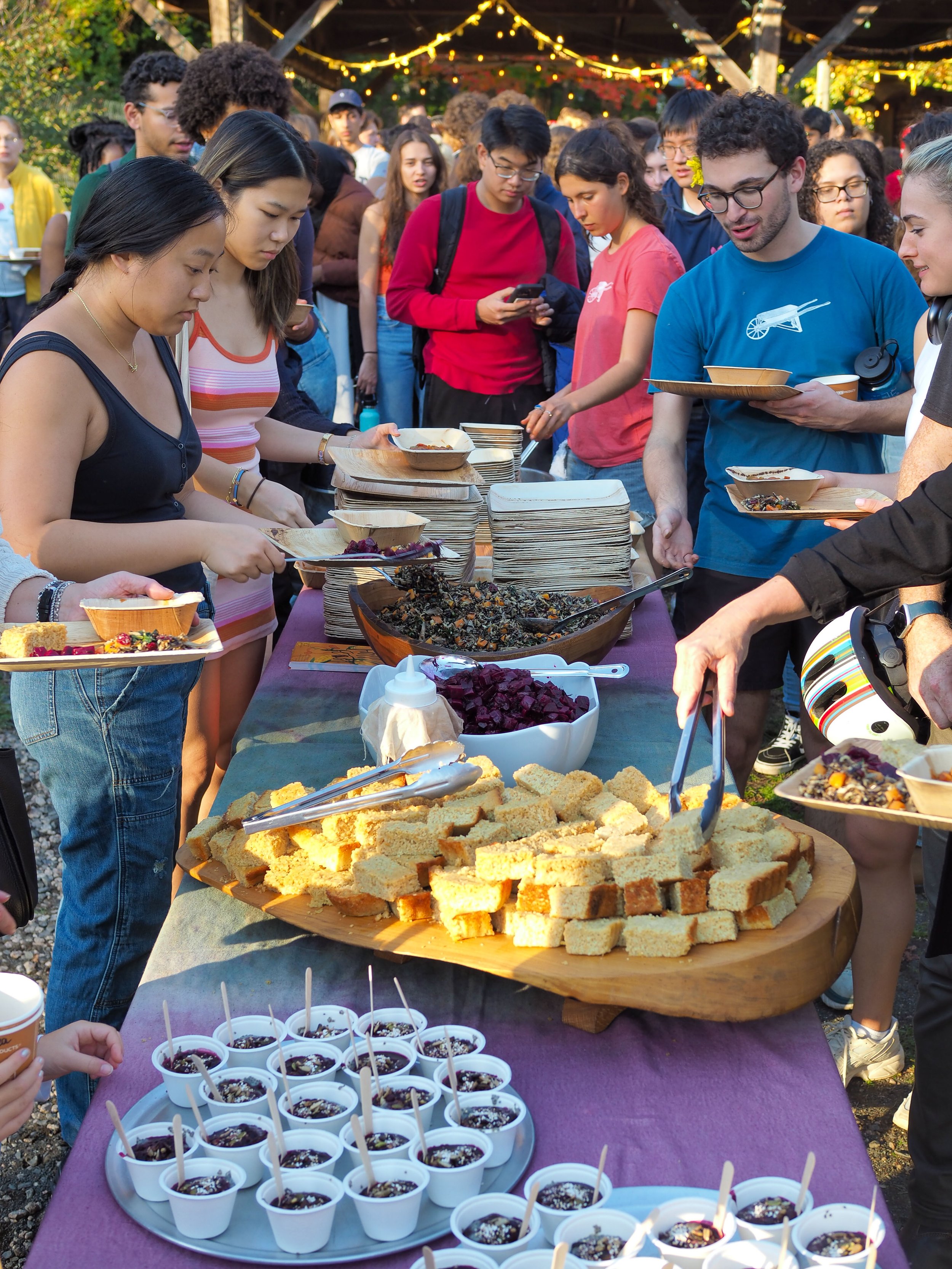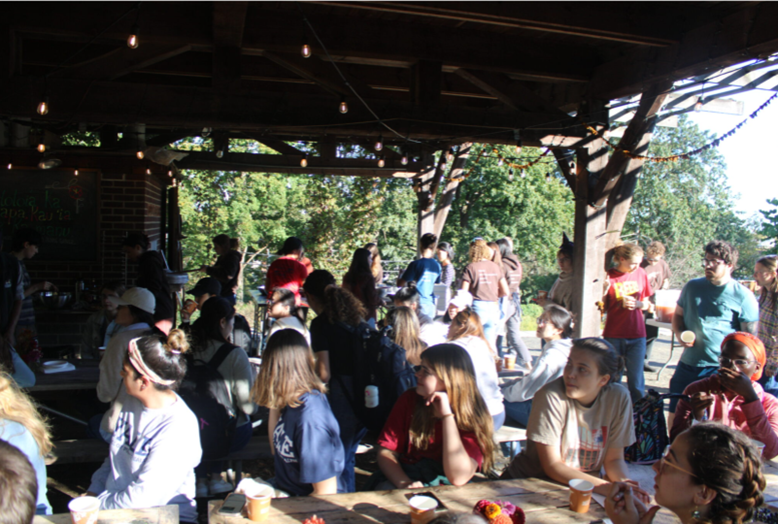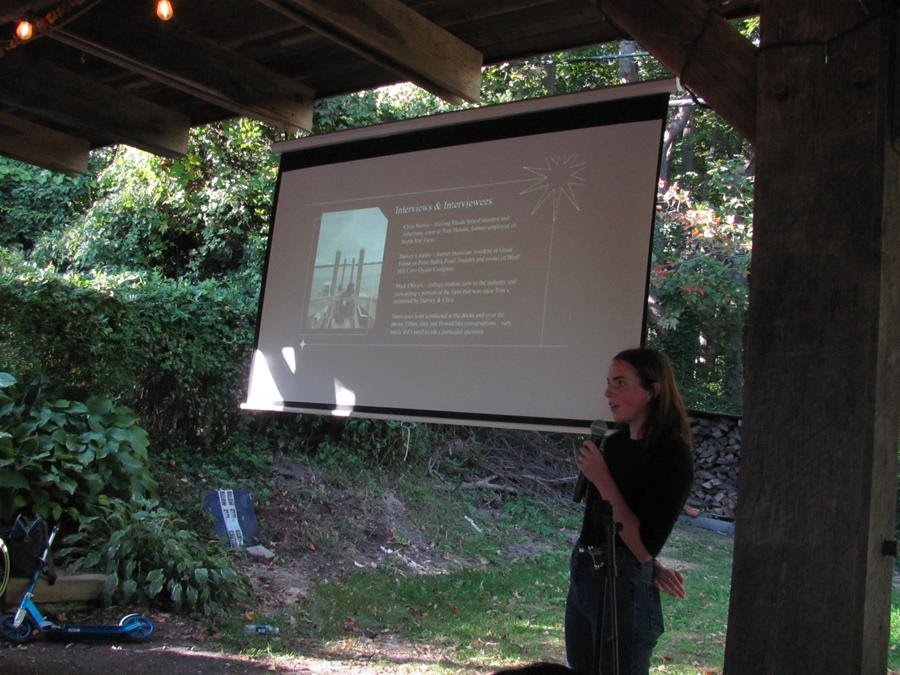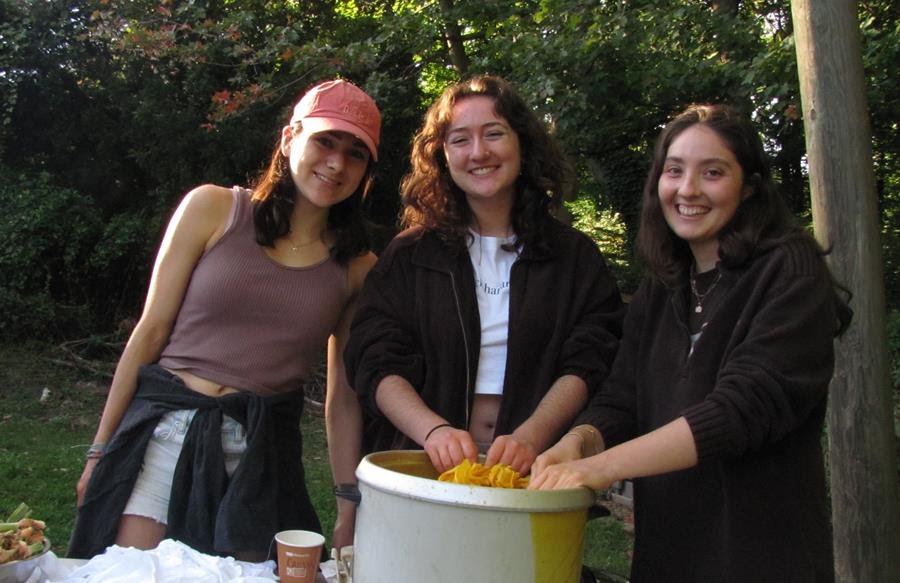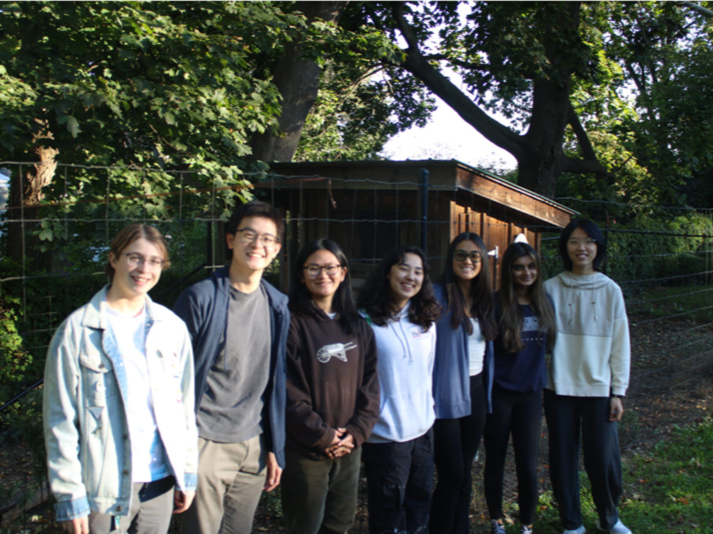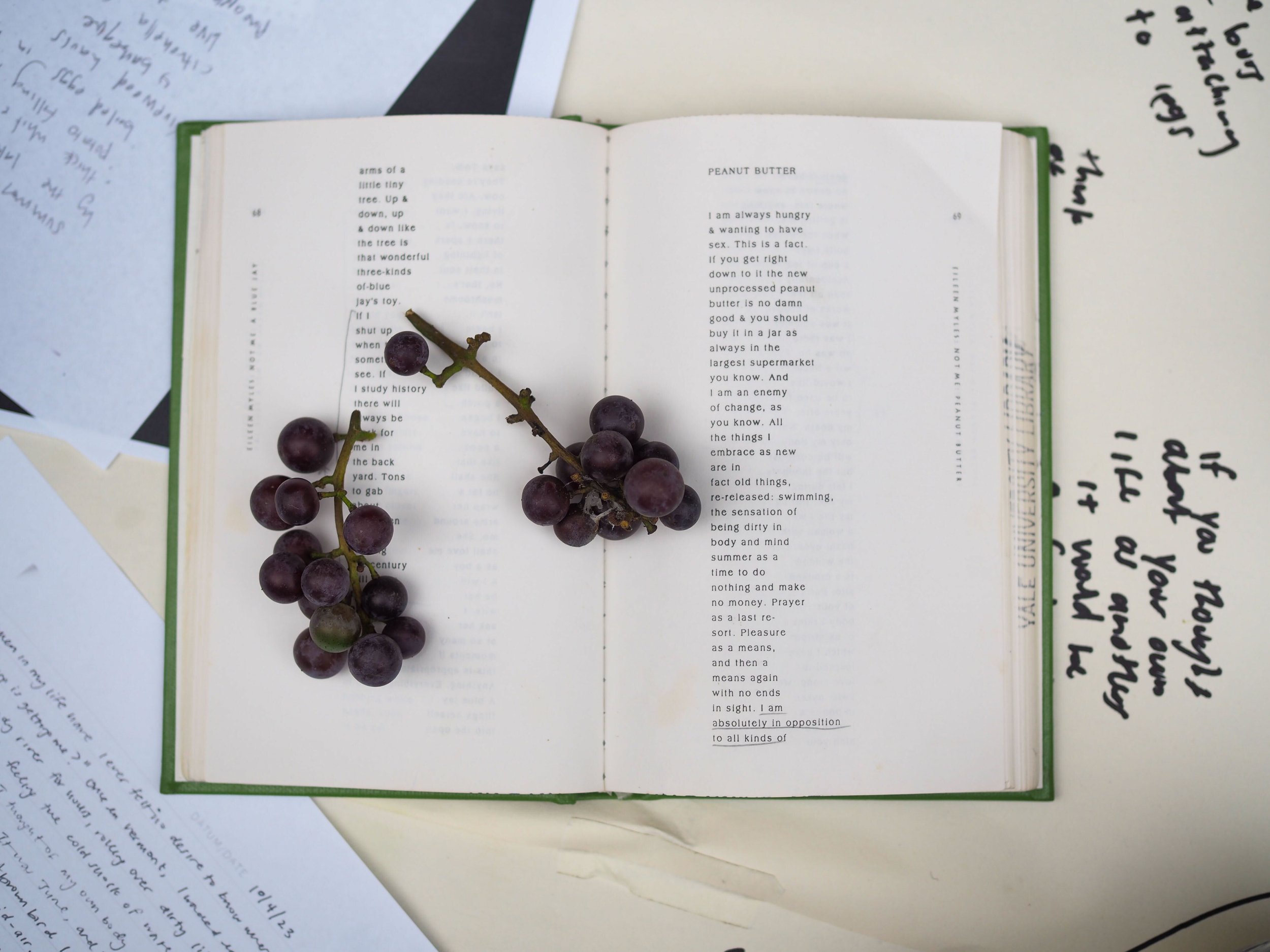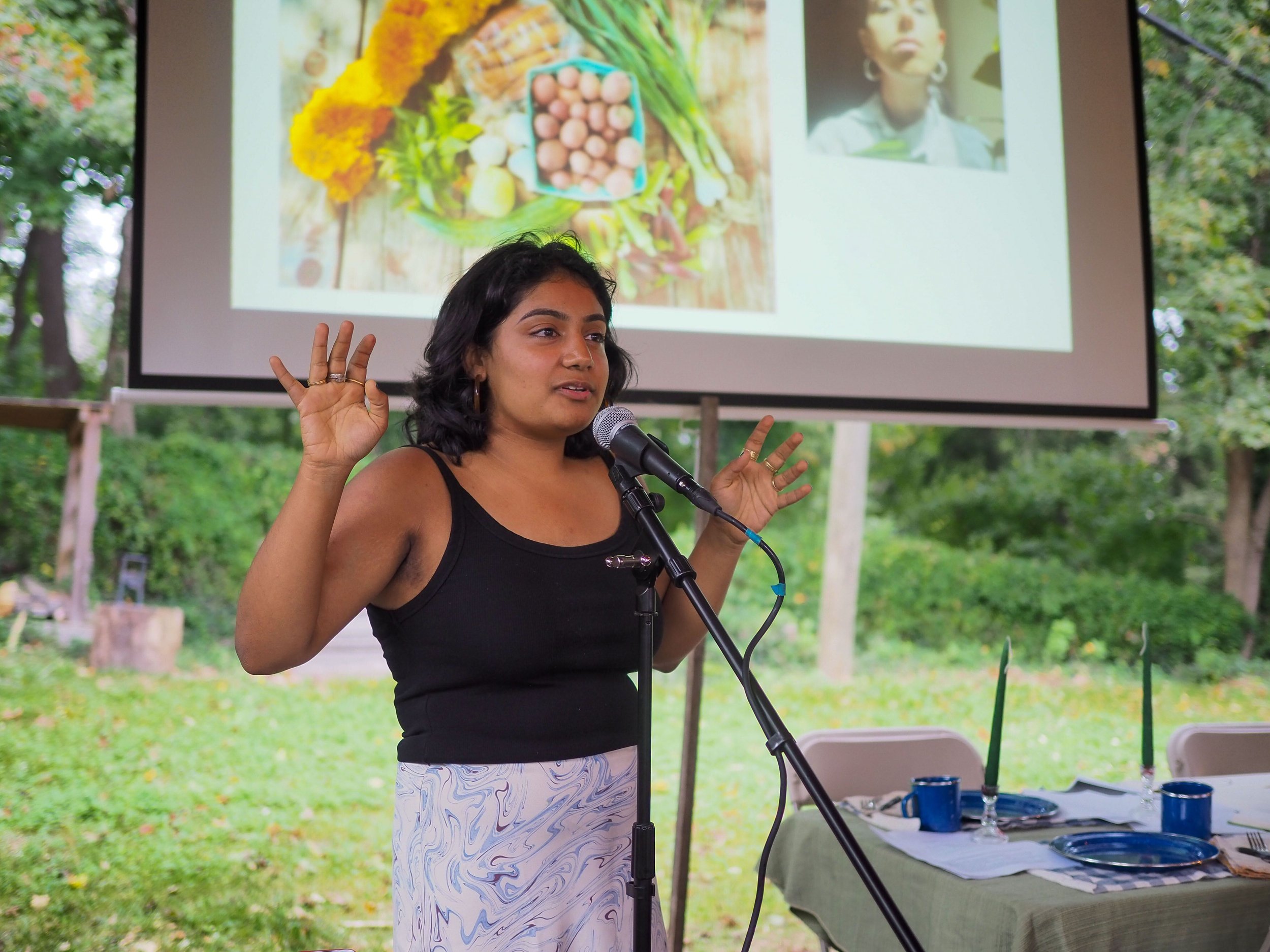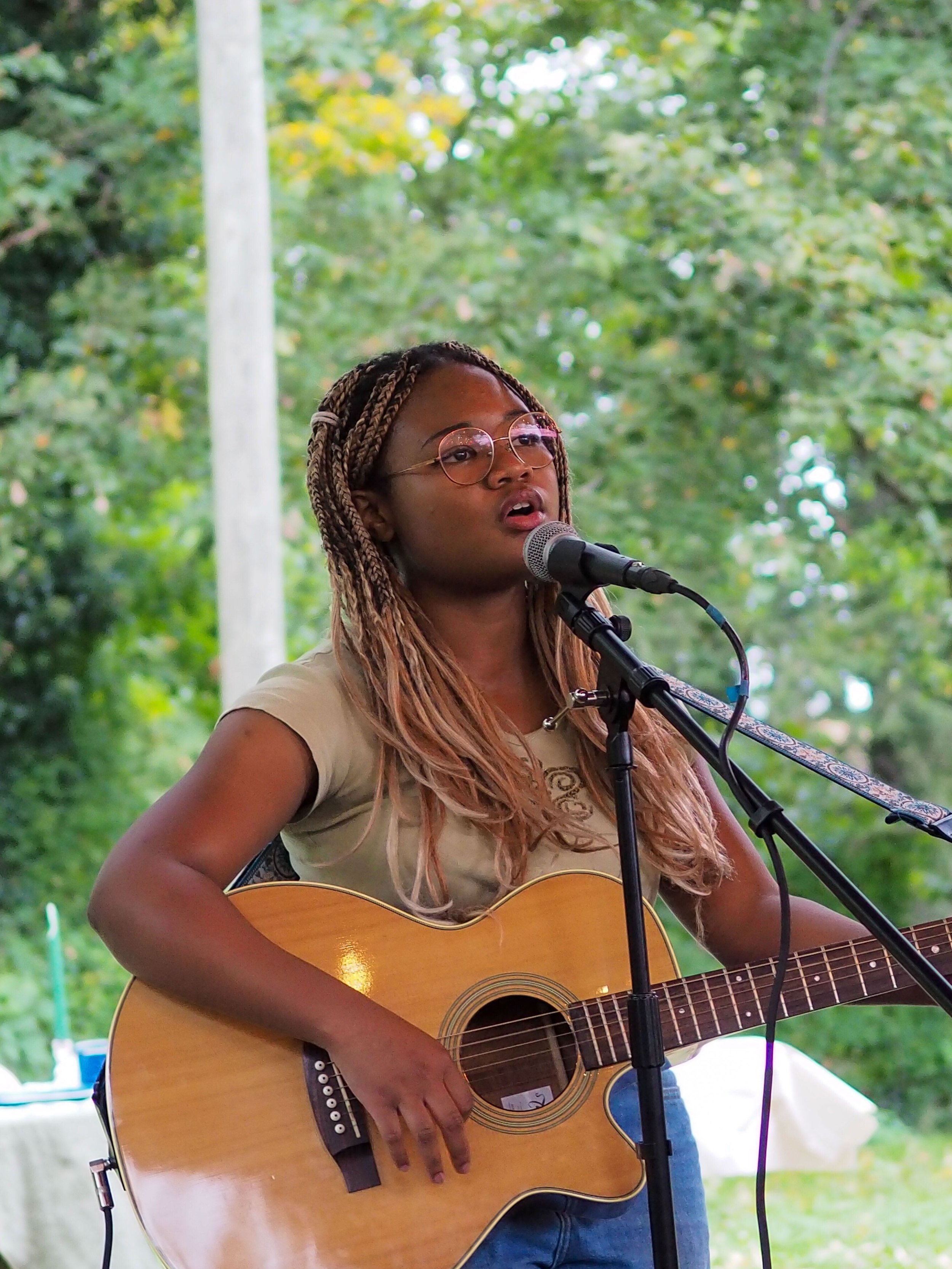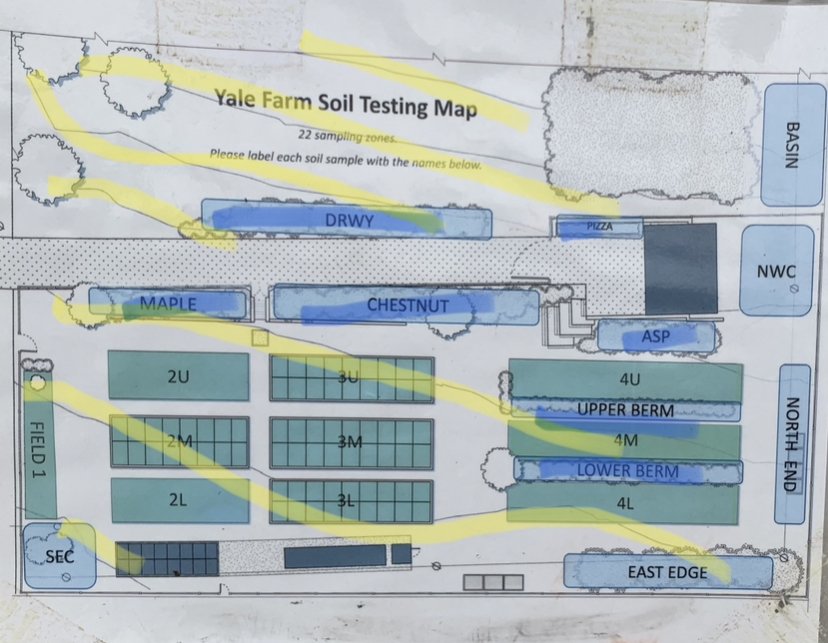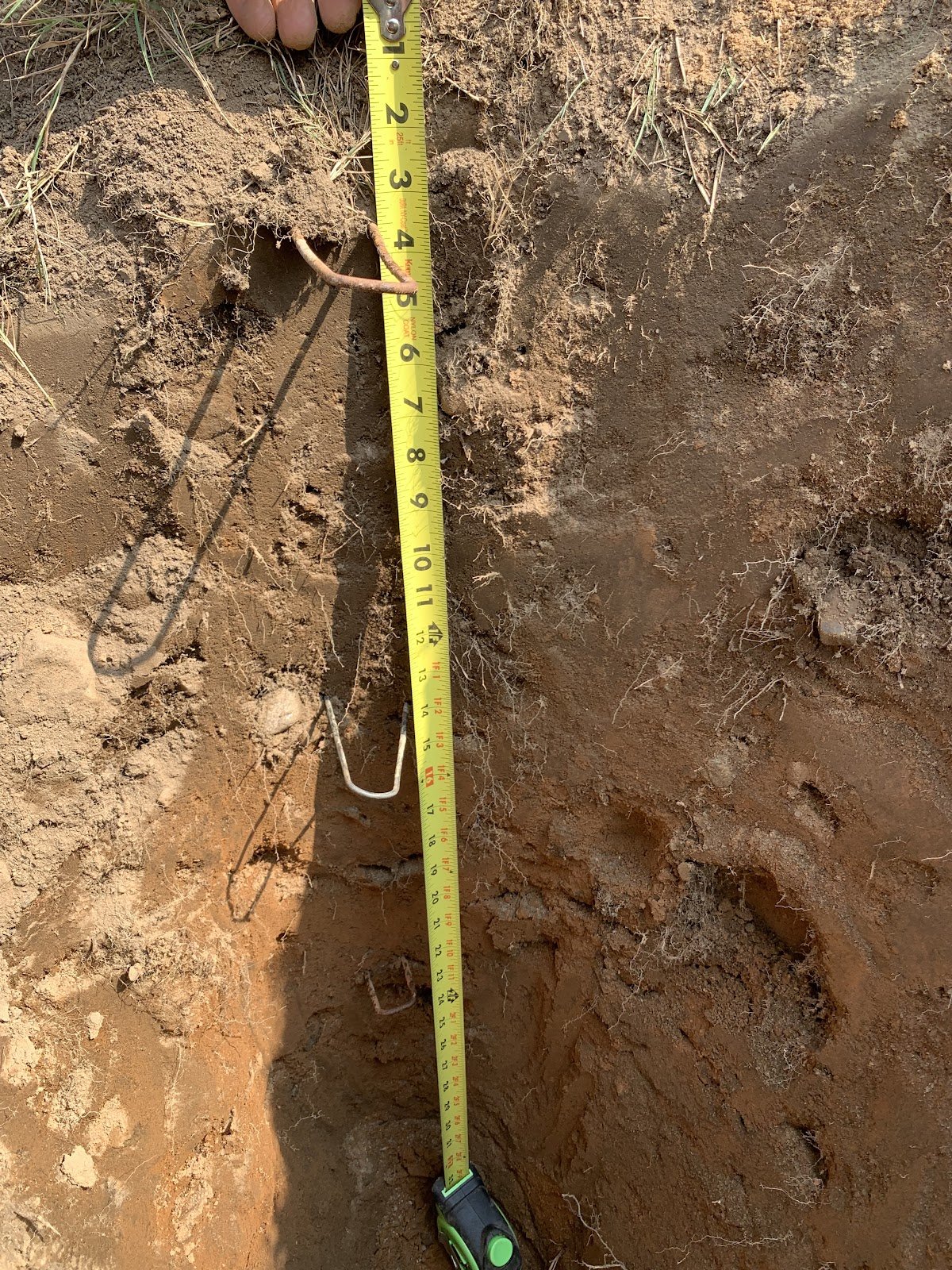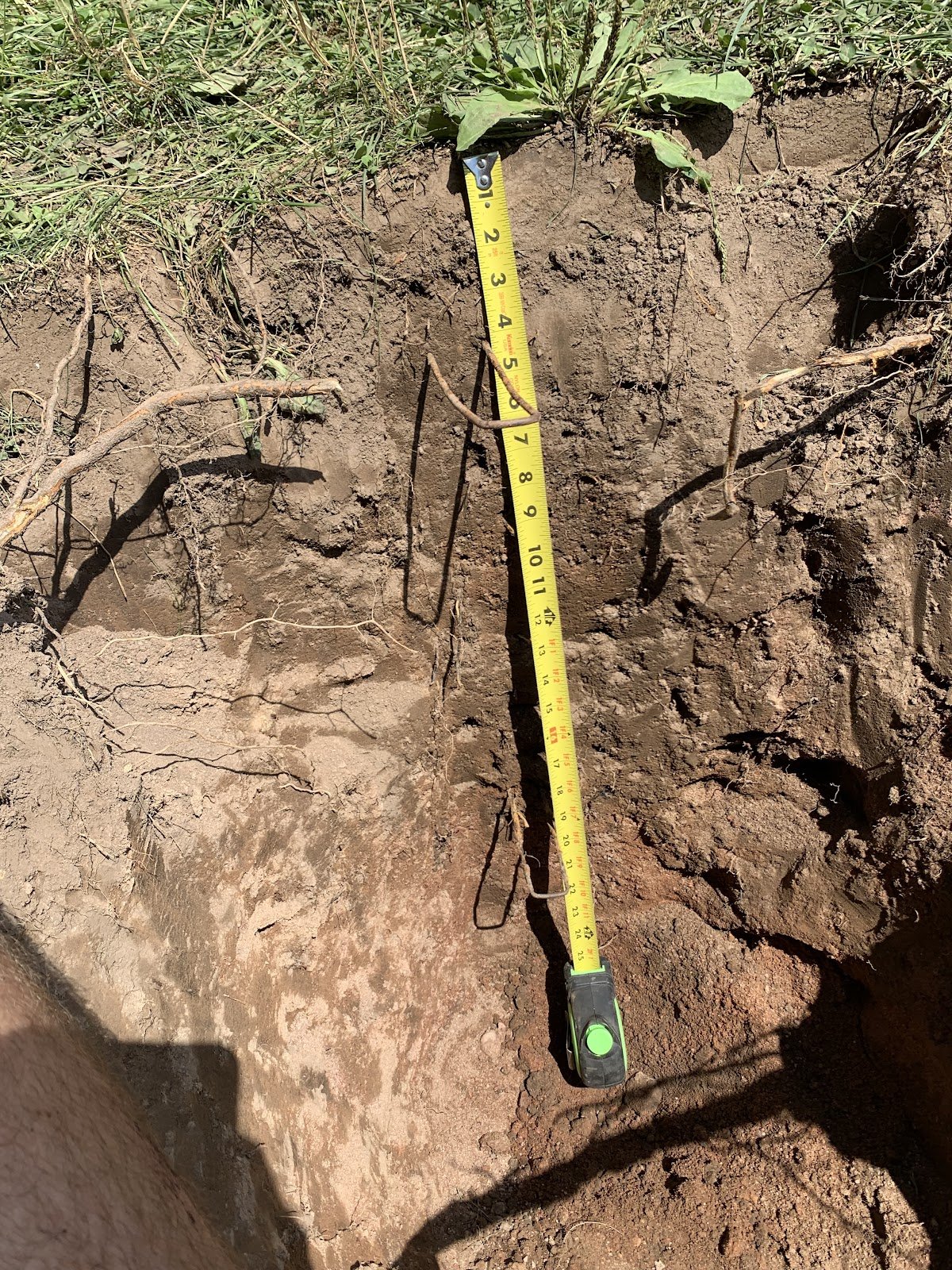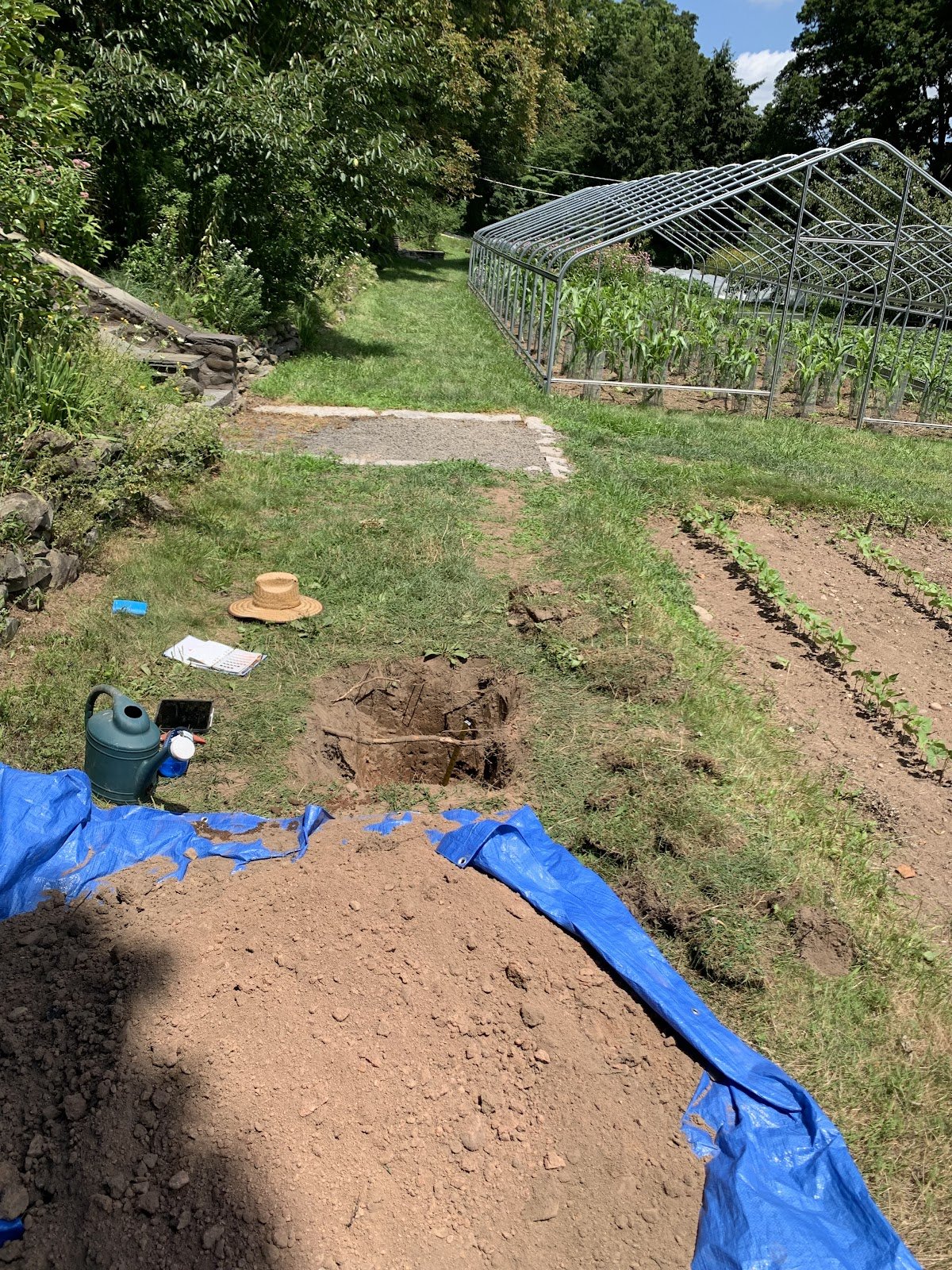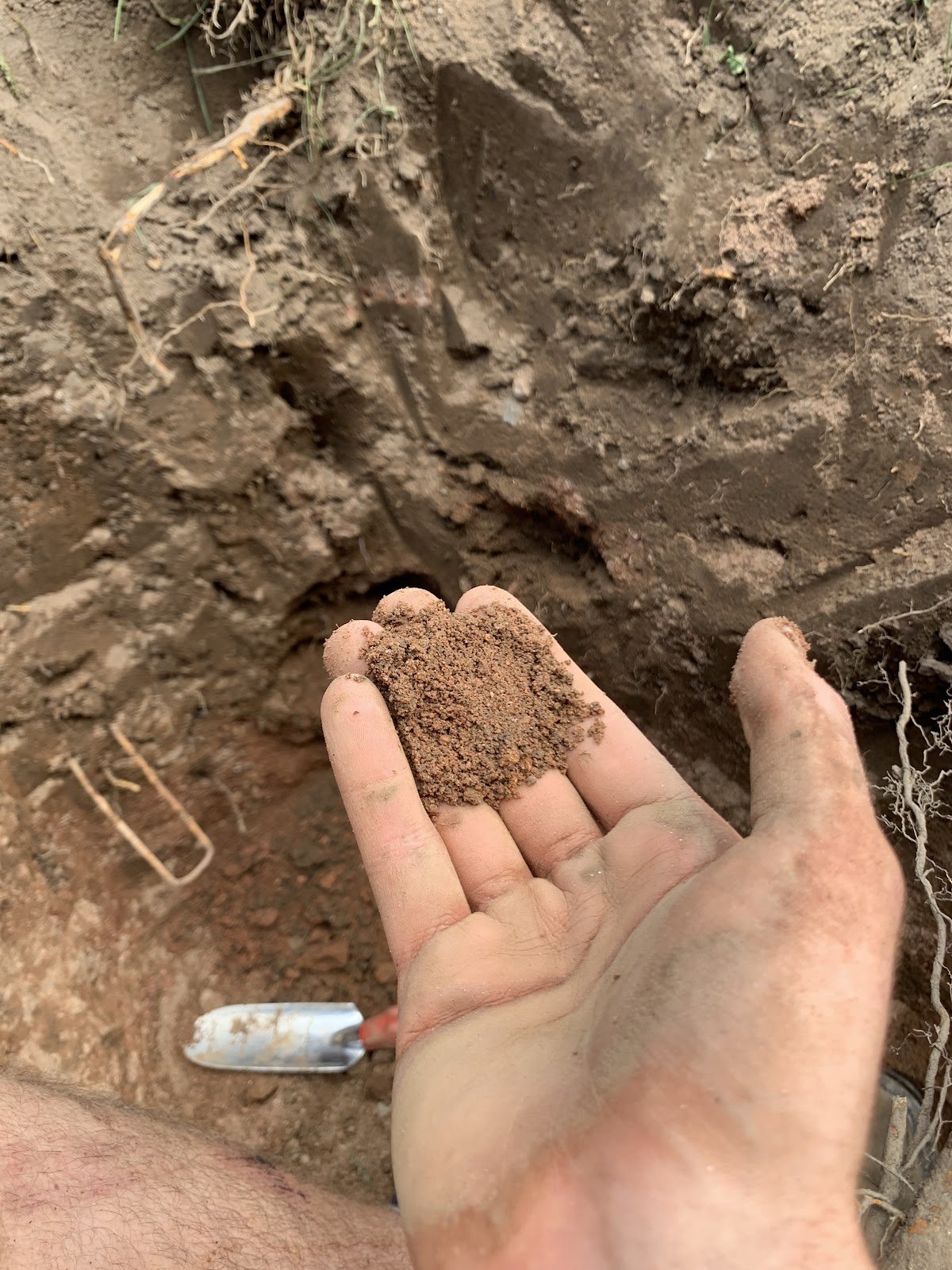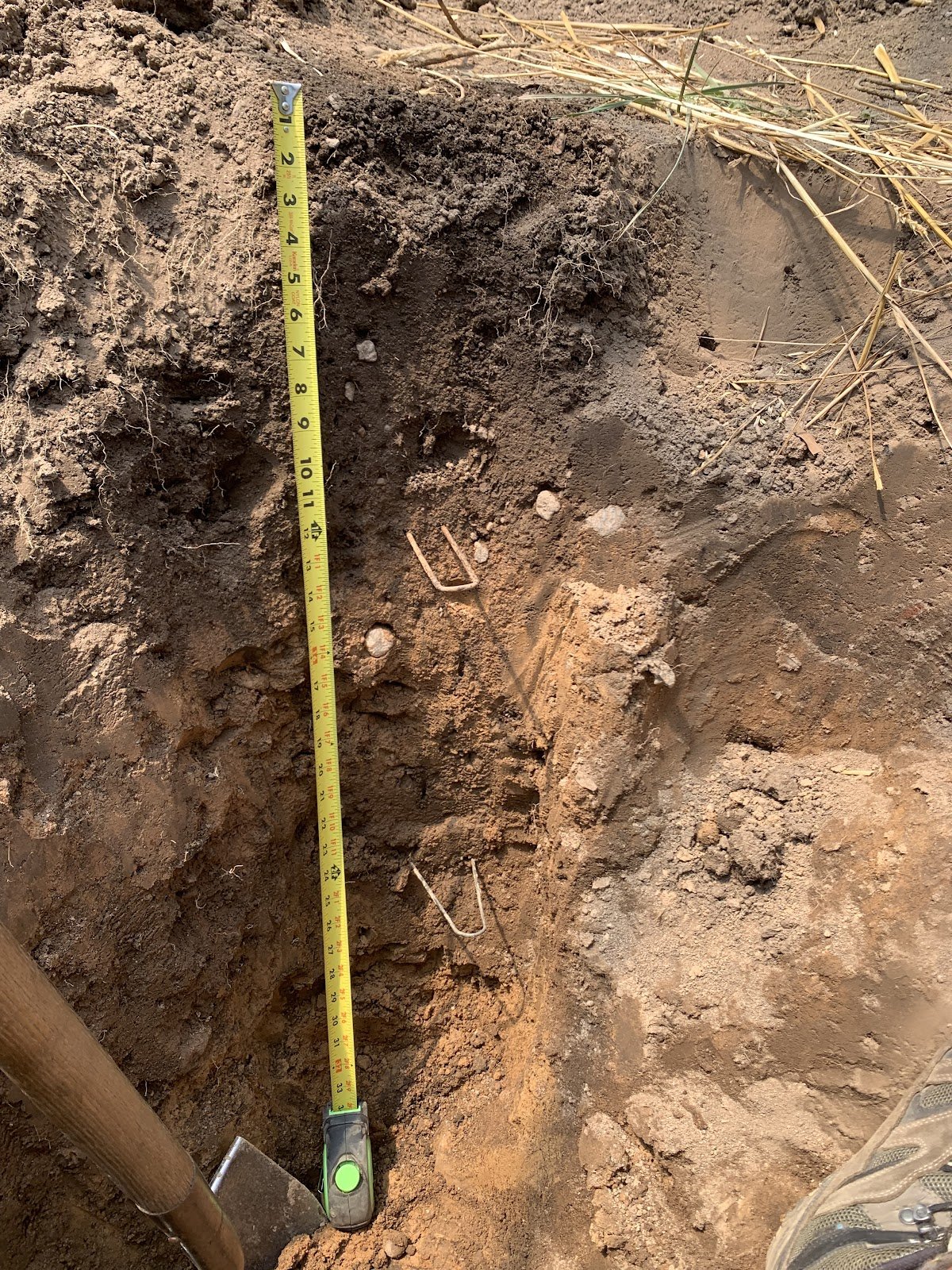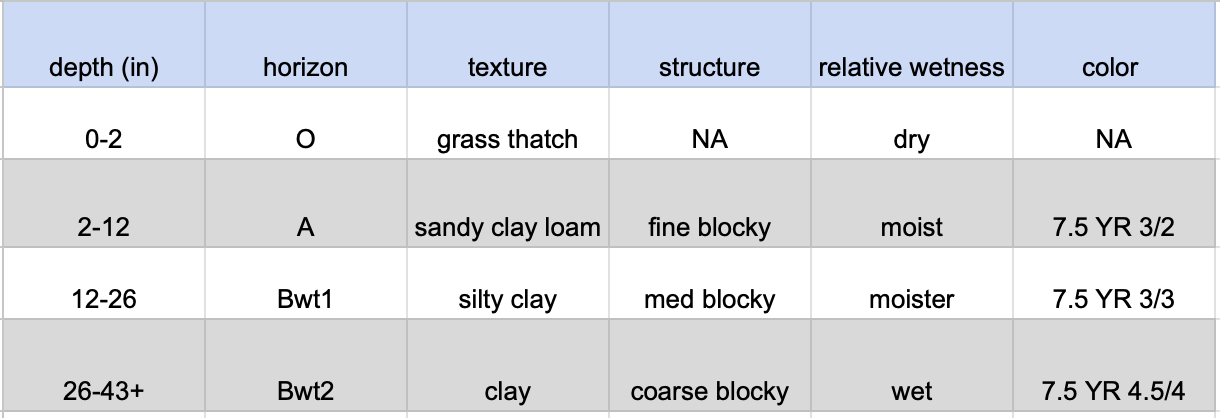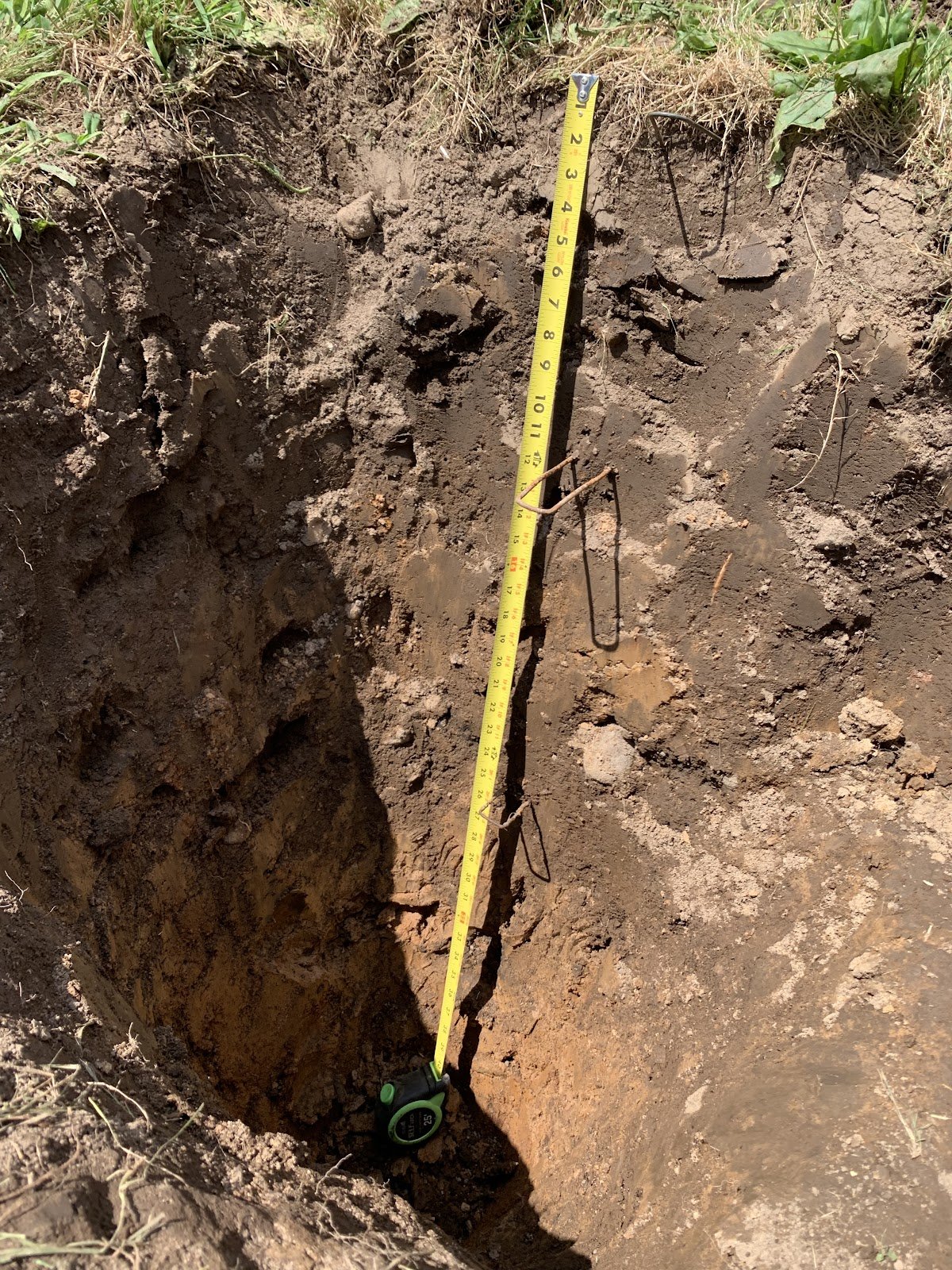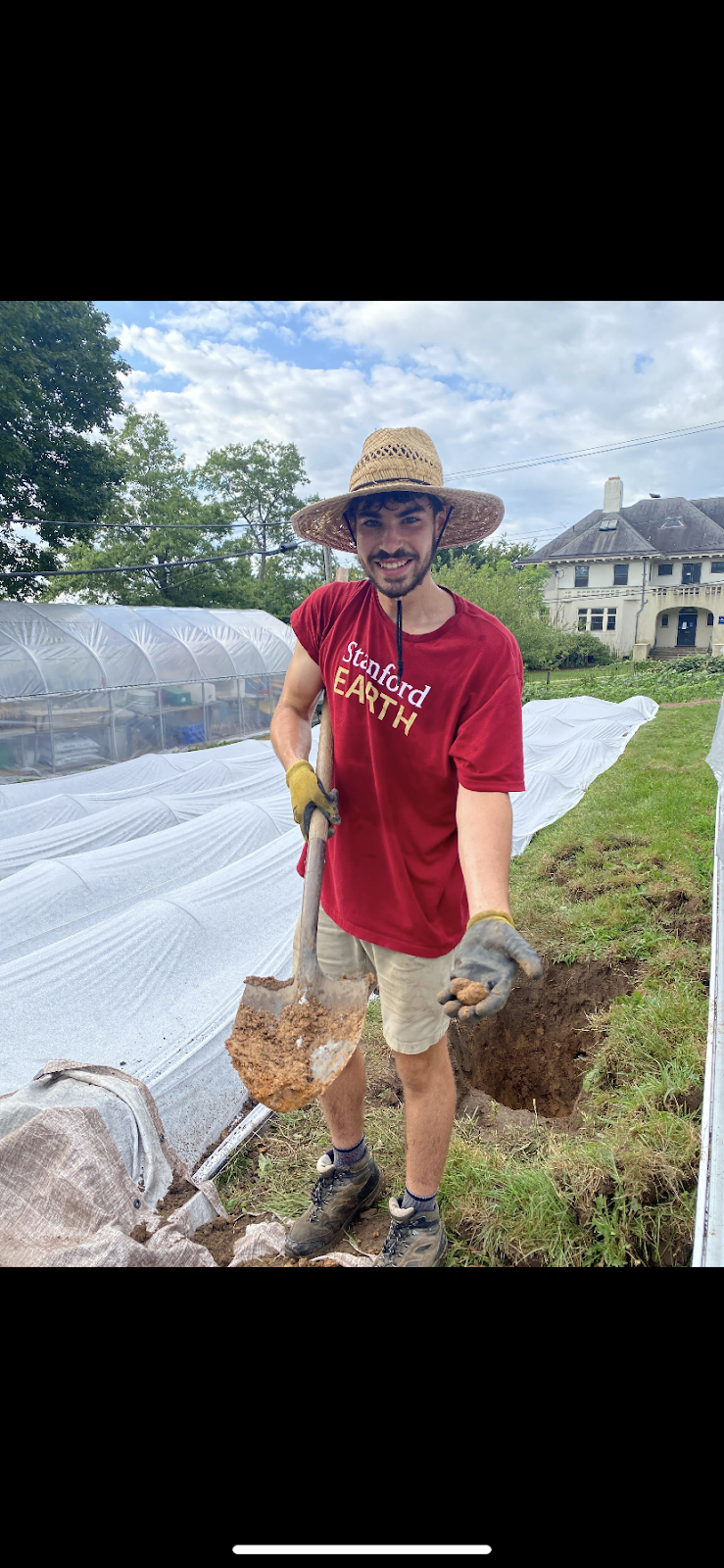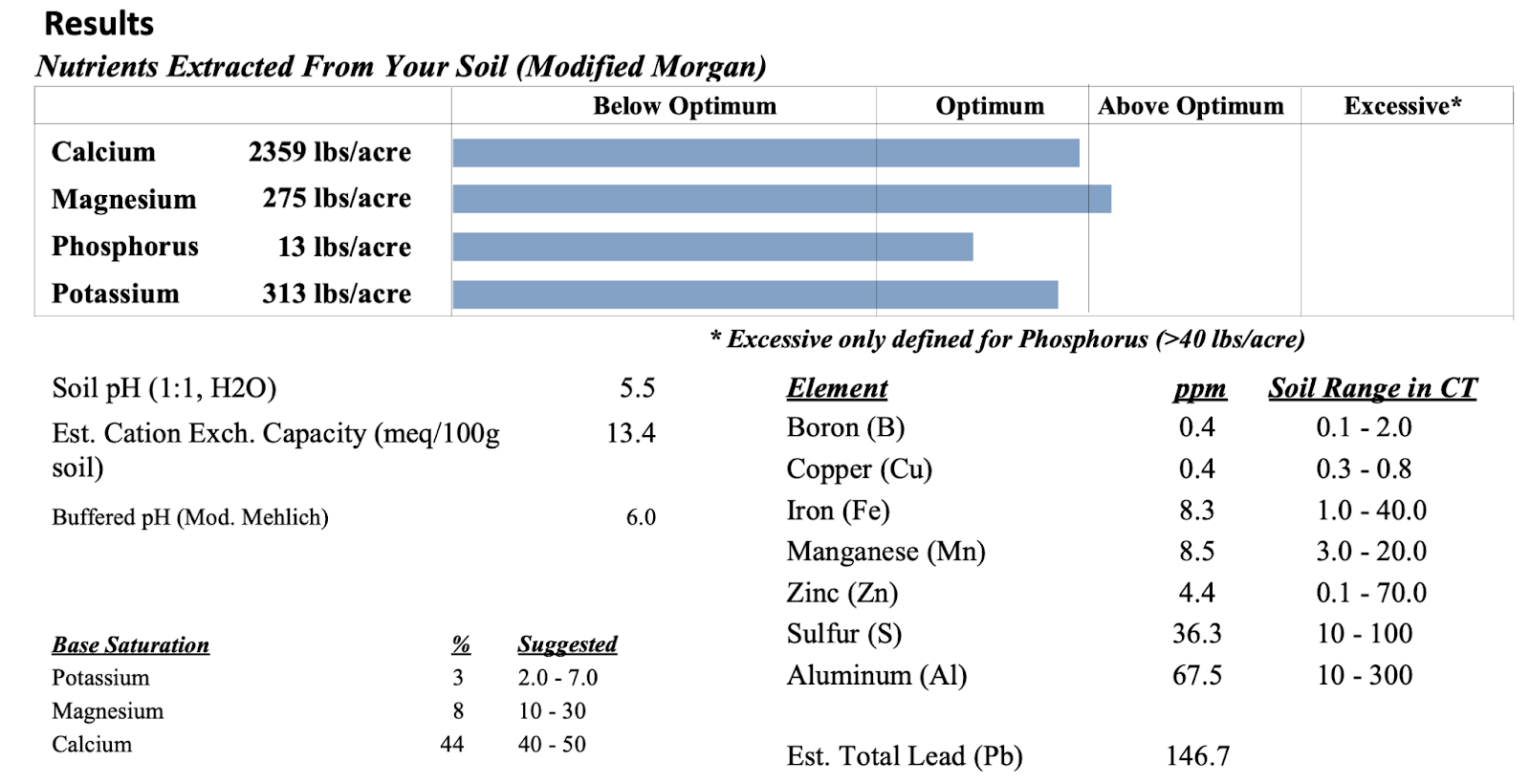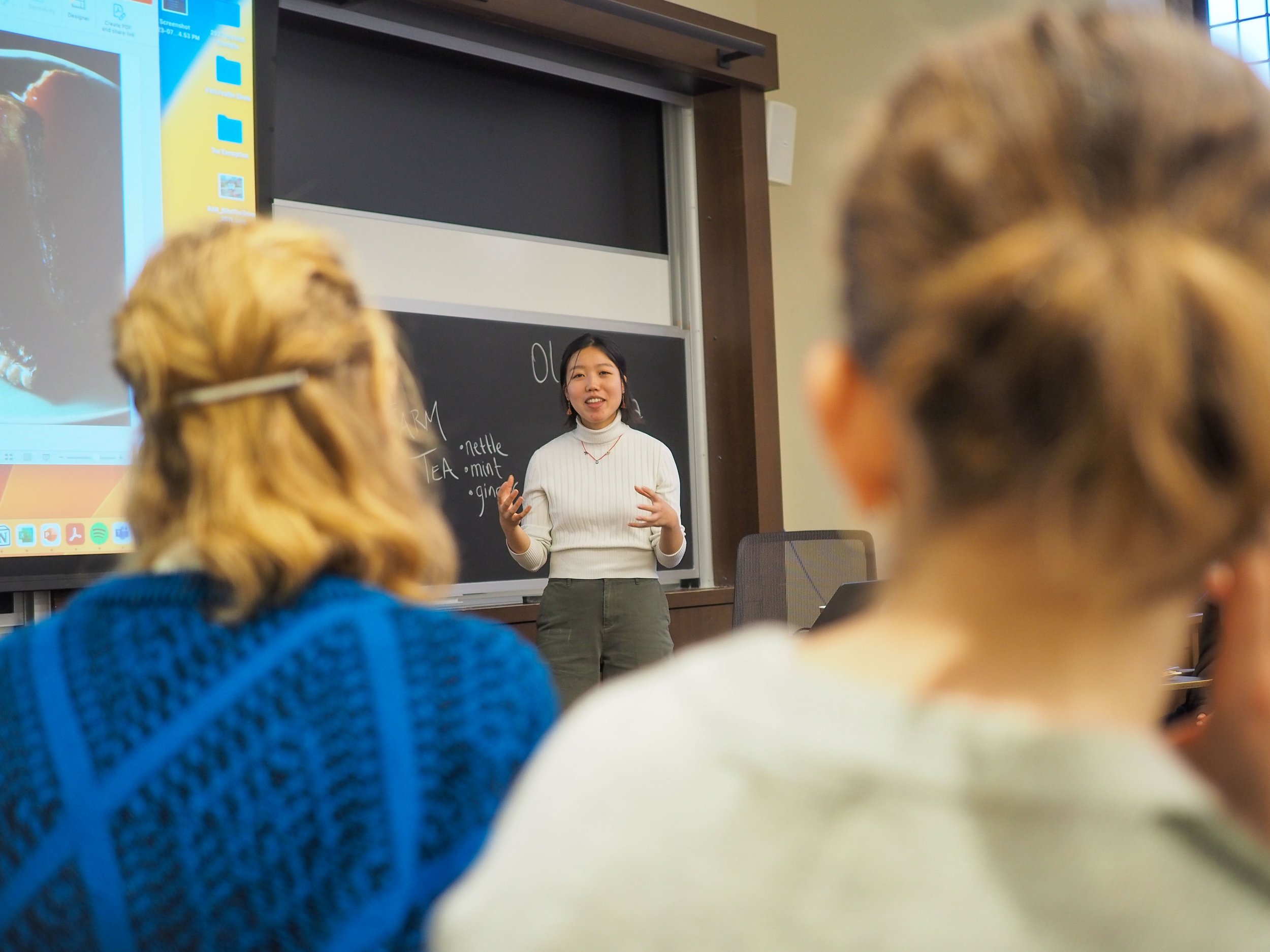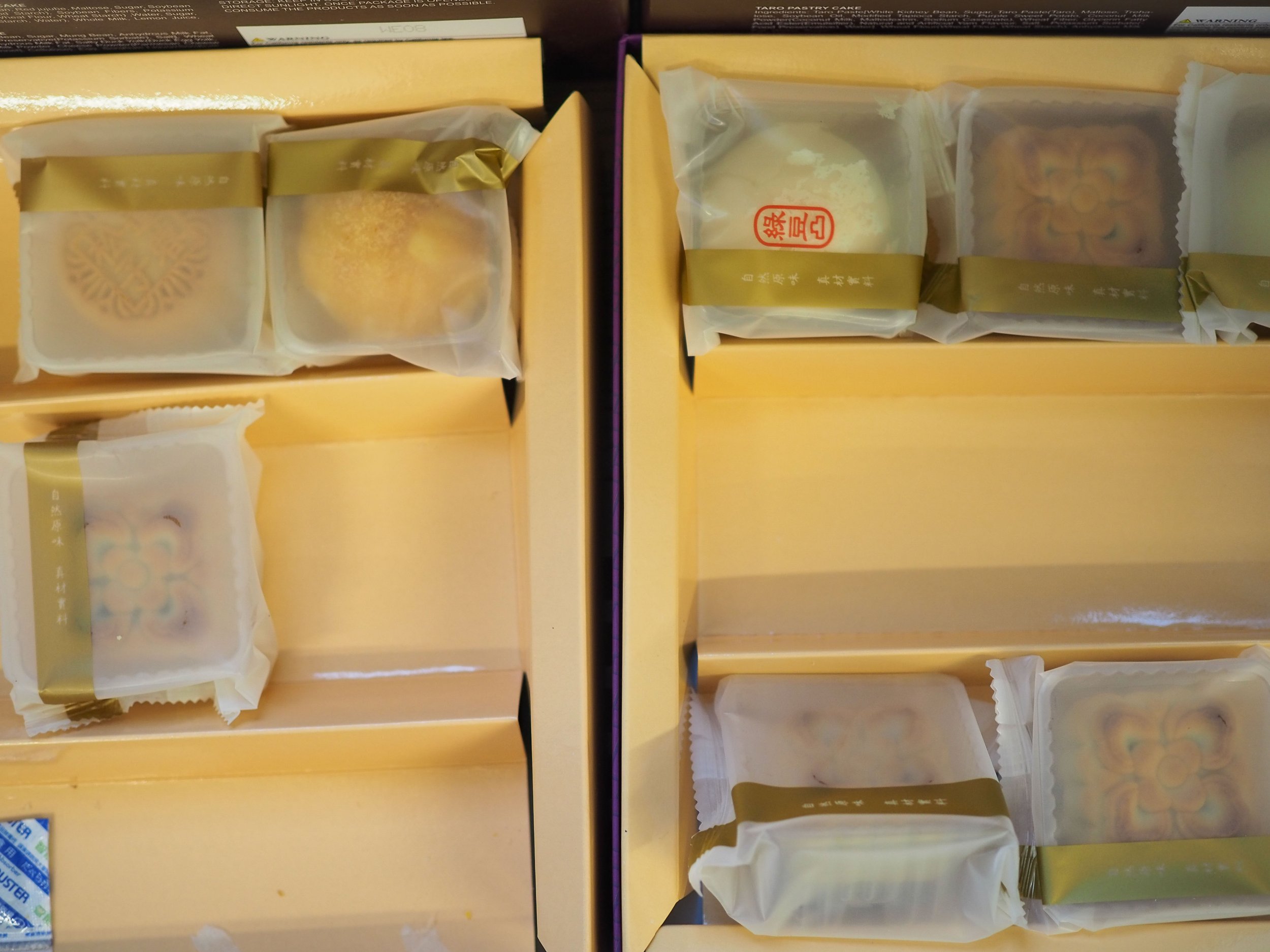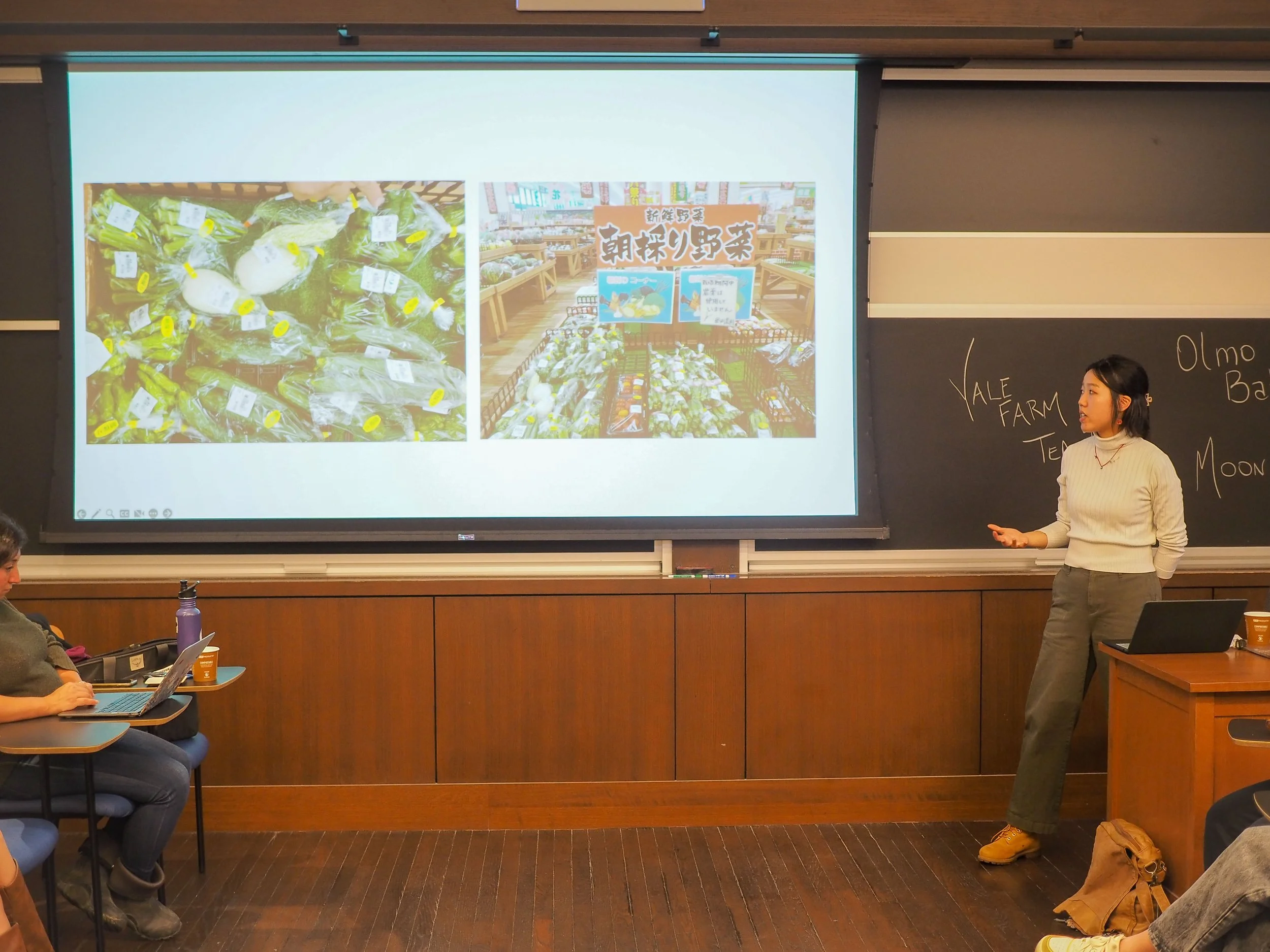Farming is very physical work: plowing the fields, weeding the crops, harvesting and hauling the produce. But agriculture is also a matter of contracts and leases, bylaws and regulations. The Food and Farm Business Law Clinic at Pace University School of Law is there to help farmers navigate all the policies and paperwork that determine what they can plant, where they can plant it, and what they can do with their crops. In this interview, Camden Smithtro ’22, program coordinator of the clinic and a YSFP alum, explains the fascinating intersections between agriculture and law, from land use restrictions to intellectual property concerns.
This conversation is part of a Voices series about the exciting work YSFP alumni are doing in the worlds of food and agriculture. The transcript has been edited lightly for length and clarity.
What is the Food and Farm Business Law Clinic? What do you do as program coordinator?
A legal clinic is a program that's based at a law school, and it’s designed to provide experiential learning for law students. It gives students experience working with real clients, and it allows clients to access pro bono legal services. Our clinic is designed for farmers, food businesses and associated nonprofits.
We do transactional work, as opposed to litigation or administrative proceedings. That includes designing contracts, helping people sell a business or start a new business, reviewing and writing leases. We have a couple of succession cases where a family needs to figure out the logistics of passing their farm to the next generation. We have food businesses who are trying to purchase the intellectual property and equipment from a different business. We have a lot of producer co-ops and one consumer co-op. And we have a lot of nonprofits that started out being fiscally sponsored by another nonprofit, and they want to create their own nonprofit, which requires you to create bylaws and apply for tax exemptions. There’s a lot of paperwork involved.
Our clinic was started in 2017, and a couple of years ago we hired the first staff attorney. I do all the grant management and grant reporting. I’m in charge of the clinic’s budget. I write up reports on what the clinic has done, both for our private donors and for our state reporting. I do all of the client intake interviews, and I designed a survey for clients to fill out rather than cold-emailing us.
Because I’m the first program coordinator, a lot of my work in the first year was creating systems to streamline things and move things out of my bosses’ heads and onto paper. I set up a lot of databases to keep track of clients and to determine what information we want to maintain about cases and the partners that we work with. We have a lot of partner organizations in the state of New York, like Glynwood (where YSFP alumna Kate Anstreicher works) and the New York State Agricultural Mediation Program (NYSAMP). I’m the point person for a lot of our interactions with those organizations. We do a lot of client referrals to them and vice-versa. I’ve also been in charge of a new program called the New York Farm Transition Advisors Directory, in partnership with American Farmland Trust and NYSAMP, which is a living database we’re creating of different farm business technical service providers.
How do you choose which clients you take?
It’s a combination of the type of work that the attorneys are experienced in — making sure that we are going to be able to provide effective service to our clients — and ensuring that we have a good variety of projects for the students. Each student works in pairs, and they generally have two to three projects they’re working on that semester. We try to make sure that the work the clients propose is manageable over the course of one or two semesters.
Because we’re a pro bono clinic, another consideration is whether the clients meet our need-based or mission-based standards. Our clients’ household income can’t exceed four times the federal poverty level. For a nonprofit, they need to have a mission that it makes sense to support with pro bono work. We also have a lot of returning clients. There’s a couple people whom we’ve been excited to refer to attorneys who are not pro bono, because that means they’ve progressed enough as a business that they require a lawyer on call.
You mentioned food businesses buying intellectual property. I haven’t heard much about IP in the food system — what issues come up there?
Something I’ve seen a couple times is white-label products, where you have a farmer or a food manufacturer who is creating products that they want to sell to other companies so they can market them as their own. We have a couple clients this semester who are working in tandem with a for-profit attorney who’s helping our students learn how to write white-label contracts for an herbalist and a meat vendor.
Another thing that often comes up is trademark law, where businesses need to trademark the name of their business or their product. Other places just protect their name with an LLC or some other sort of business organization, which protects the name as a business entity. That’s a small part of our work, but the bigger fields of law that we deal with — both because of the expertise of our attorneys and the needs of farmers — are definitely leases, land use, and entity formation.
Have there been any specific legal issues or intricacies that you have found to be especially interesting?
I think my biggest takeaway from this job is that law is a lot more complicated than I thought it was. That might be a bit obvious, but it requires so much detail. The things that I've been really excited about have been land use questions. I’ve enjoyed learning about agricultural conservation easements, which is when you own land and an organization pays you to agree that the land will never be used for anything except agriculture. You can’t turn it into a strip mall or build a bunch of houses on it. It’s a really cool tool to protect agricultural land, and a great tool for farmers who have very slim profit margins and benefit from the support of local governments or nonprofits.
I hadn’t realized how much town and country law impacts land use. Having read through some town ordinances about land use, I’ve seen how really particular grudges can lead to policy changes that are enshrined for generations — like, you pissed off this council member, so now you’re not getting your tax break on your farm products, because they’re choosing to not count your crops as agricultural profit. Agritourism is a big example of how difficult it can be to figure out what’s allowed and what’s not. If you’re a farm, do you need special permitting to allow people to take tours of your farm? If you set up a value-added farmstand, is that okay? What about if you sell hot food from that farmstand? Agritourism hasn’t been very well-defined before, so it’s open to a lot of interpretation.
You said you’ve gotten really interested in particularities of the law that you hadn’t expected to find so fascinating. Has this job changed your perspective on what you want to do going forward?
Yes! I went into this job really interested in creating agricultural policy. I have gained a tremendous understanding of the problems that small farmers are facing and the network of nonprofit support that’s available, as well as the ways that there are holes in that network. But I was surprised to find legal work so appealing. You’re trying to create the most elegant solutions to problems, and trying to get as much detail squared away without creating a mess. That style of analytical writing really appeals to me. In the policy sphere, there’s financial work, there’s communications work, there’s managerial work, there’s legal work. I’m starting to lean more towards legal types of work and am planning to apply to law school.
What were your roles at the Farm, and how did they prepare you for the job you have now?
I was involved in pretty much every aspect of the Farm. I started out as a culinary events manager, and then I did the Lazarus Summer Internship, and then I became a communications manager and was also a senior advisor and a Harvest leader. The communications role was most similar to the job I have now and was definitely helpful in finding food systems work after college. I also found a lot of my closest friends during undergrad through the YSFP. Those warm fall days, making pizza with my friends before everyone arrived for the knead 2 know, just chatting and pulling the pizza dough — I really miss that.


